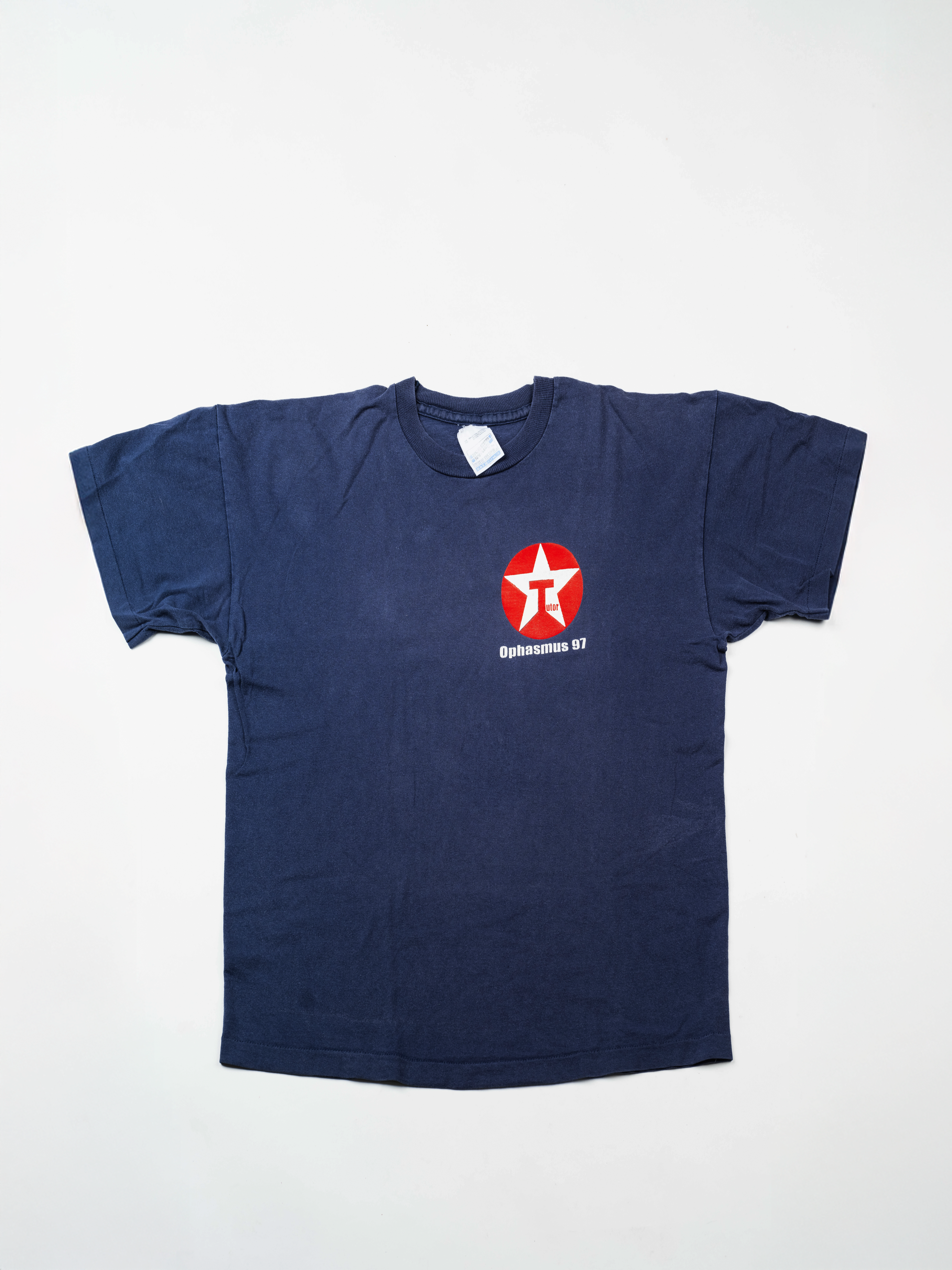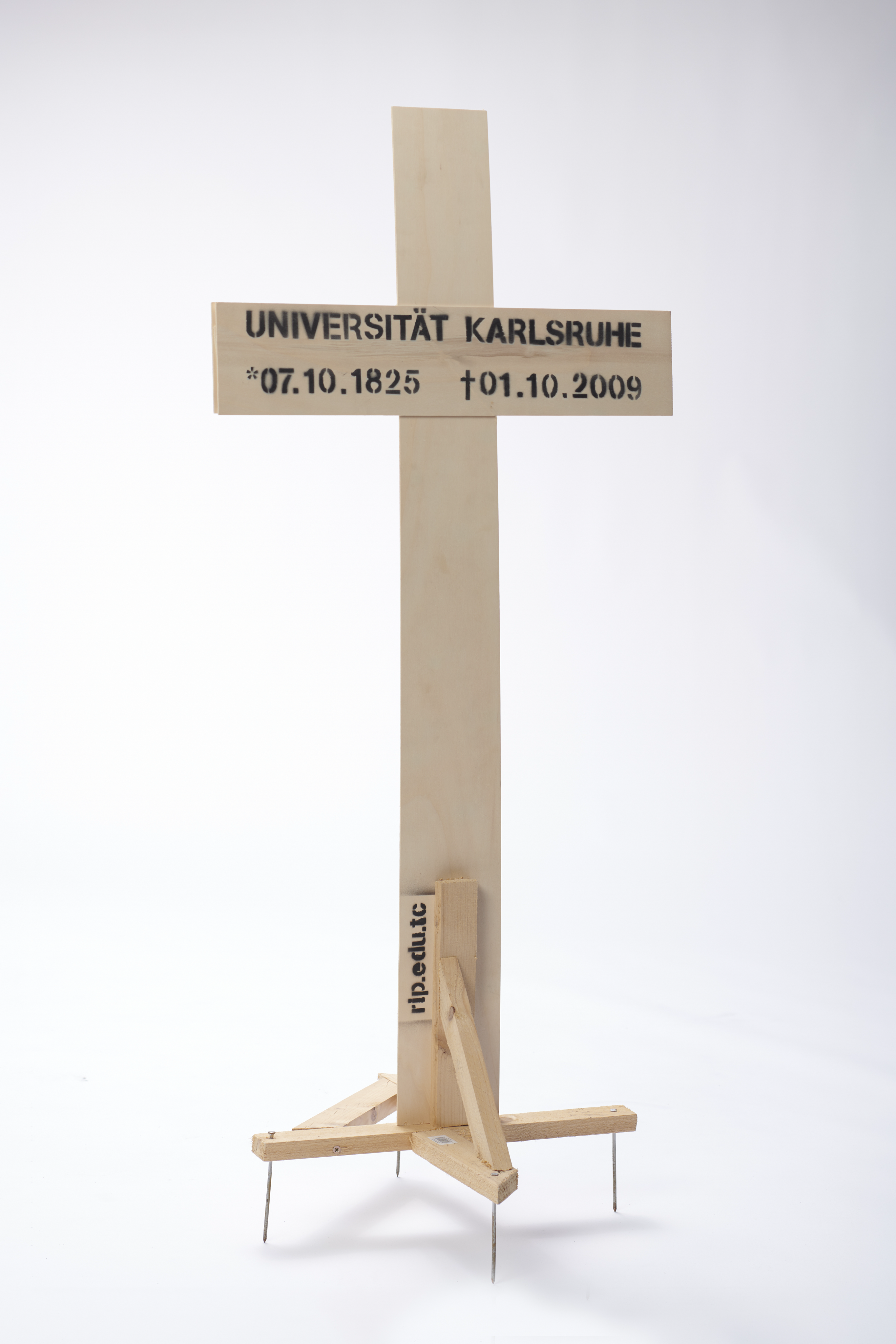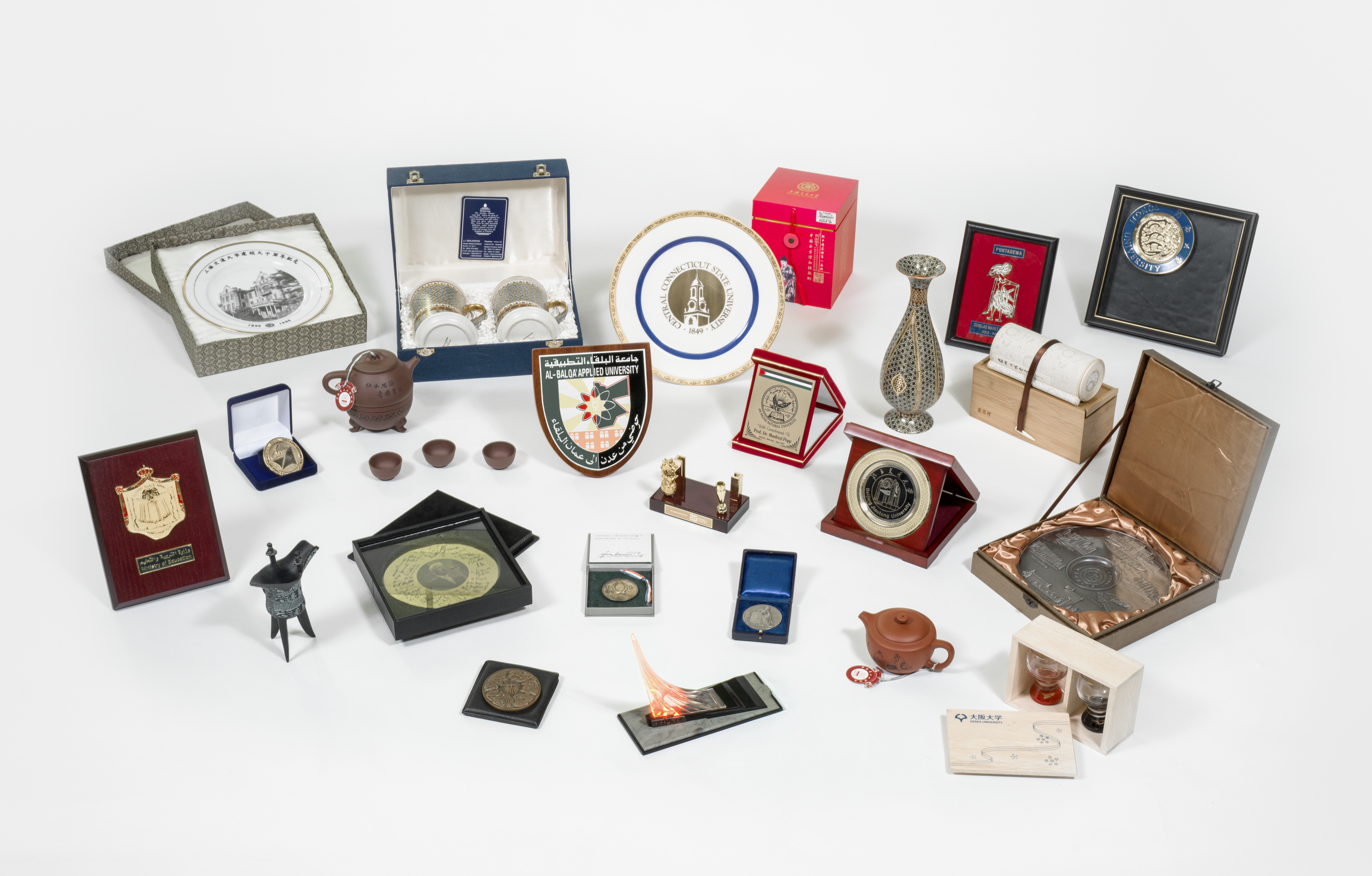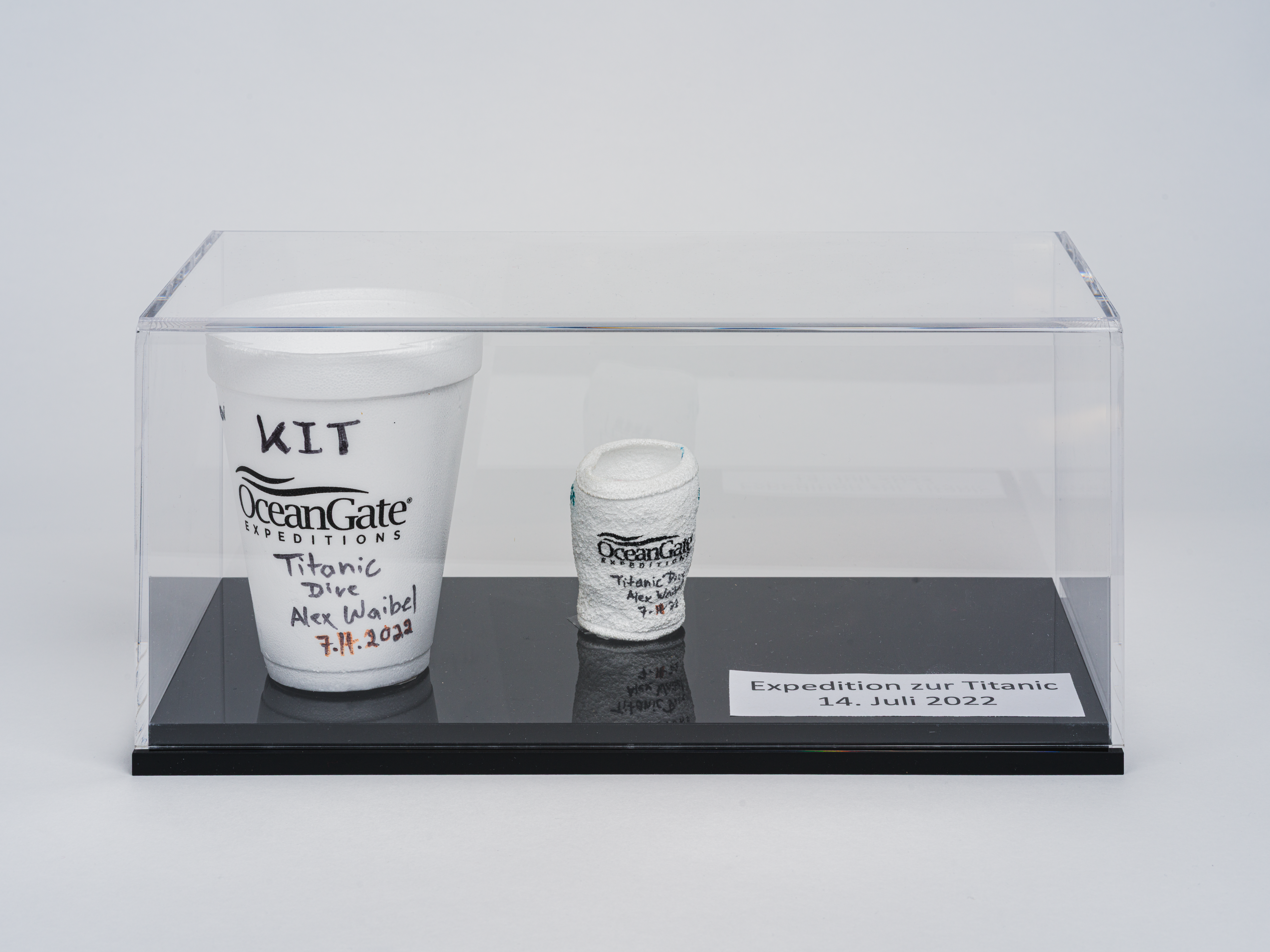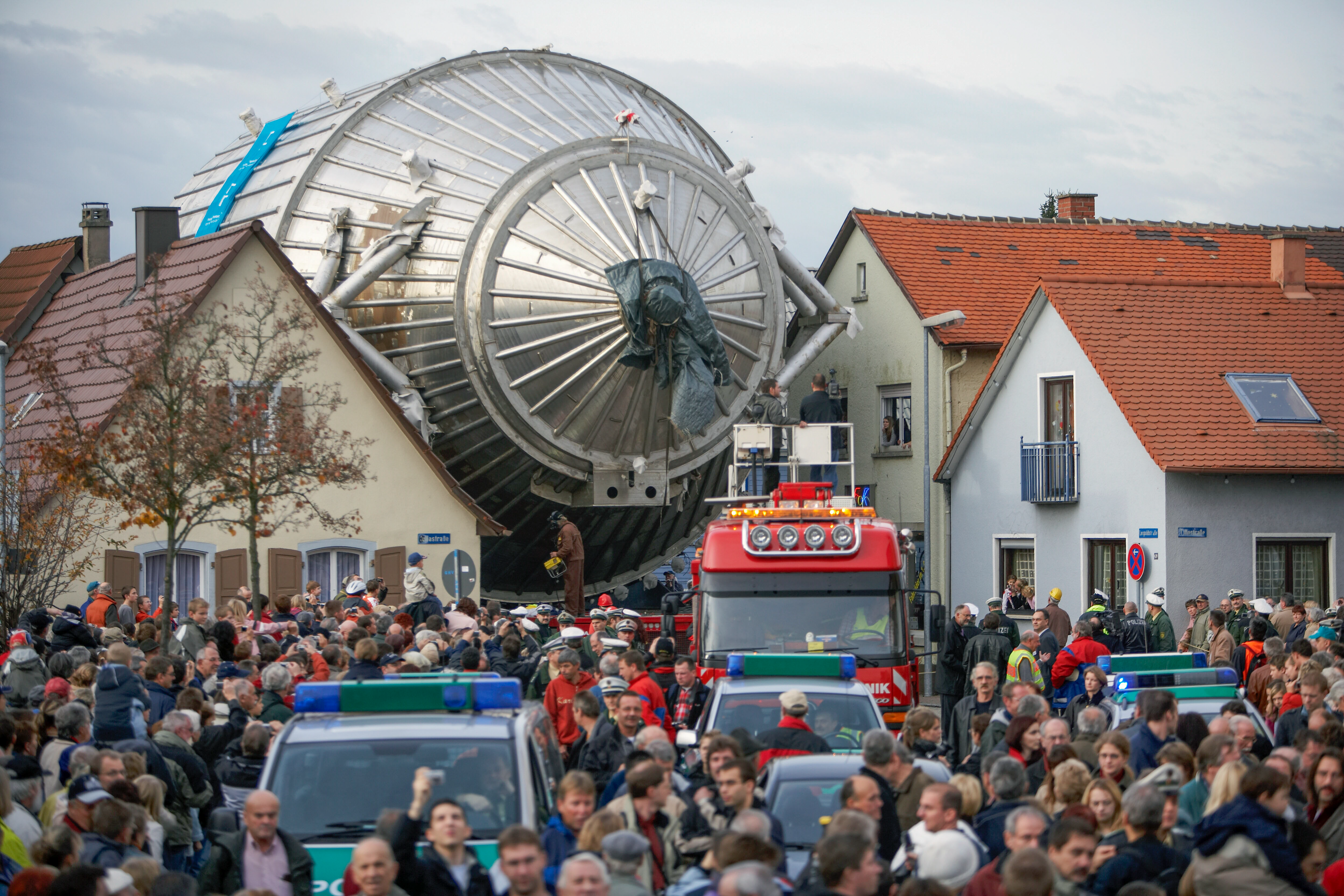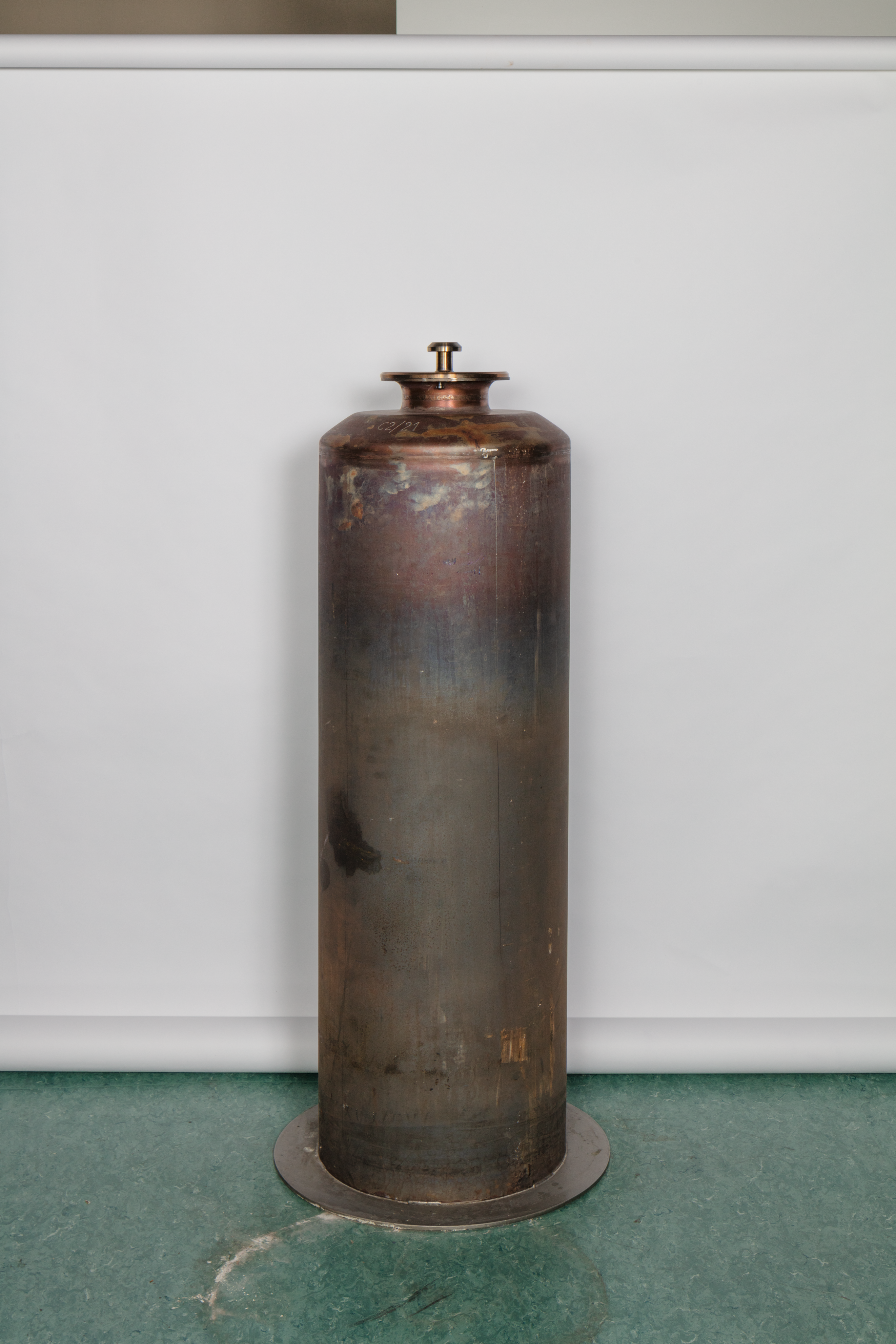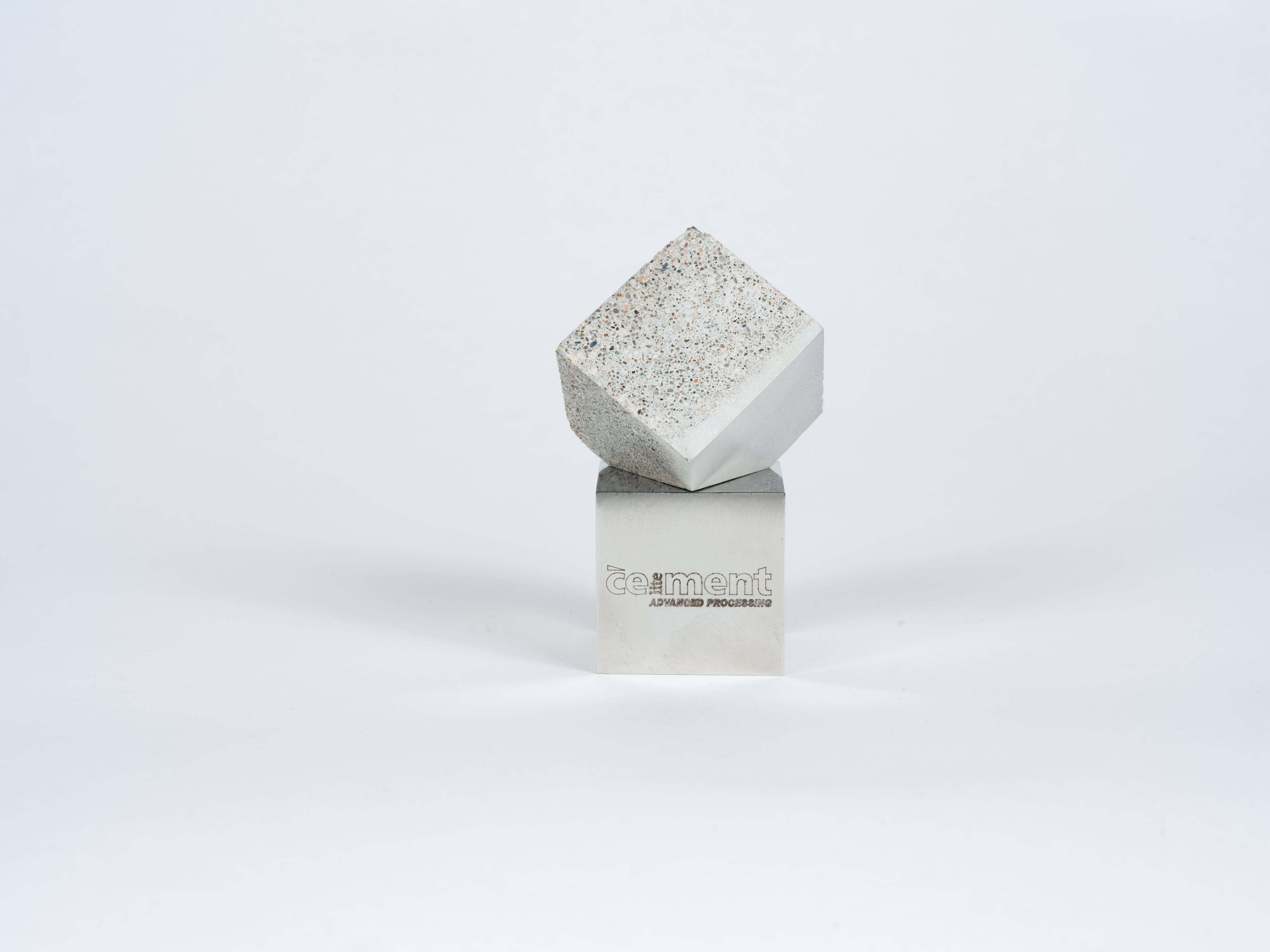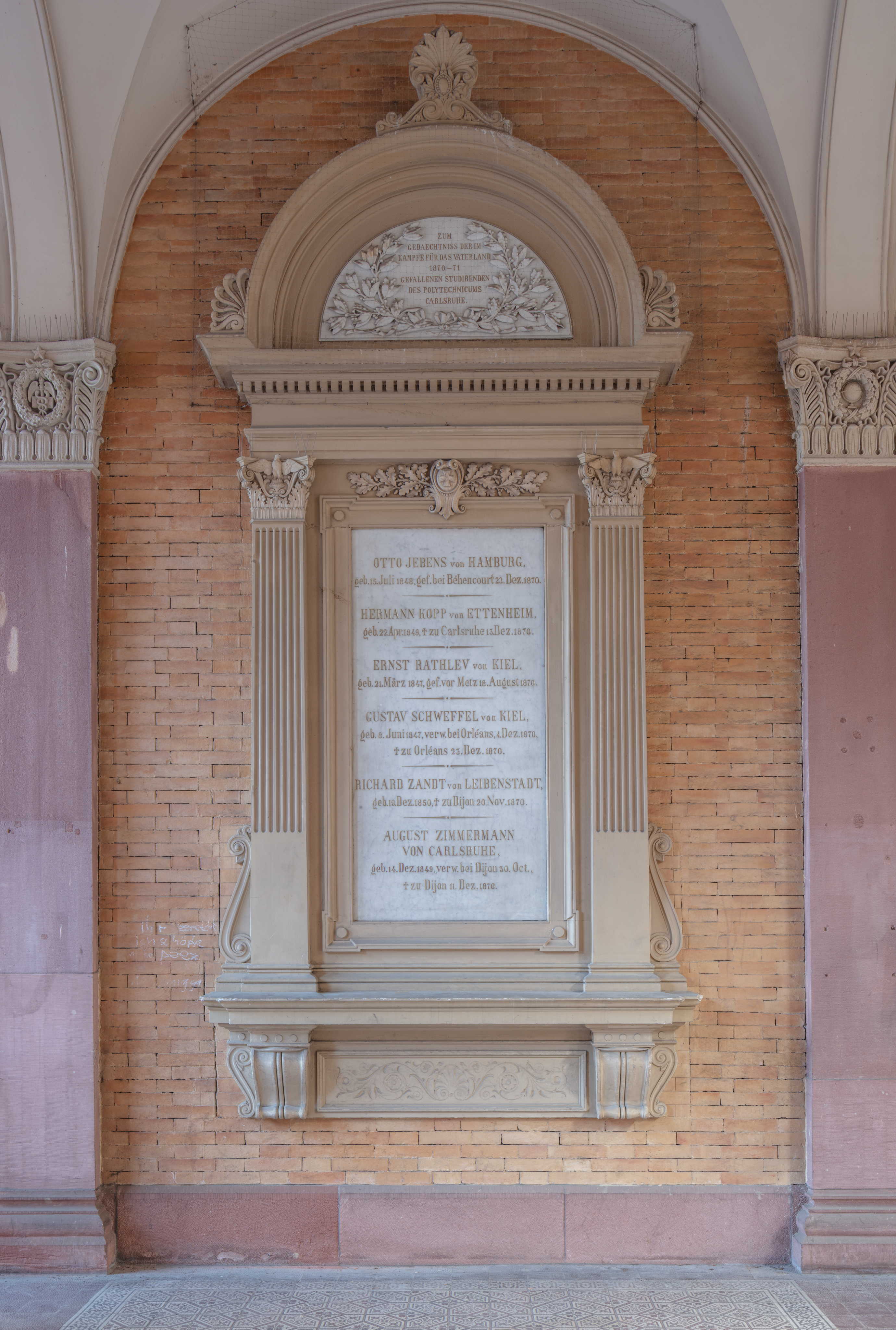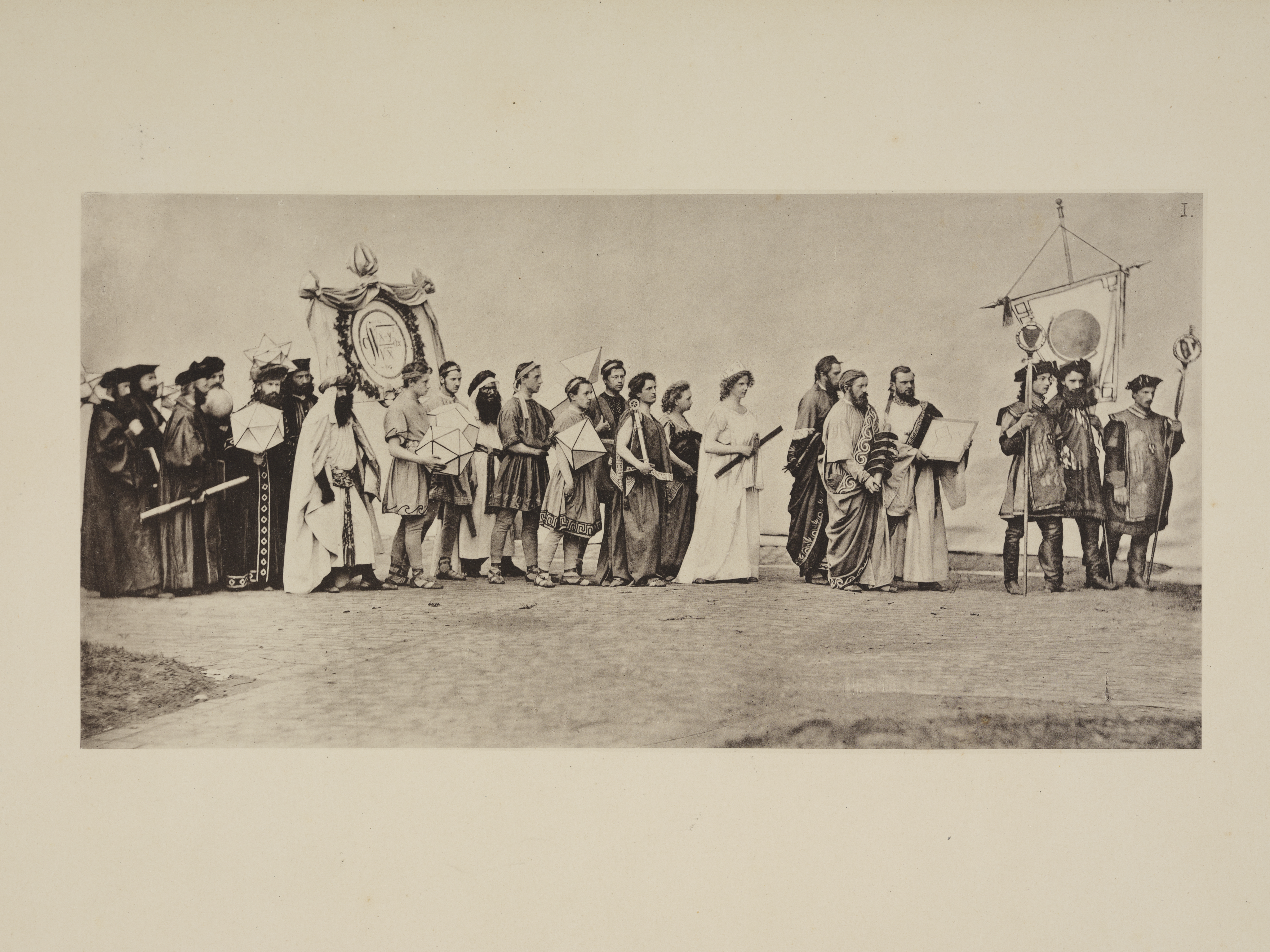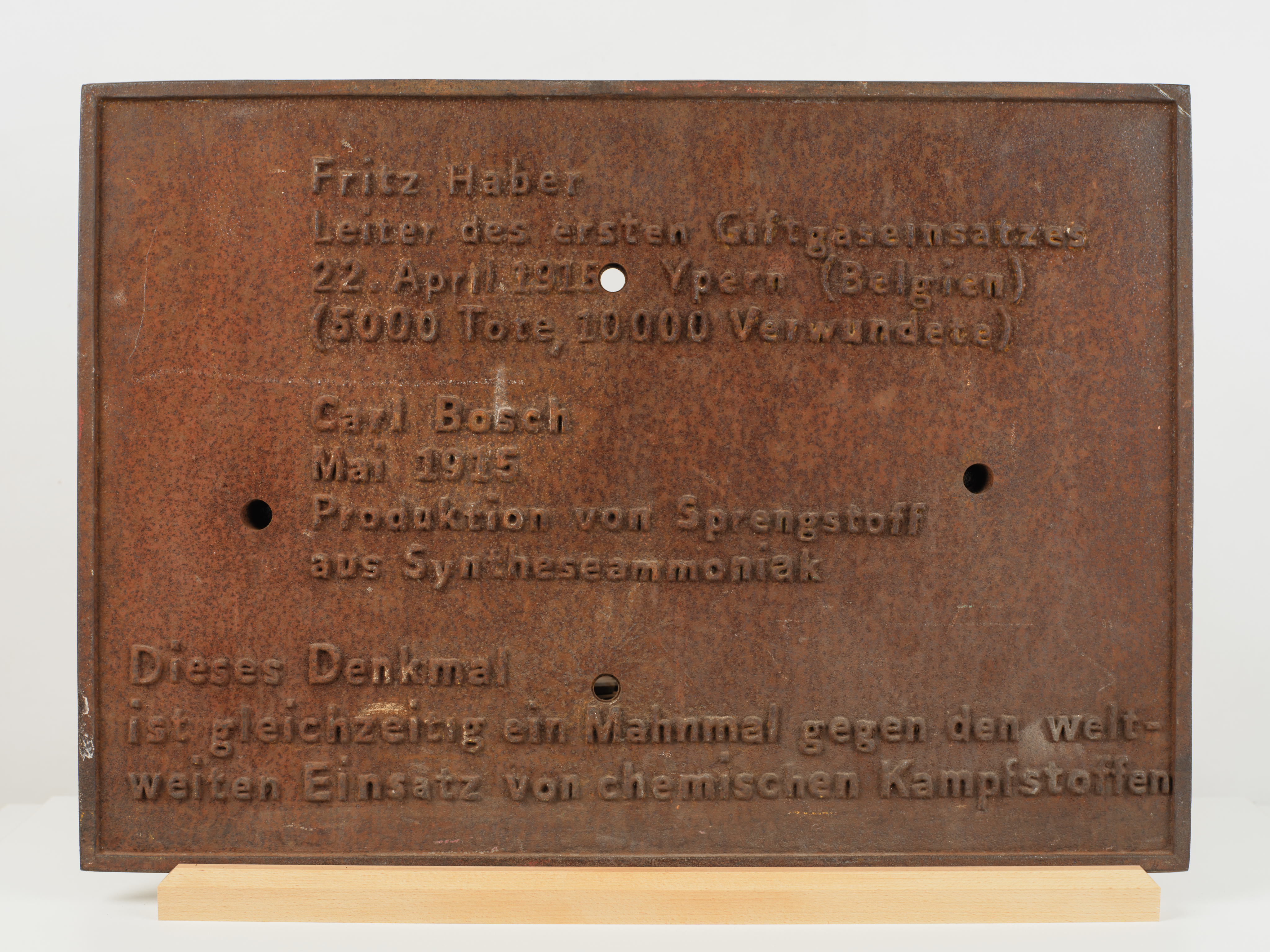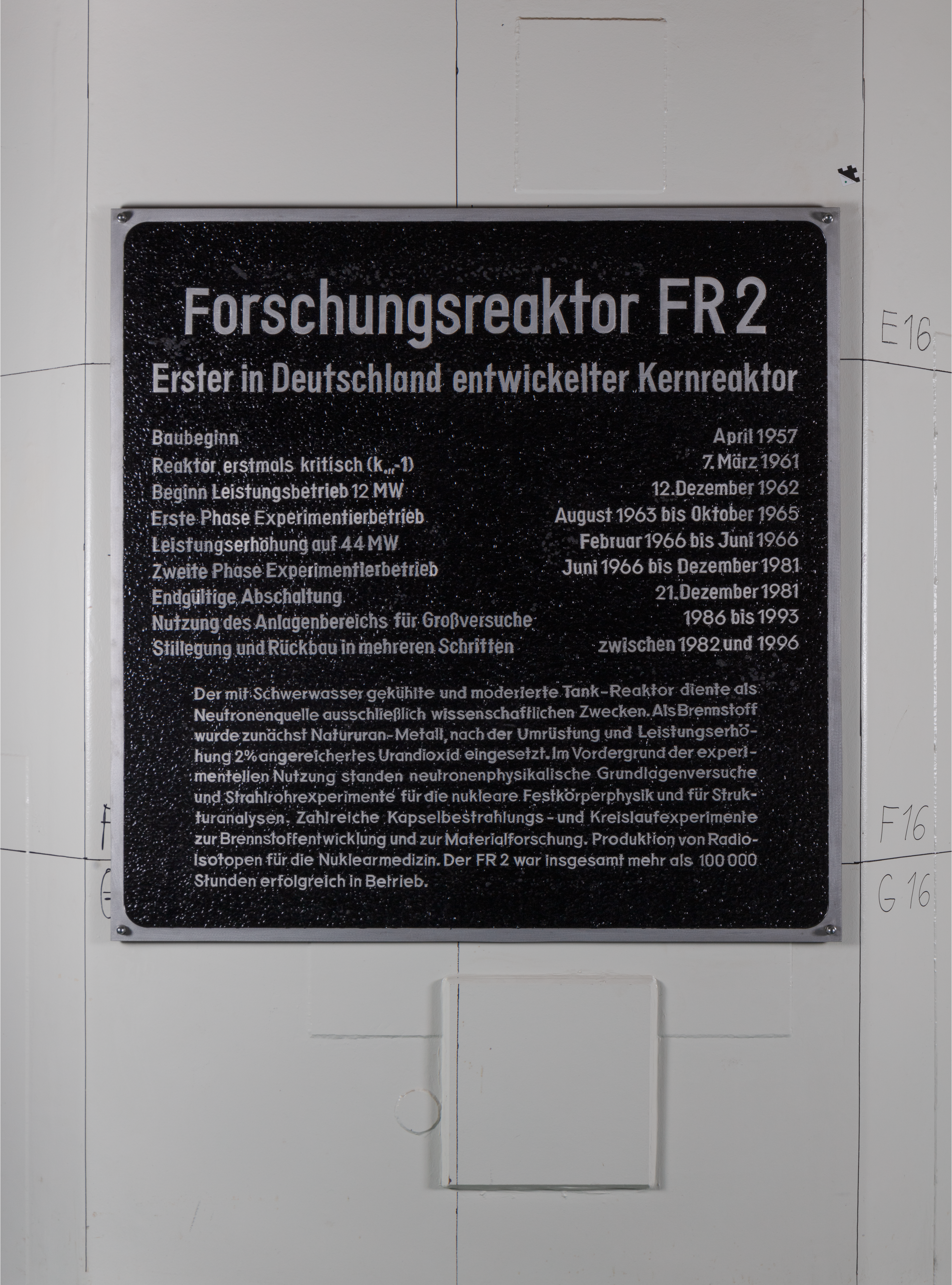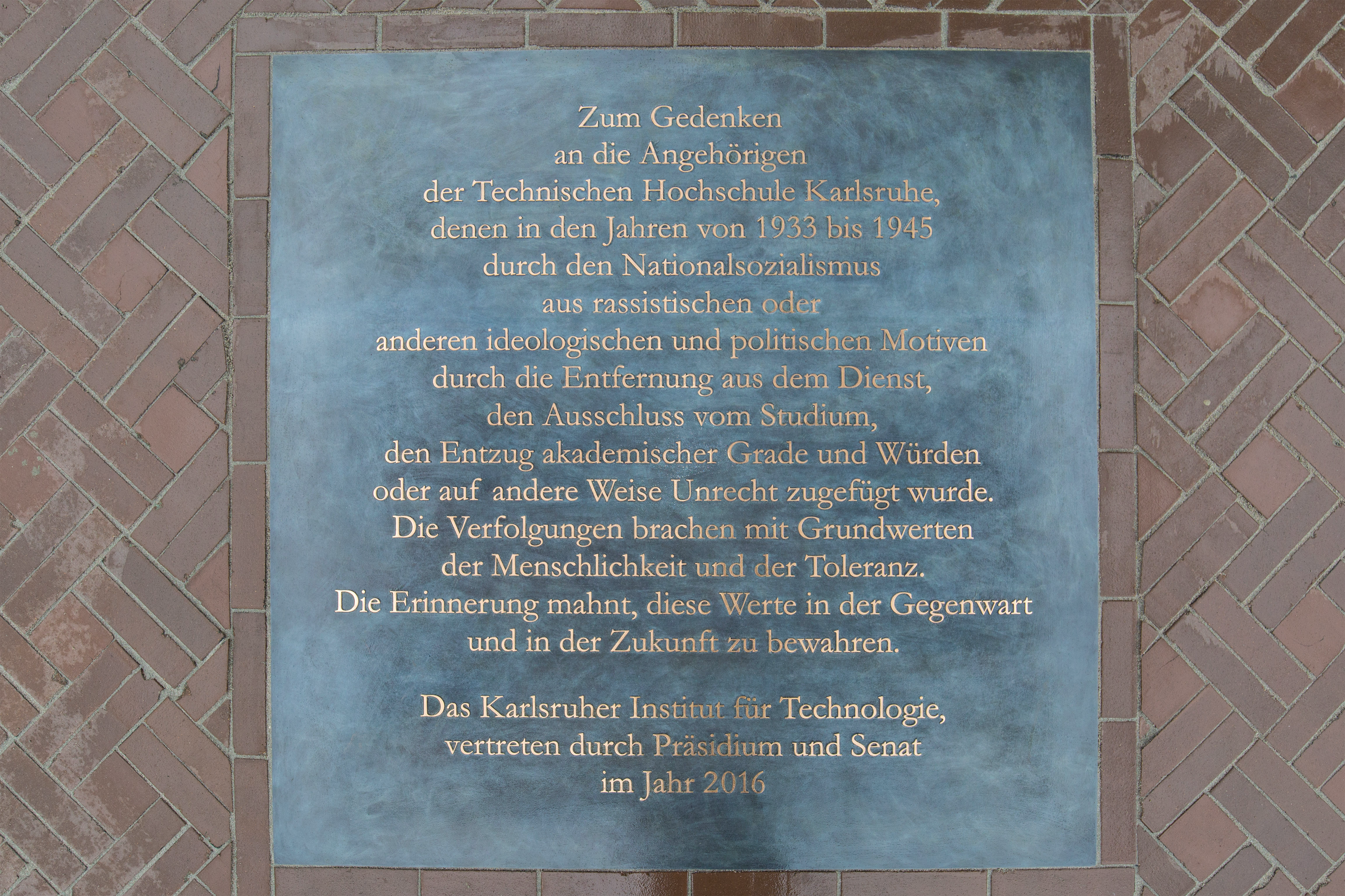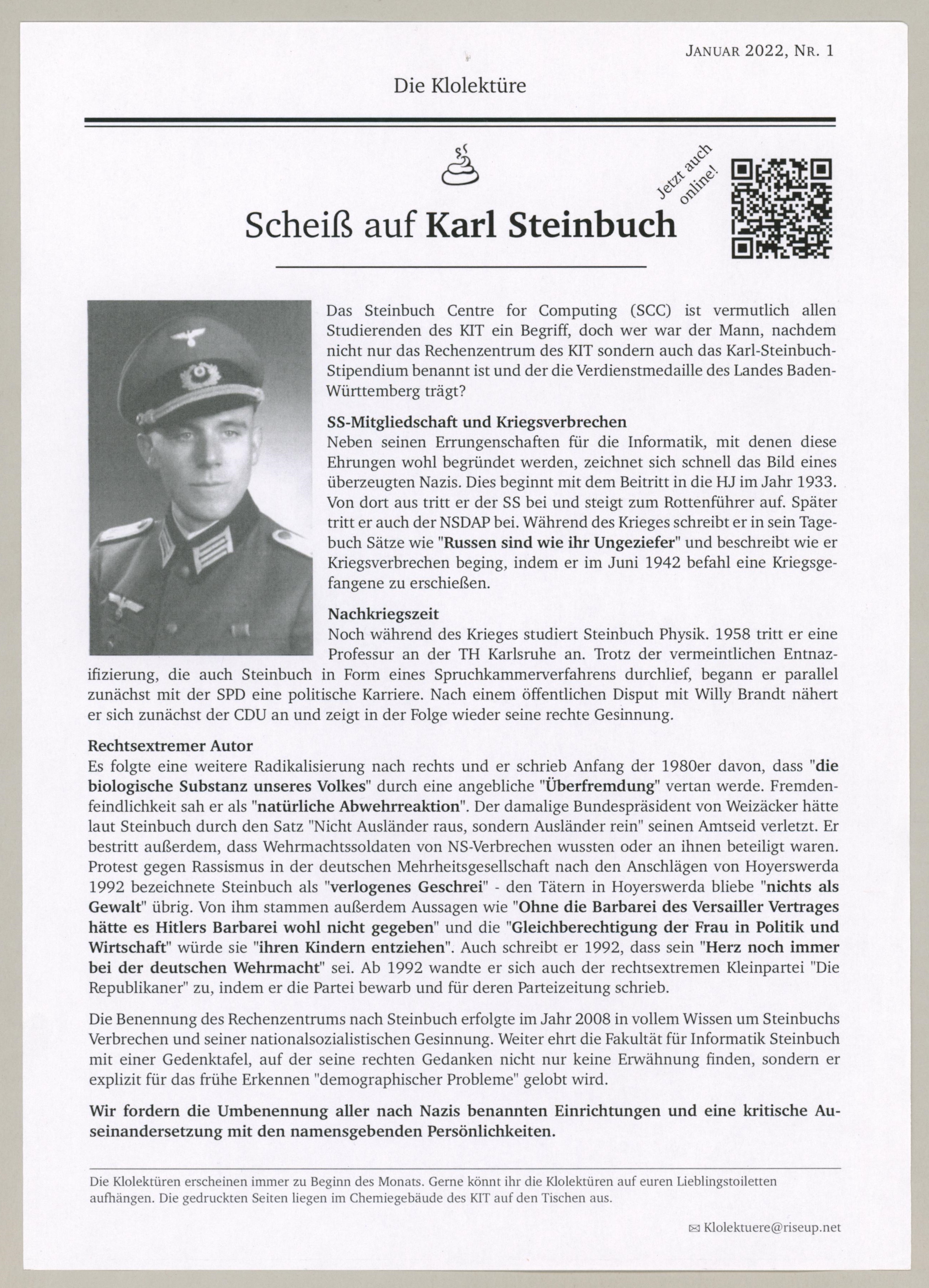001
Portrait of Gustav Friedrich Wucherer

The anniversary exhibition "200 Years KIT − 100 Objects. Parts of a Whole. Selected Objects from KIT’s History" is supported by
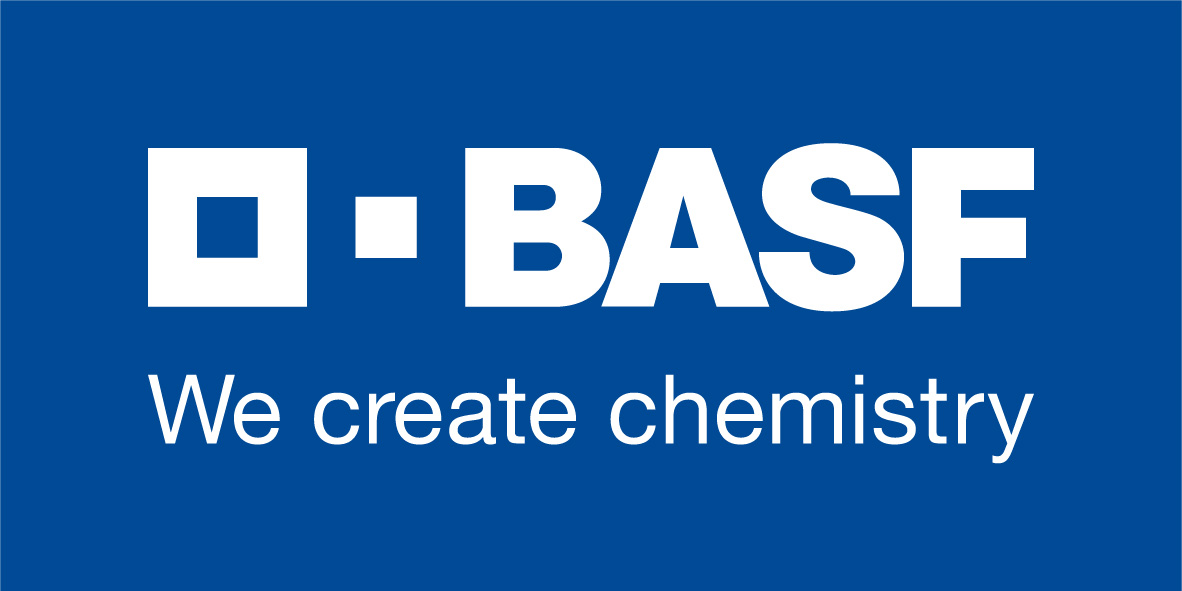

The Karlsruhe Institute of Technology (KIT) is equally a budding institution and one with a long tradition. It is the result of a merger in 2006 between the Karlsruhe Research Center, founded in 1956, and the University of Karlsruhe, established in 1825 as Karlsruhe Polytechnical College.
100 objects from KIT allow viewers to experience the development of this unique scientific institution, which functions simultaneously as a national large-scale research institution and as a state university.
Viewers are free to select the sequence in which they explore the 100 objects. The objects can also be accessed according to specific themes or periods within KIT’s history.
KIT’s predecessor institutions and the people associated with them also played their part in developments that, today, need to be viewed critically. The exhibition is, therefore, also an opportunity to offer new perspectives regarding KIT’s history and to encourage reflection as we move forward.
The lines of development leading to KIT are intended to illustrate what constitutes the identity of this scientific institution and what it has achieved and continues to achieve for society.
1825 | Founding of the Karlsruhe Polytechnic School.
1832 | The Polytechnic School is divided into five Technical Schools: the Construction School, the Engineering School, the Higher Trade School, the Forestry School, and the Commercial School, each offering separate courses of study.
→ Read furtherFrom plant collector to deep-sea diving computer scientist. Research made its way slowly into the thinking at the Polytechnic, which was founded in 1825. Contributions from this research continue to impact the world up until today.
Throughout KIT´s history, the majority of working time was spent learning. How was knowledge imparted and acquired here?
From research to production. Outcomes that have shaped our lives and continue to do so today. Impulses that reach far beyond the institution itself.
Since 1825, KIT has also been a place for life beyond research and development, teaching, and learning. It is a place for play, celebration, and debate.
Artistic hands and great fanfare — In a “Call for Objects”, students, employees and people close to KIT were invited to suggest objects for the exhibition. Which contributions found their way into the exhibition and why?
How did KIT become what it is today? What transformations have the predecessor institutions undergone since their founding as a polytechnic school and nuclear research center?

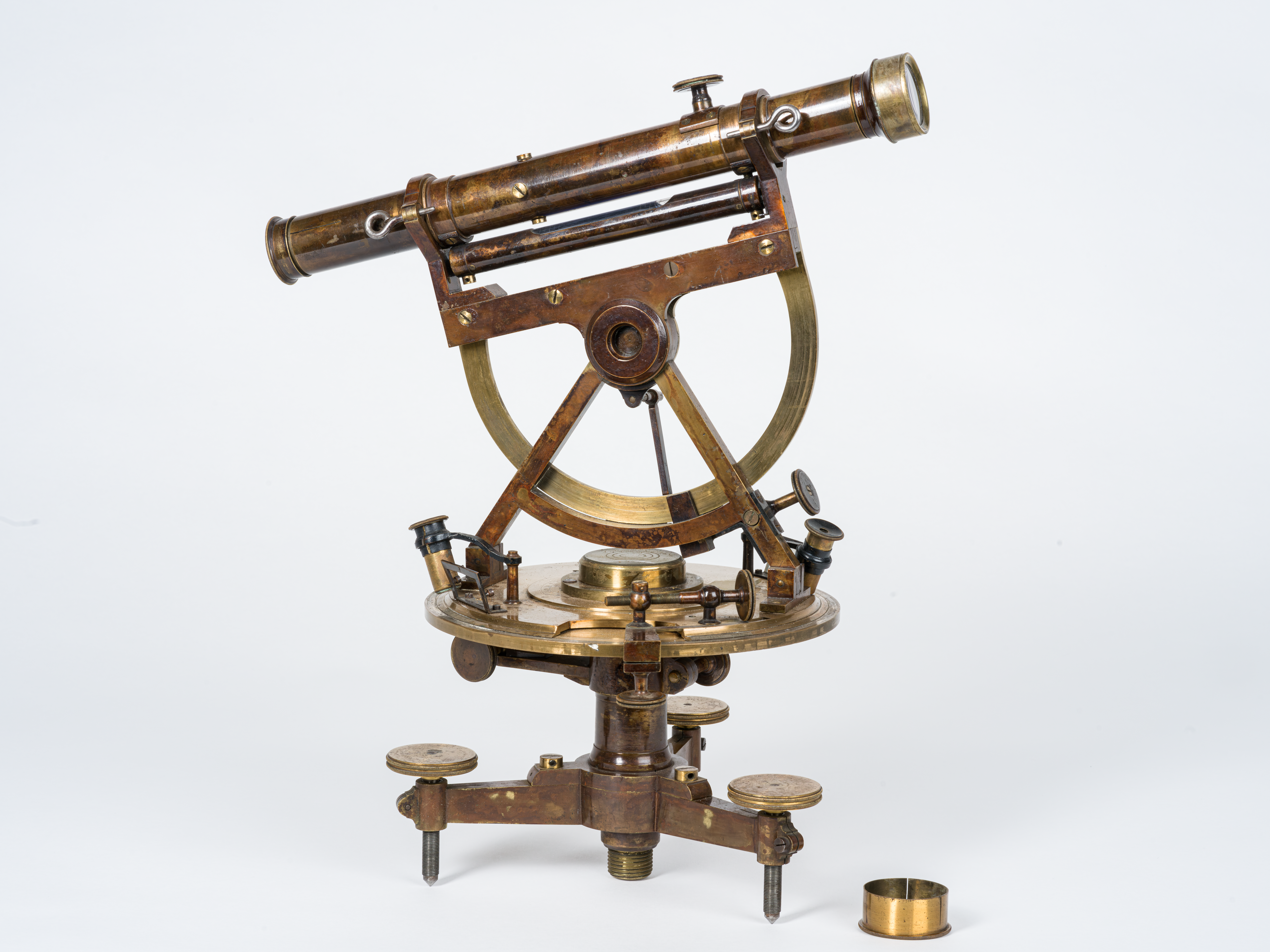

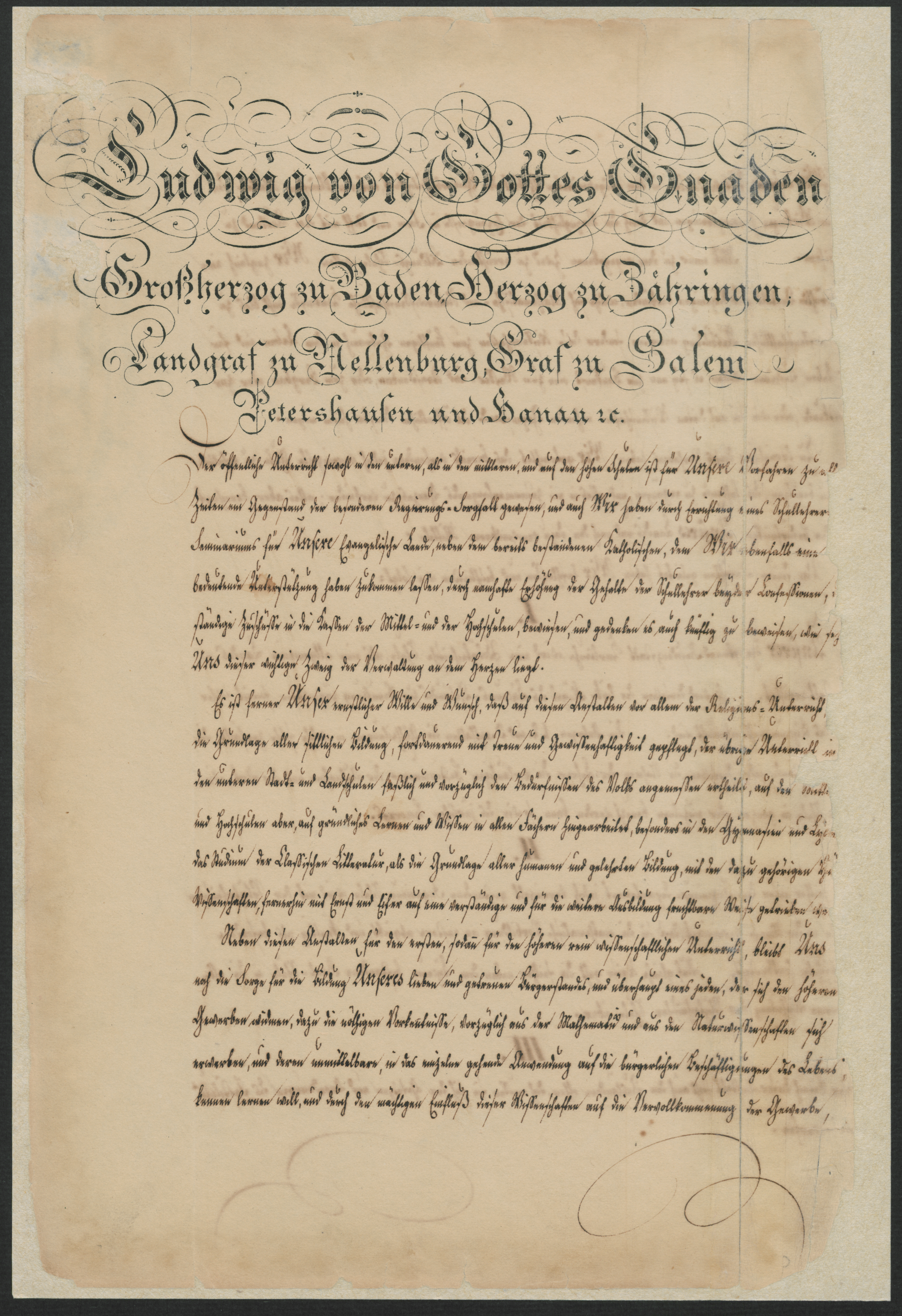
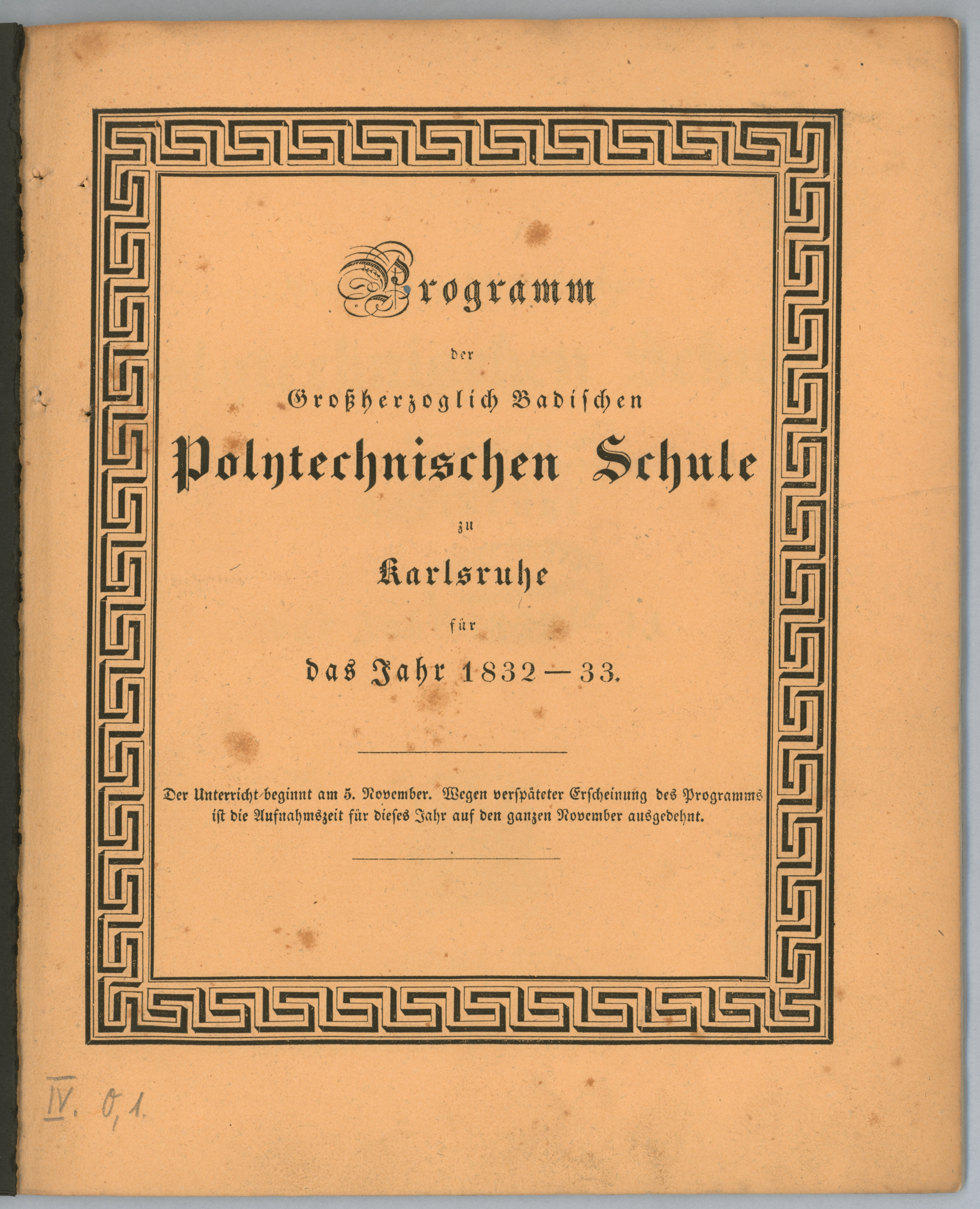

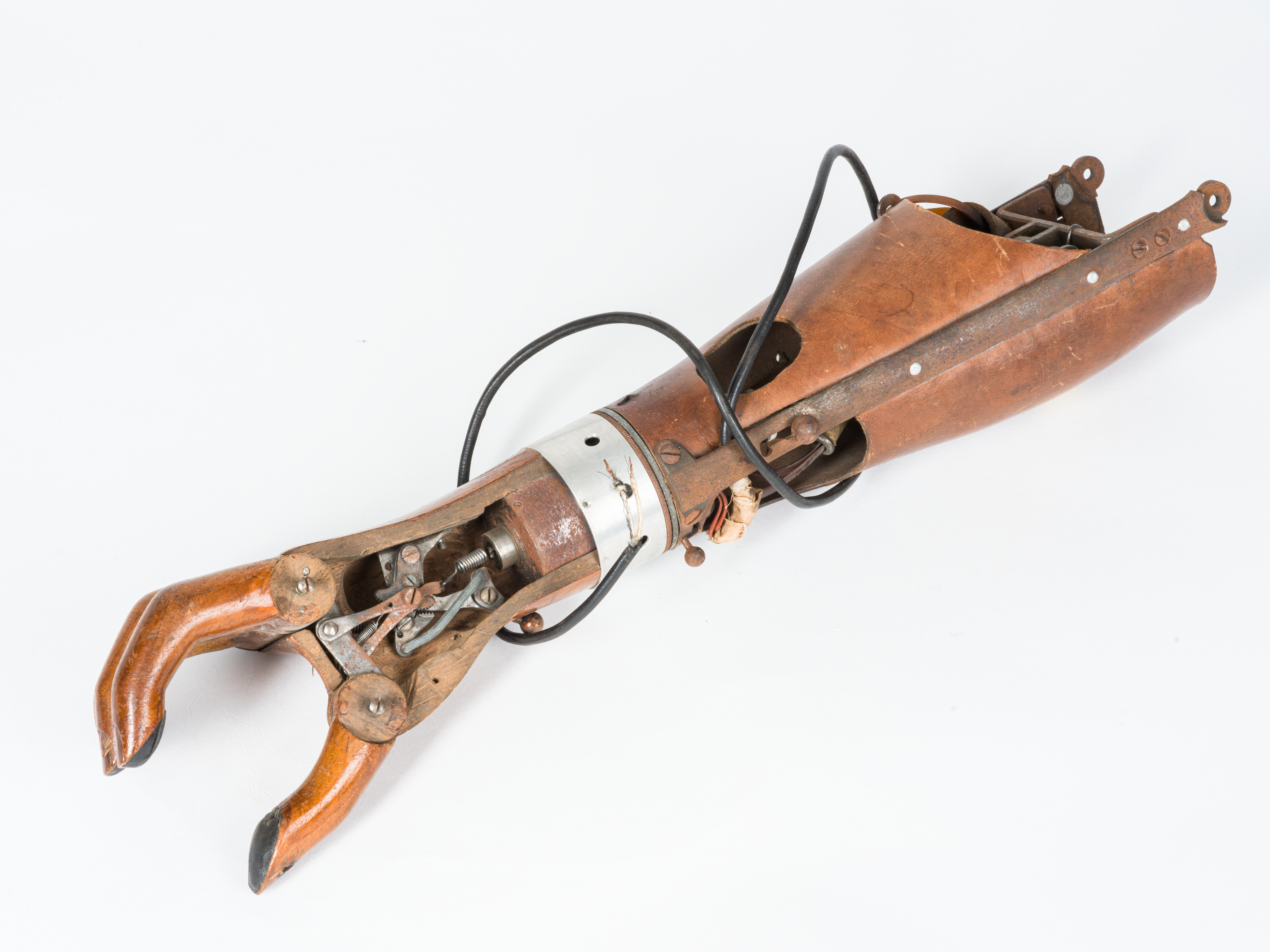

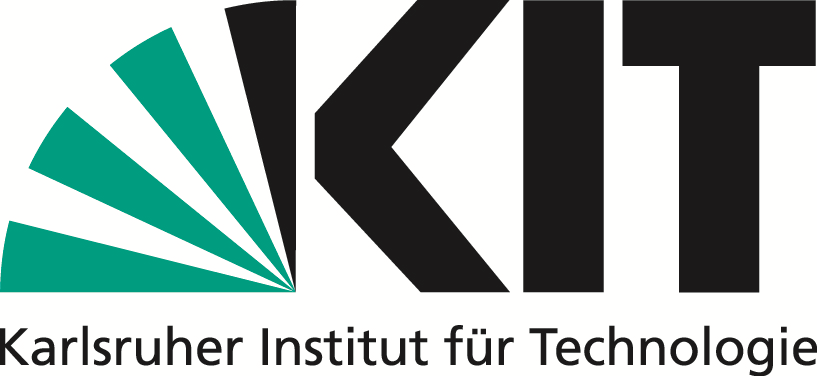
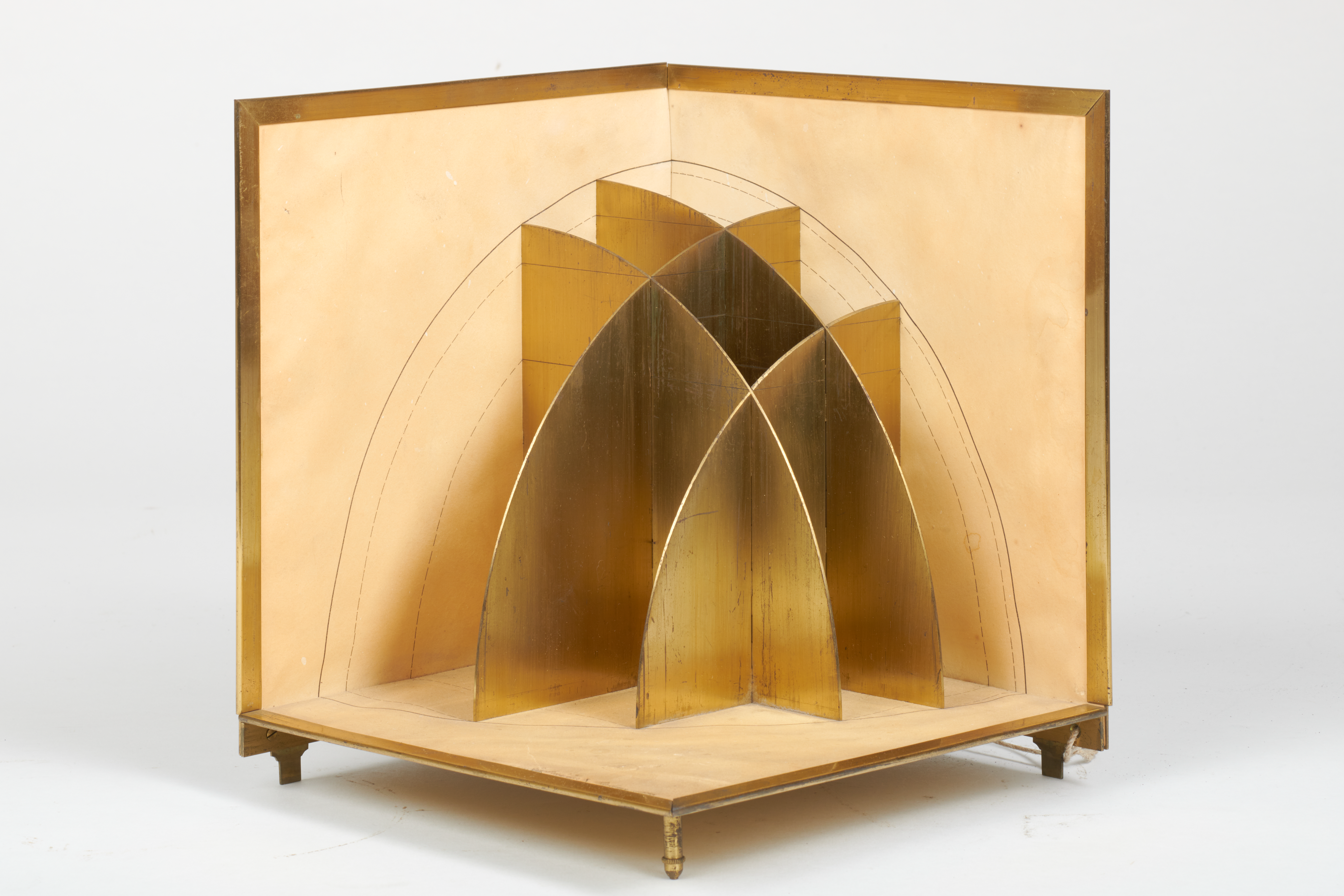
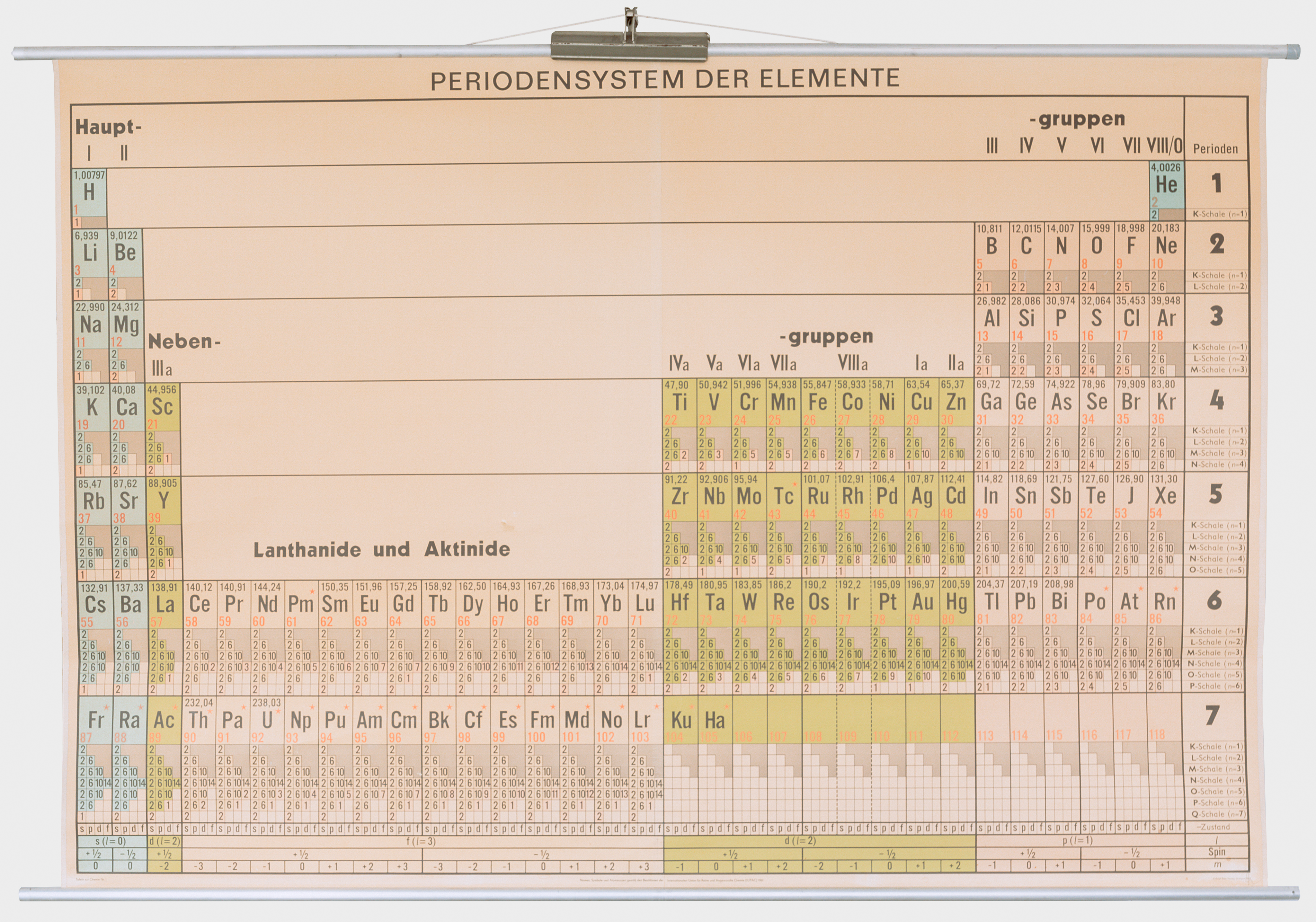


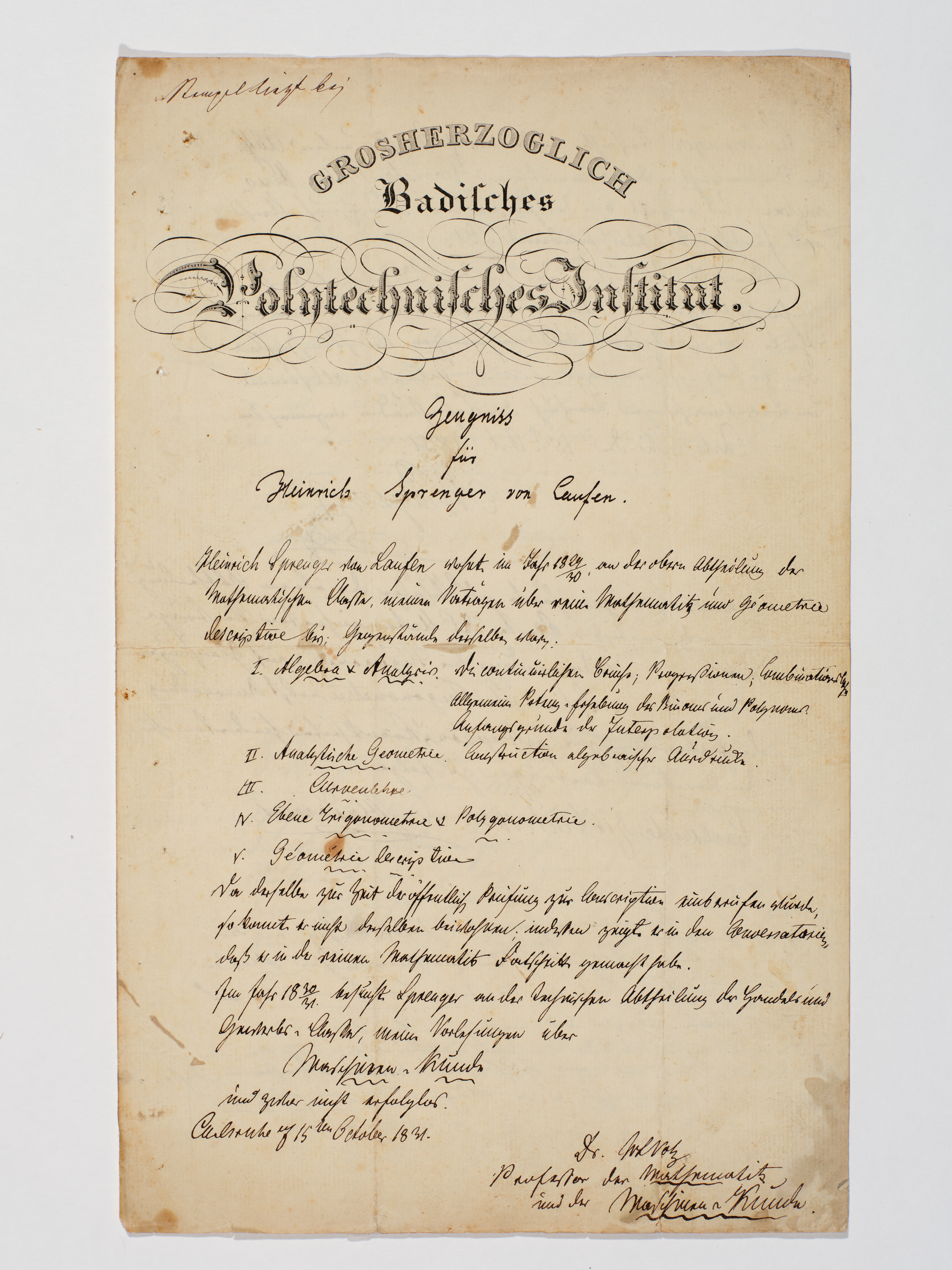
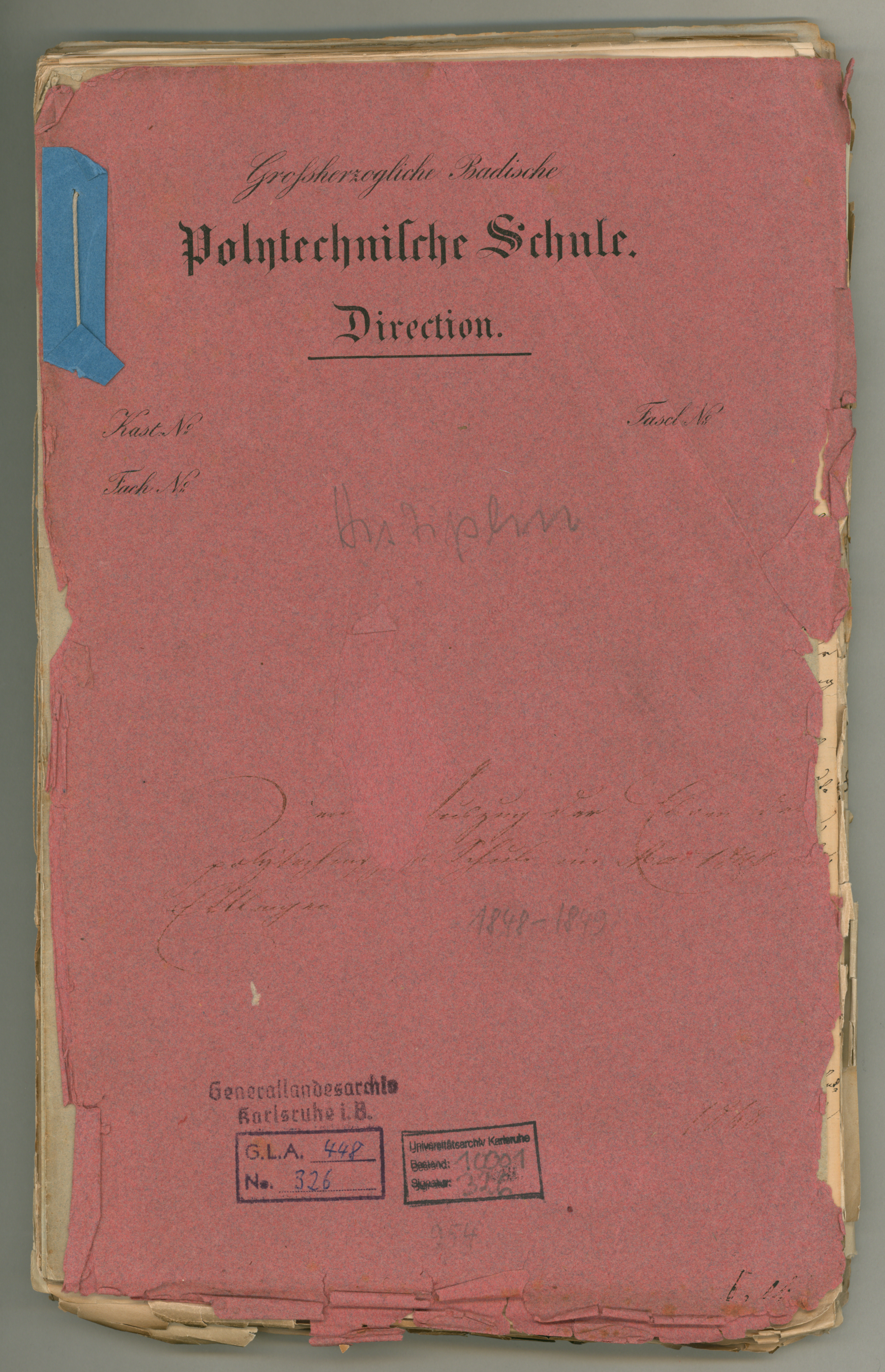
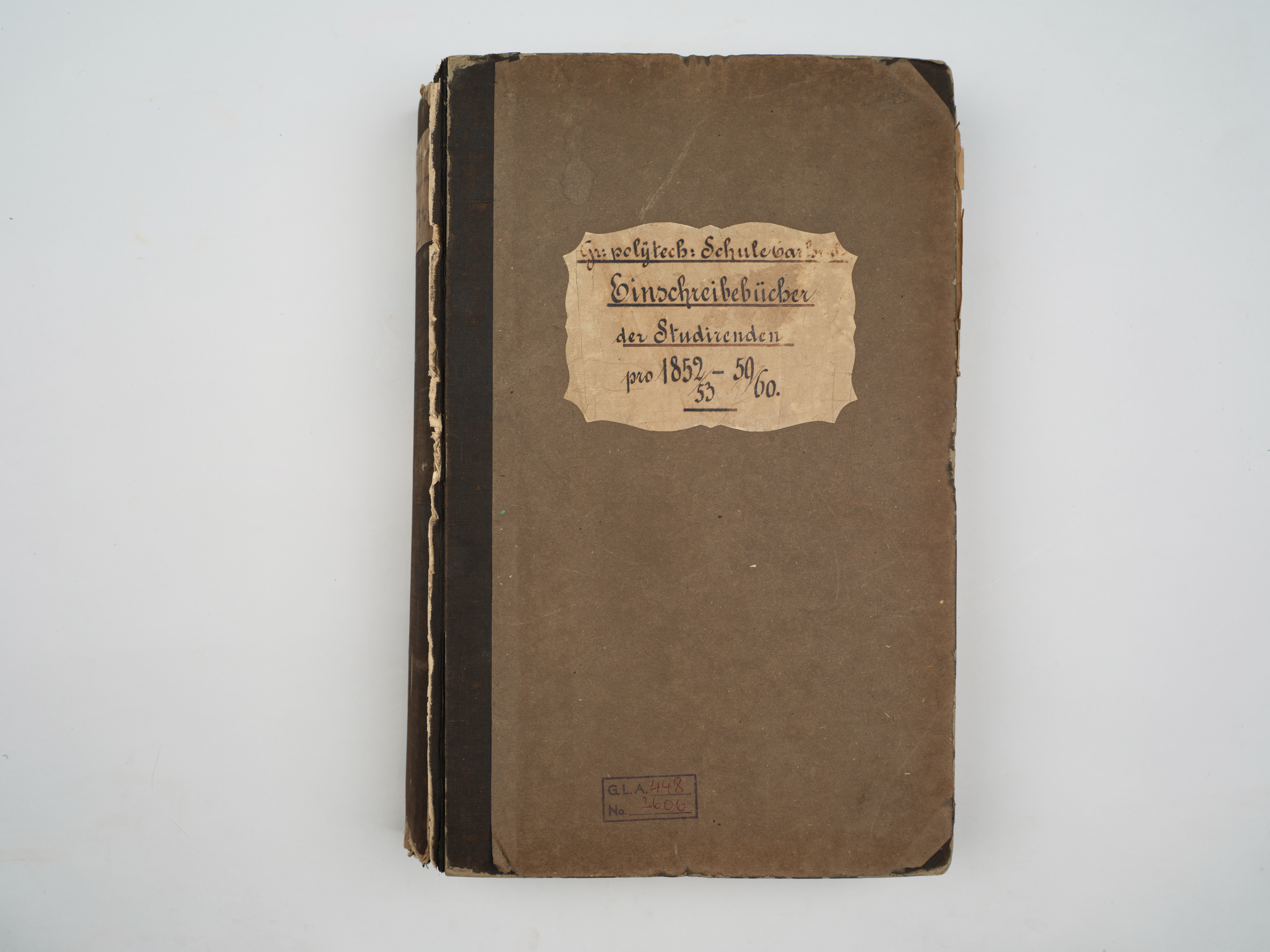
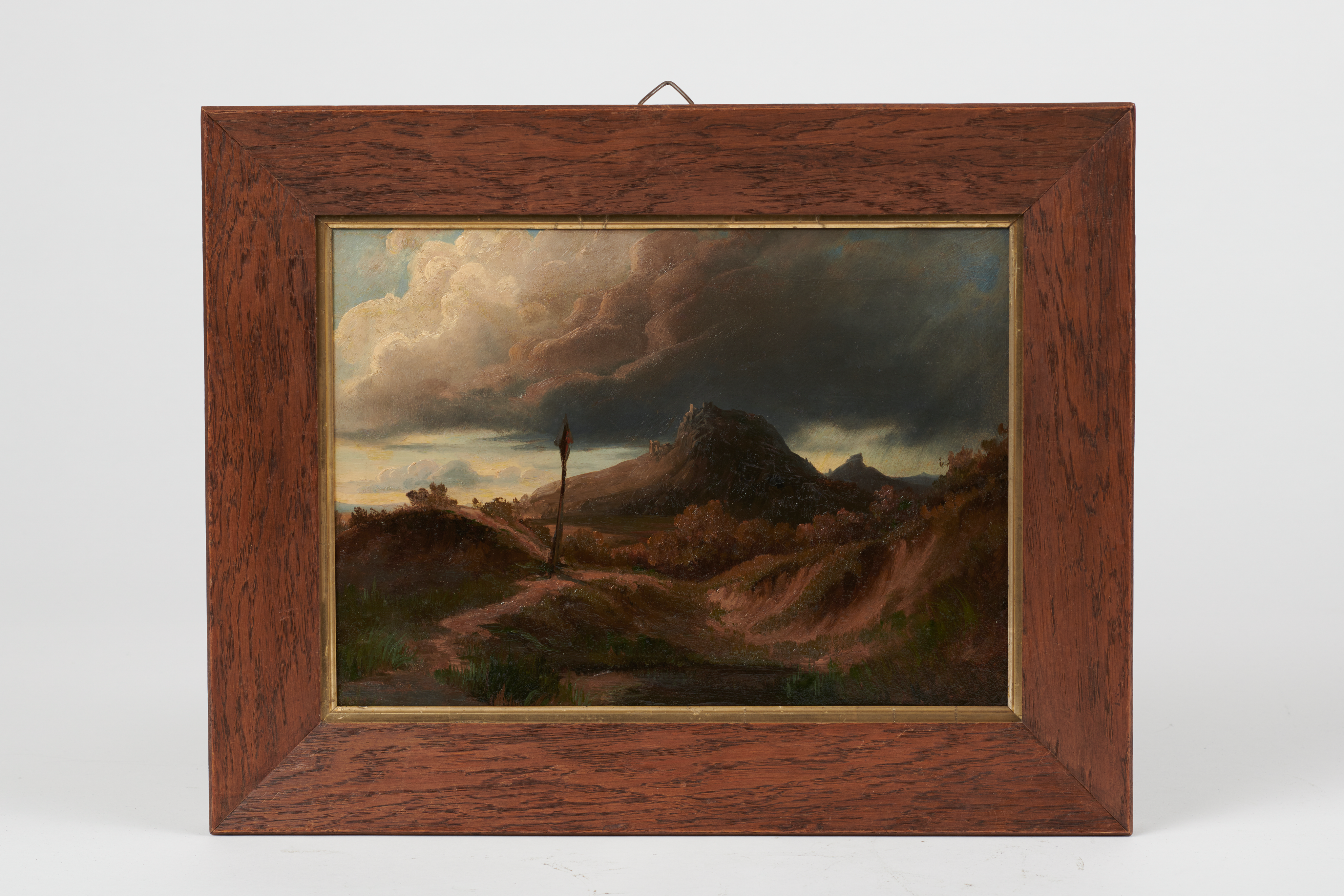
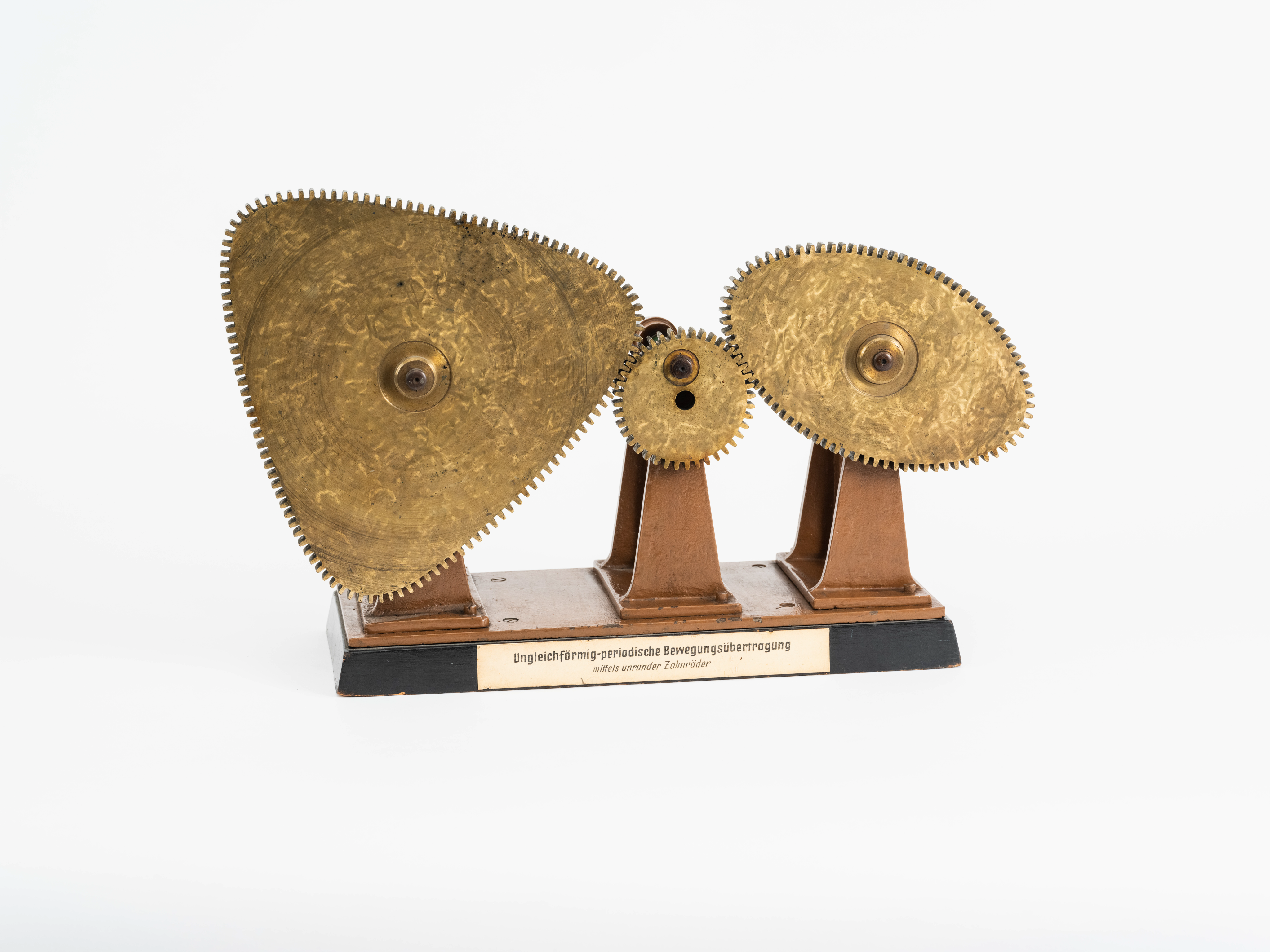
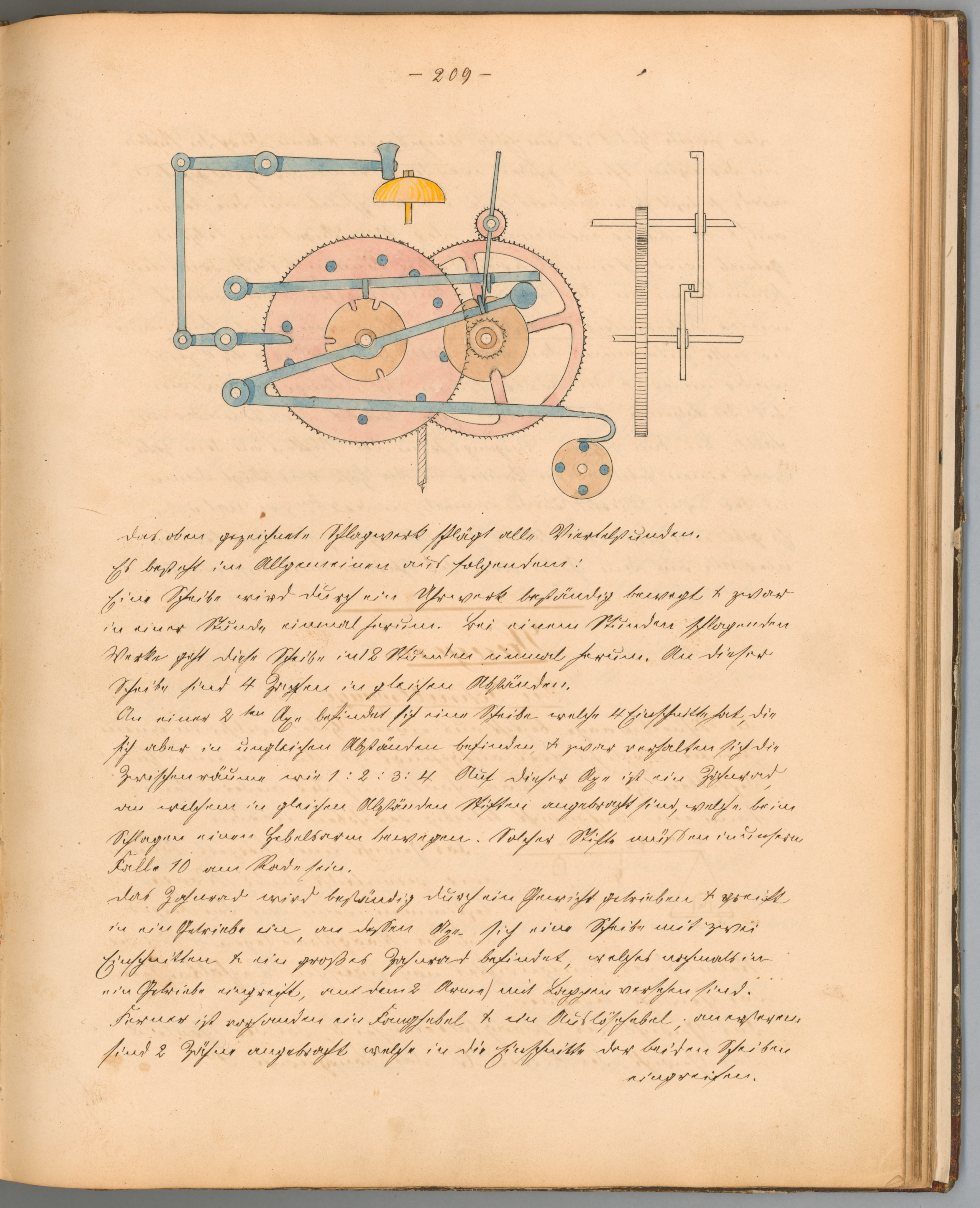
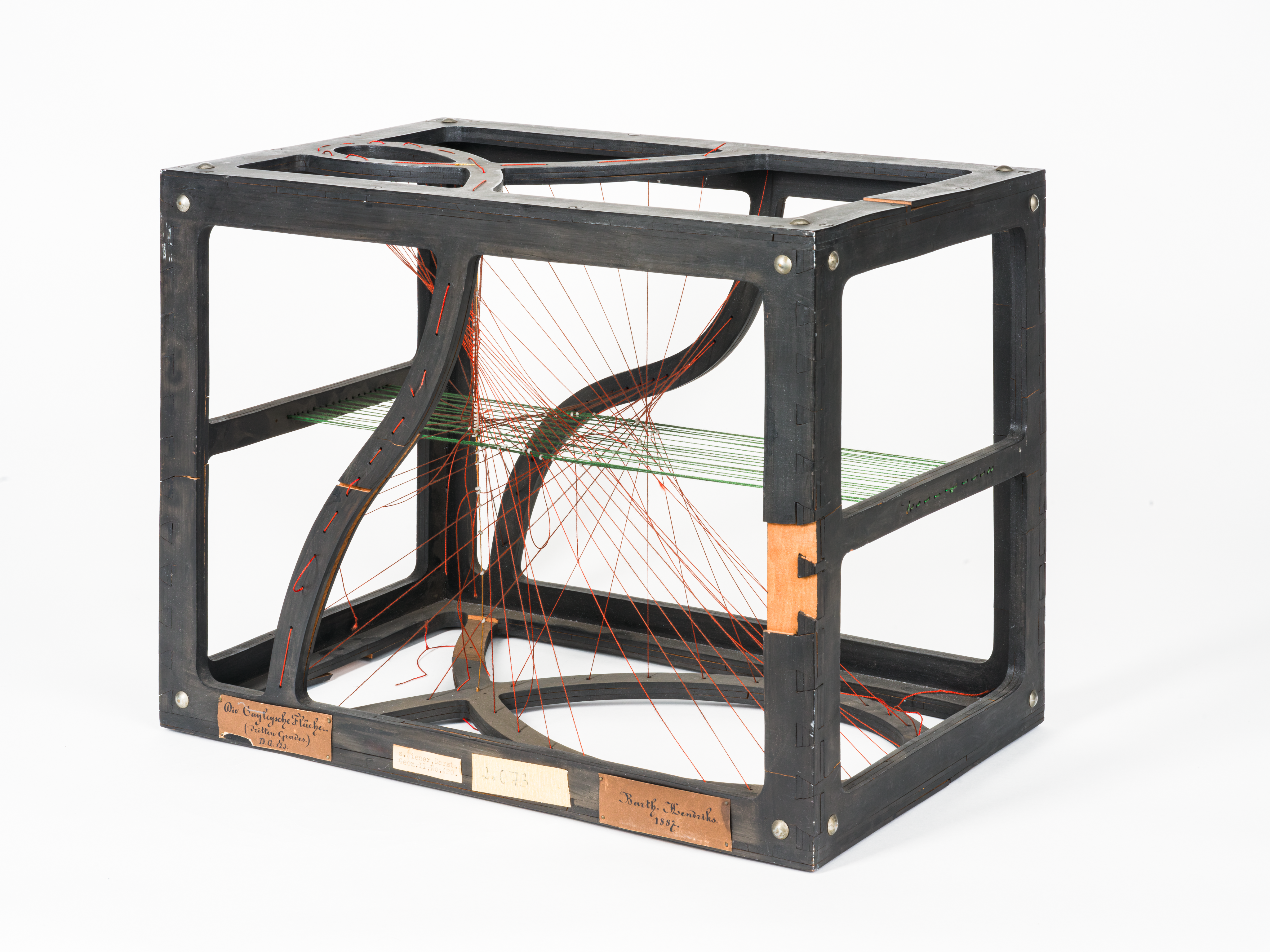
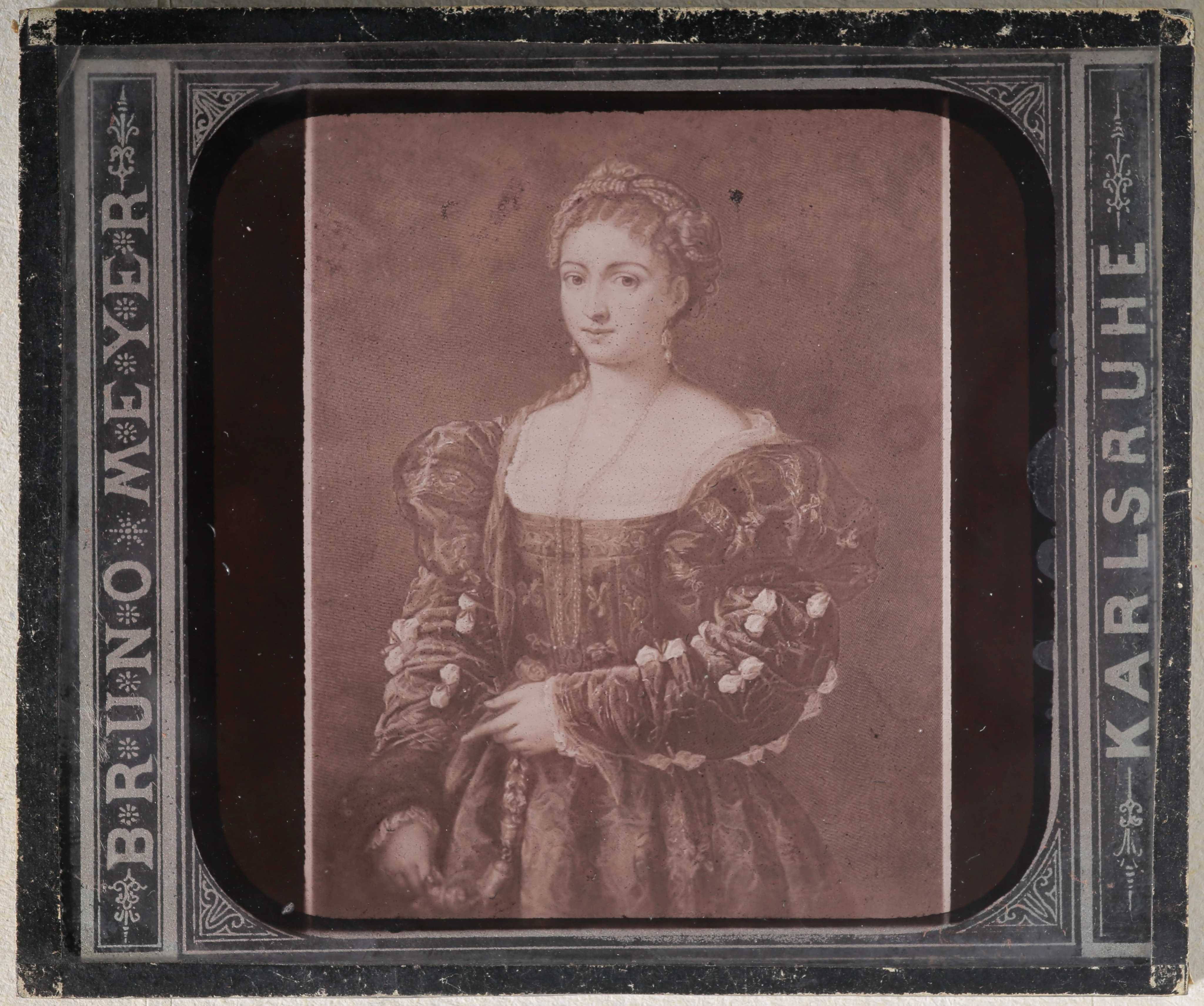
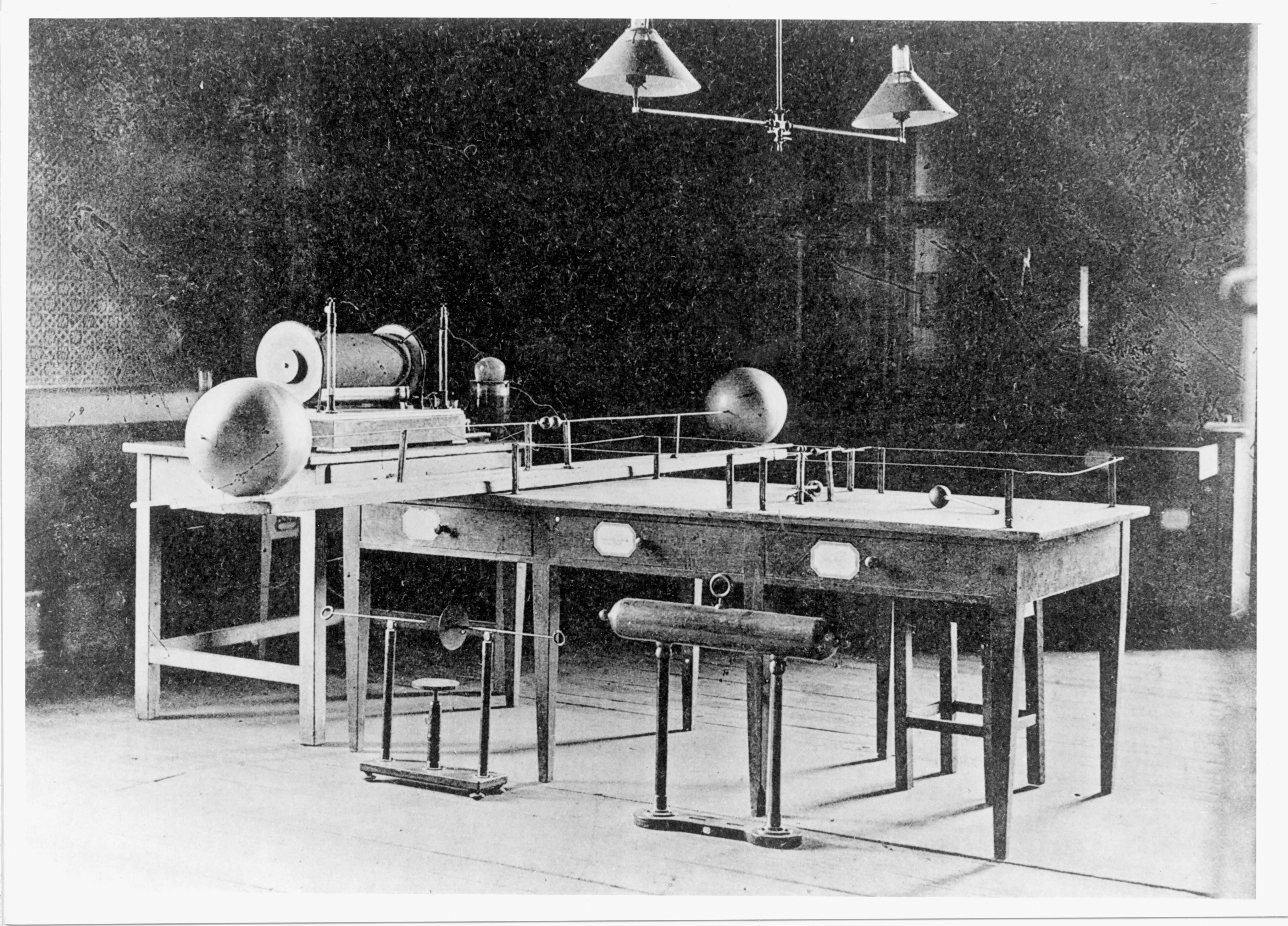


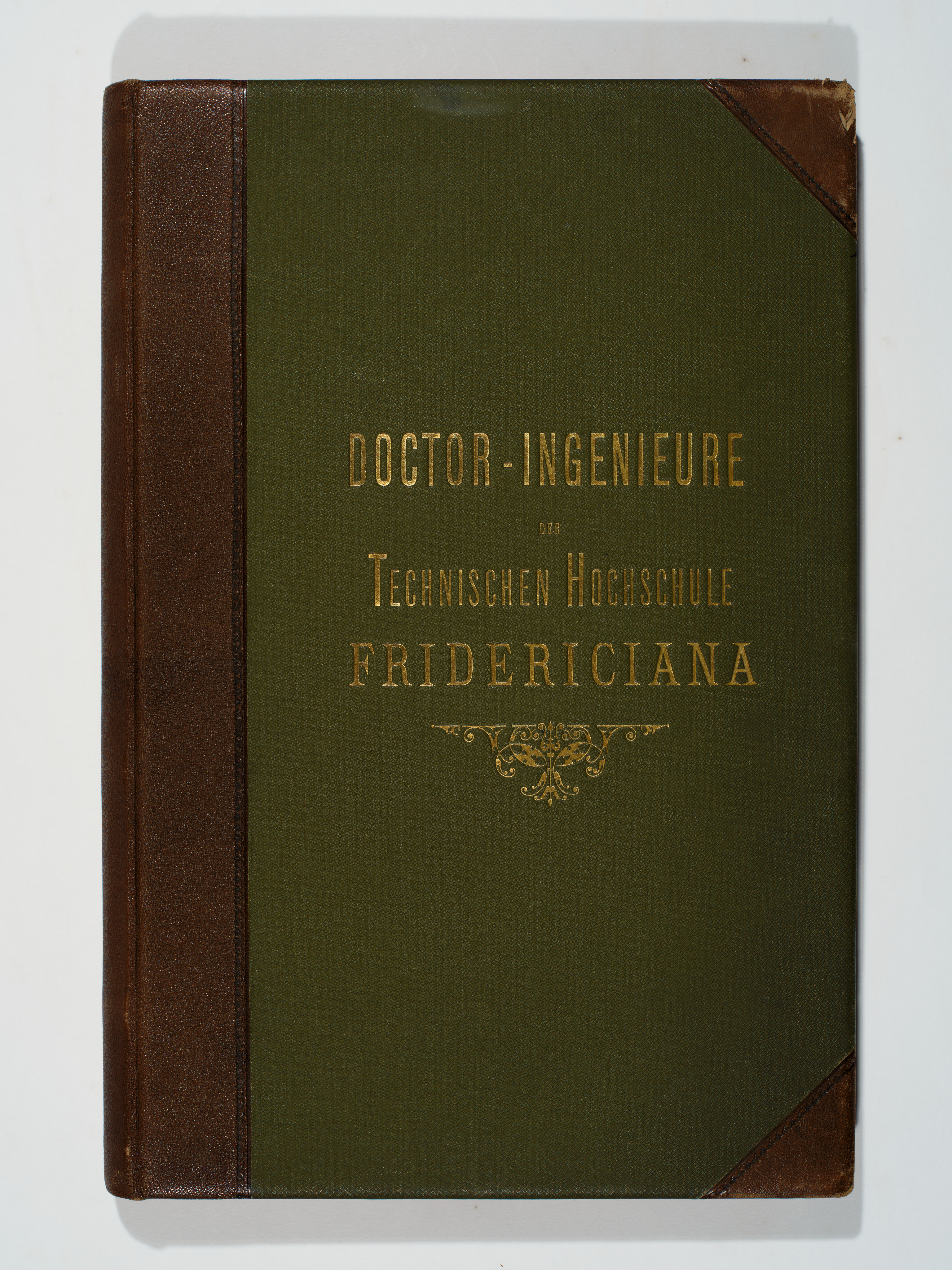
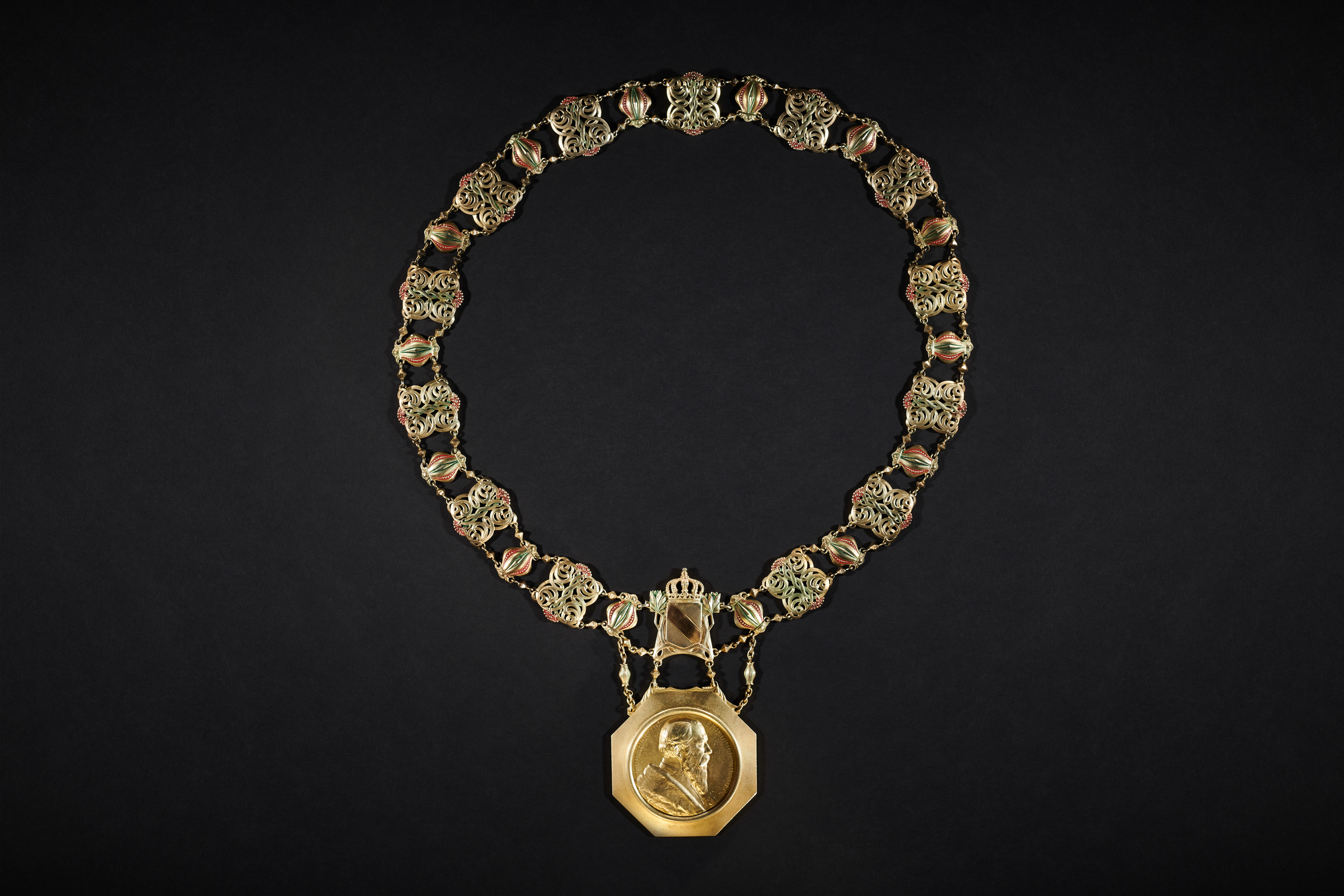

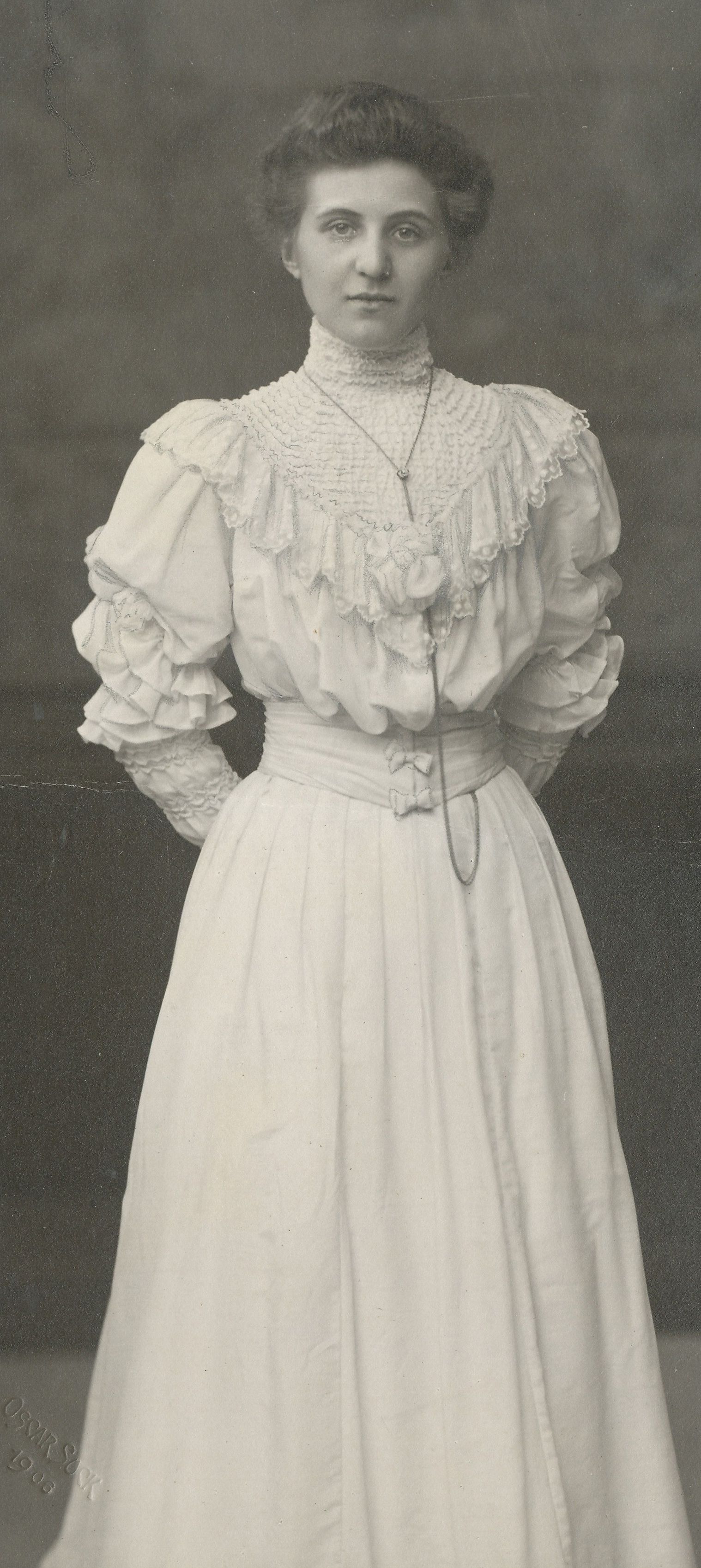
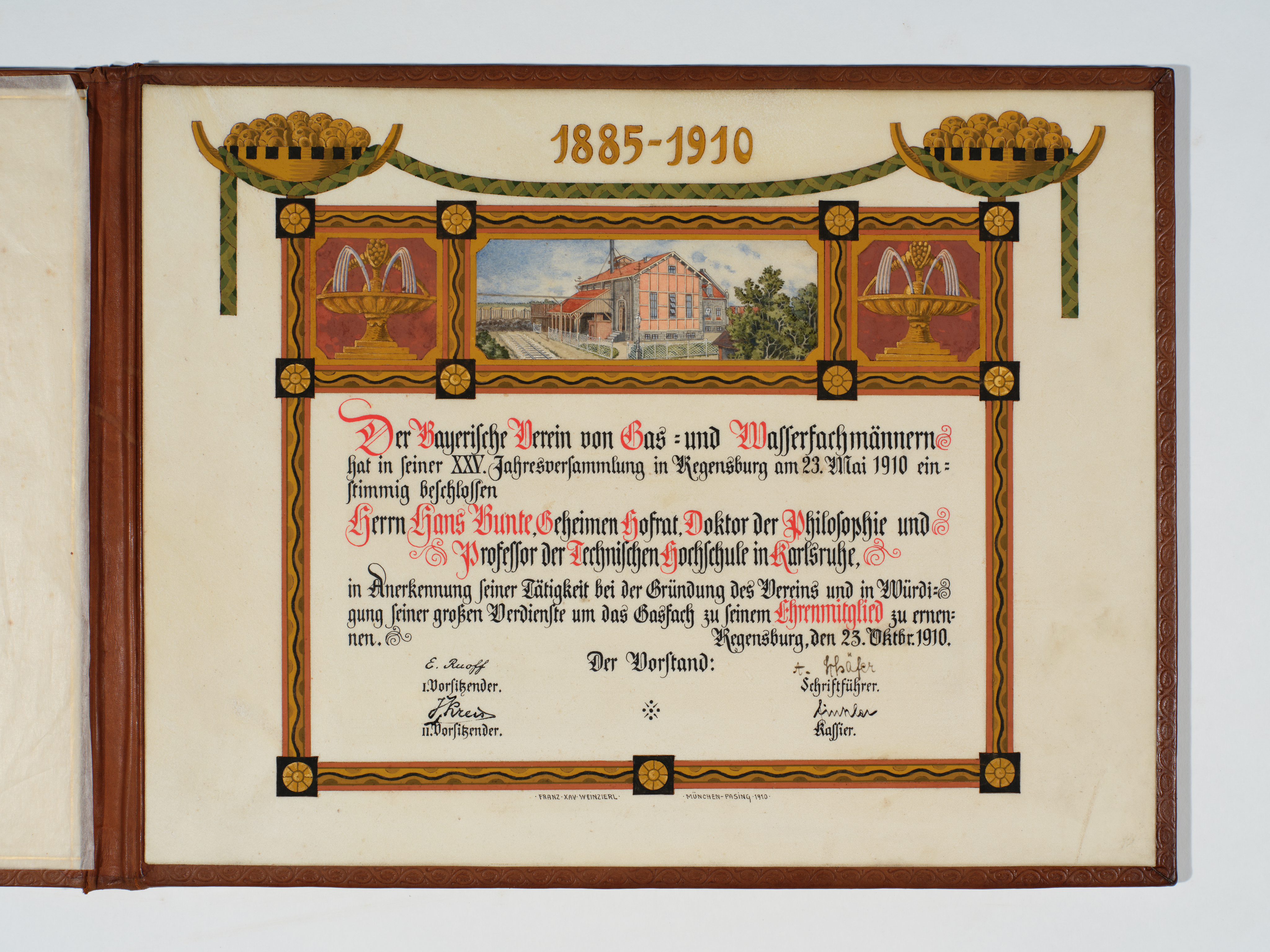
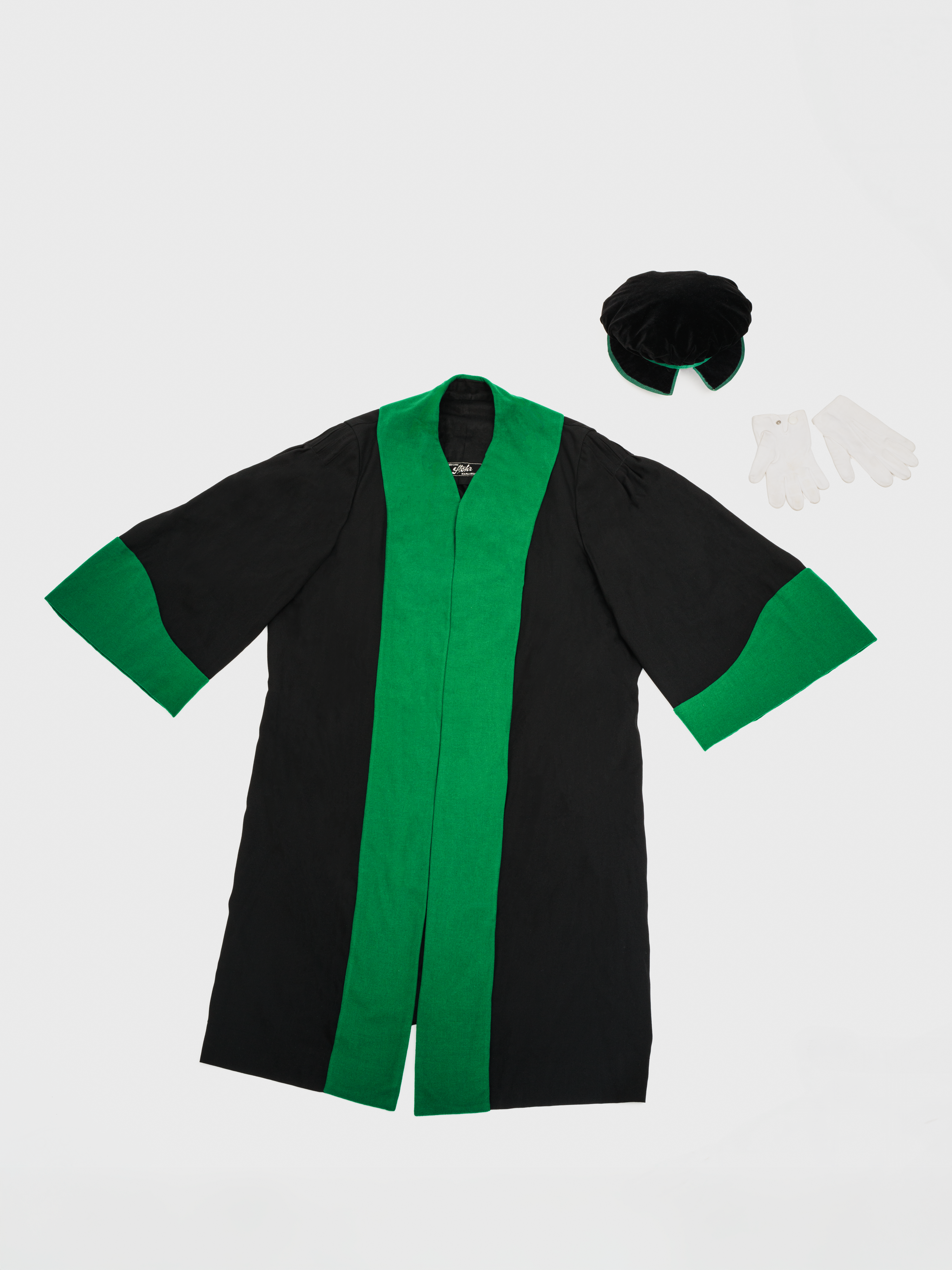
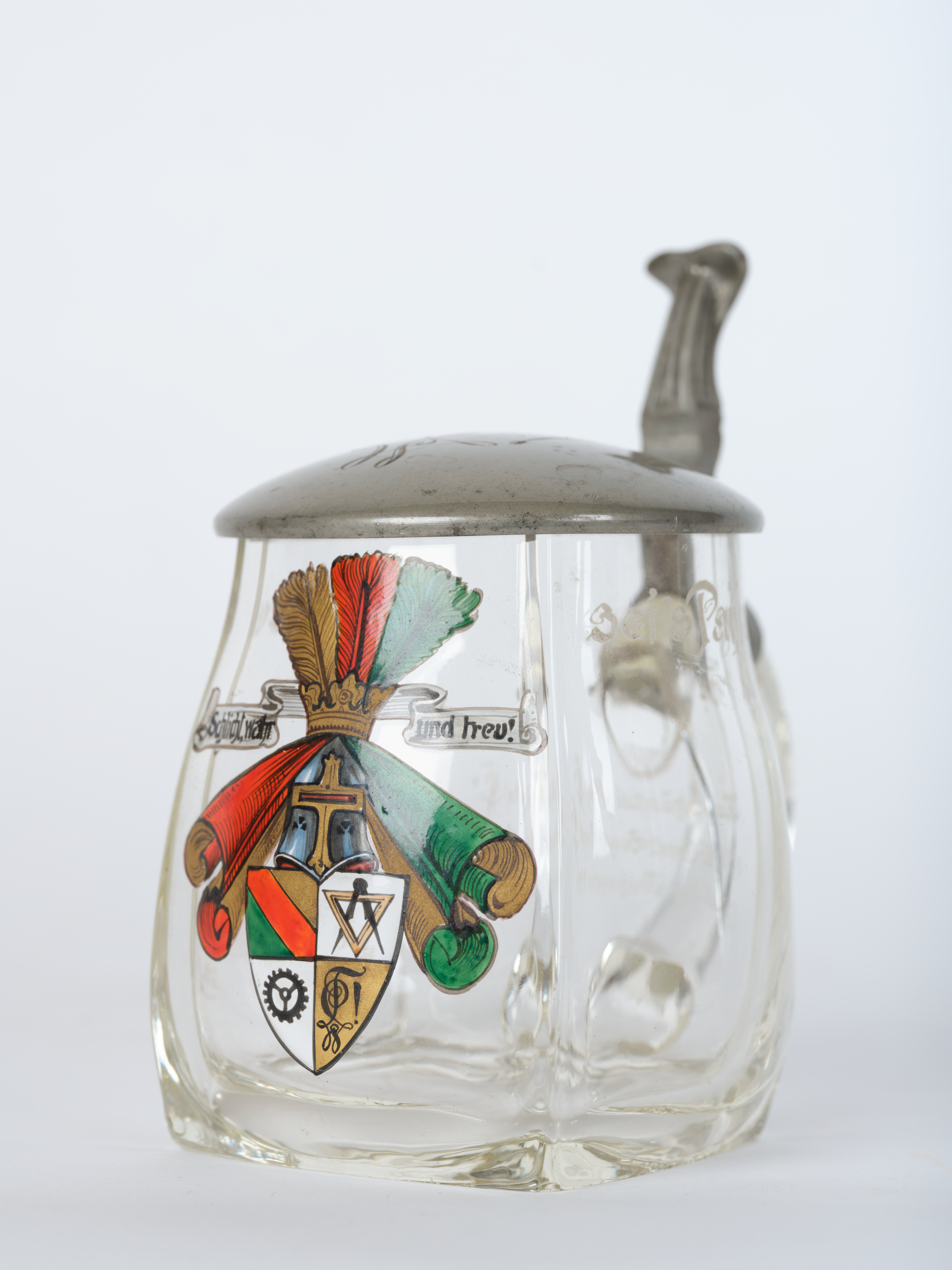

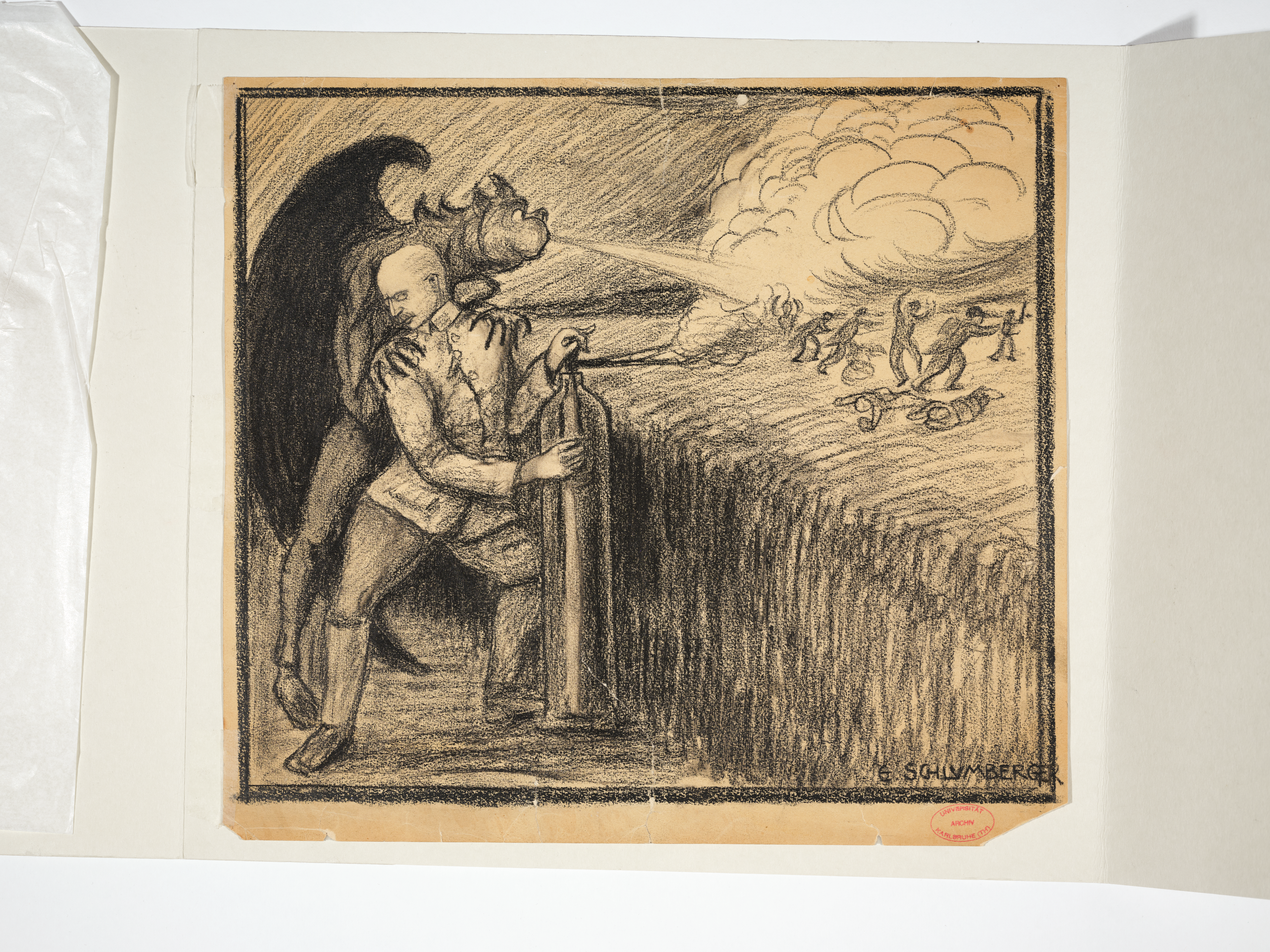
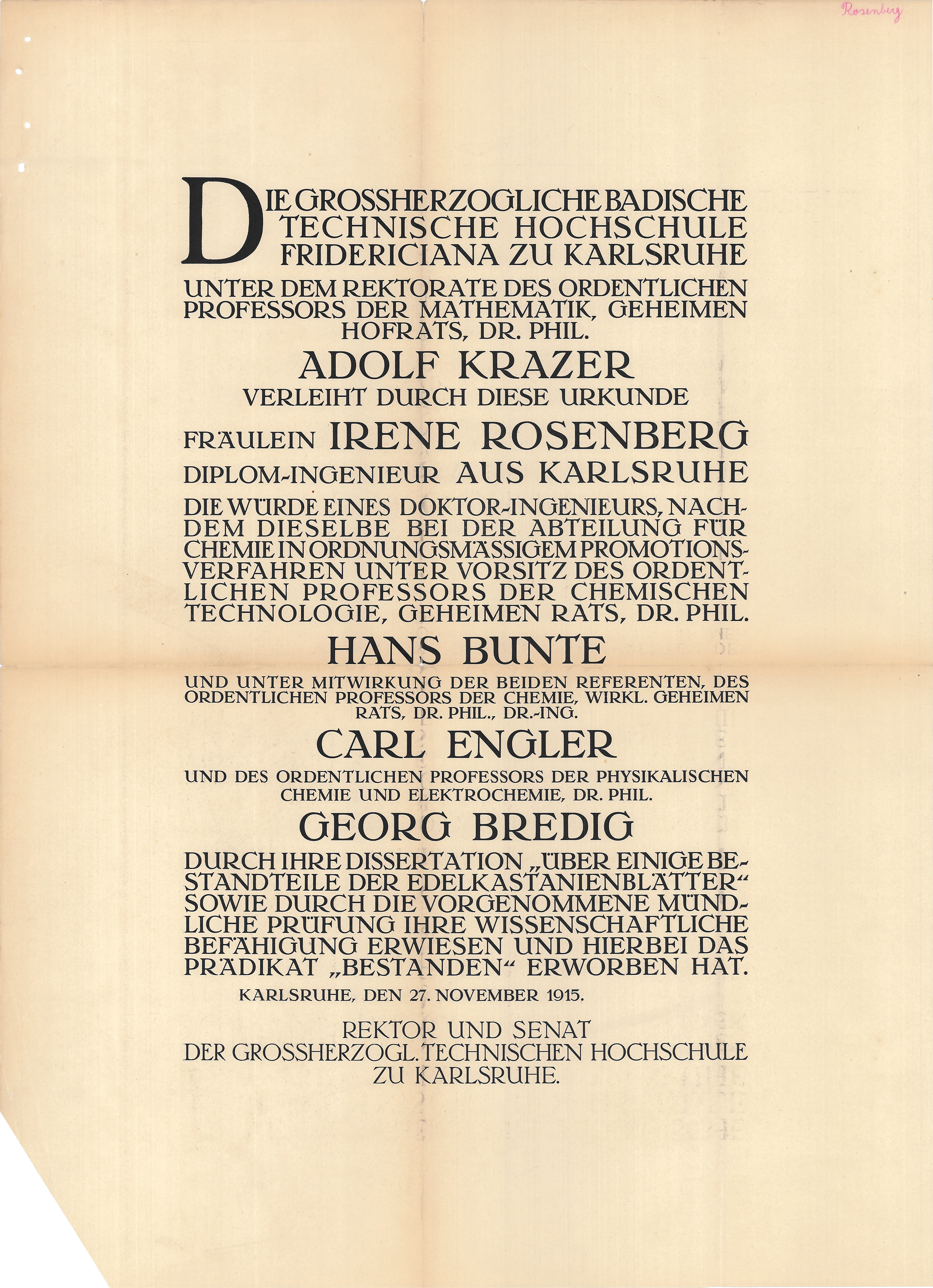
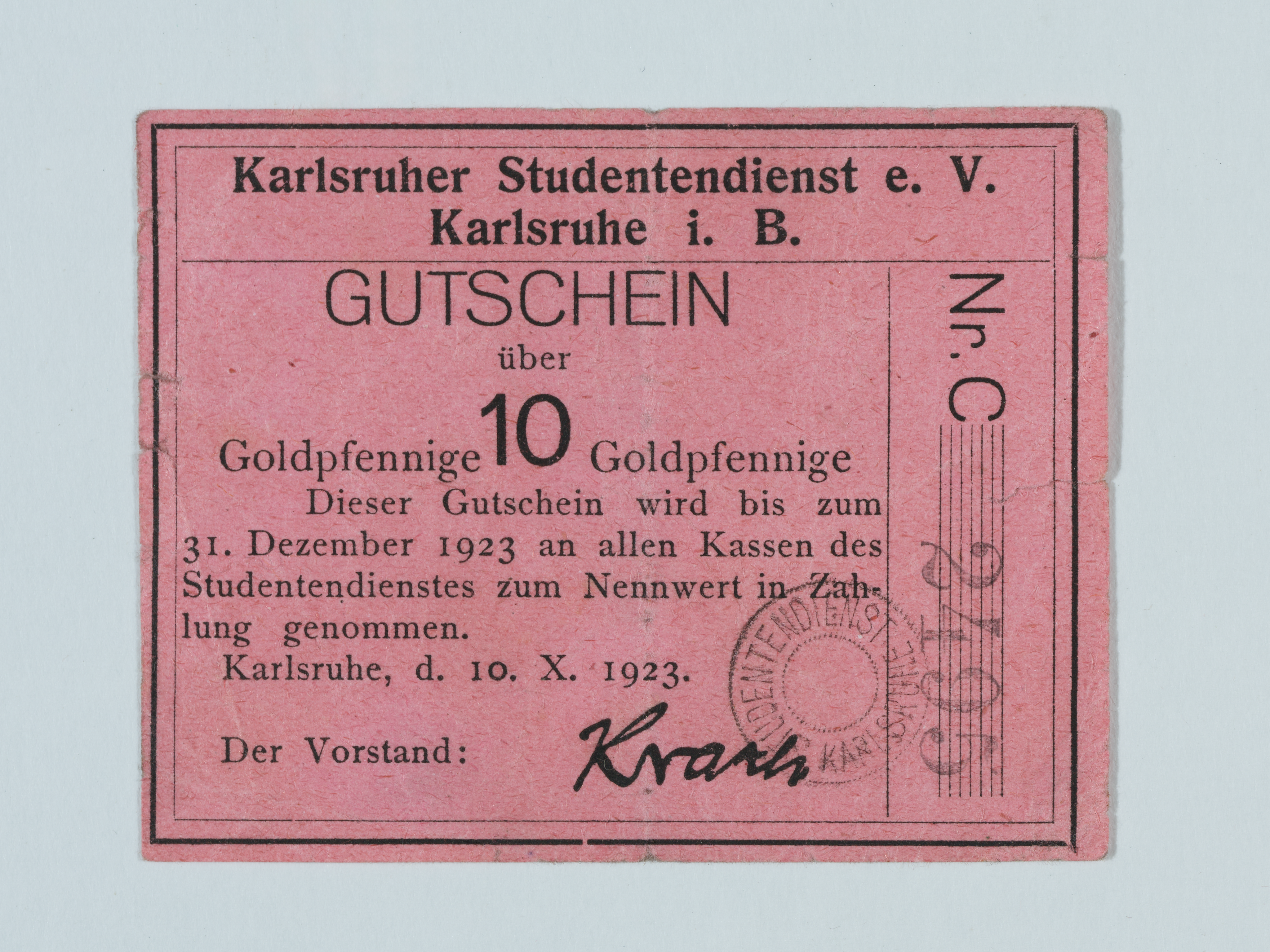
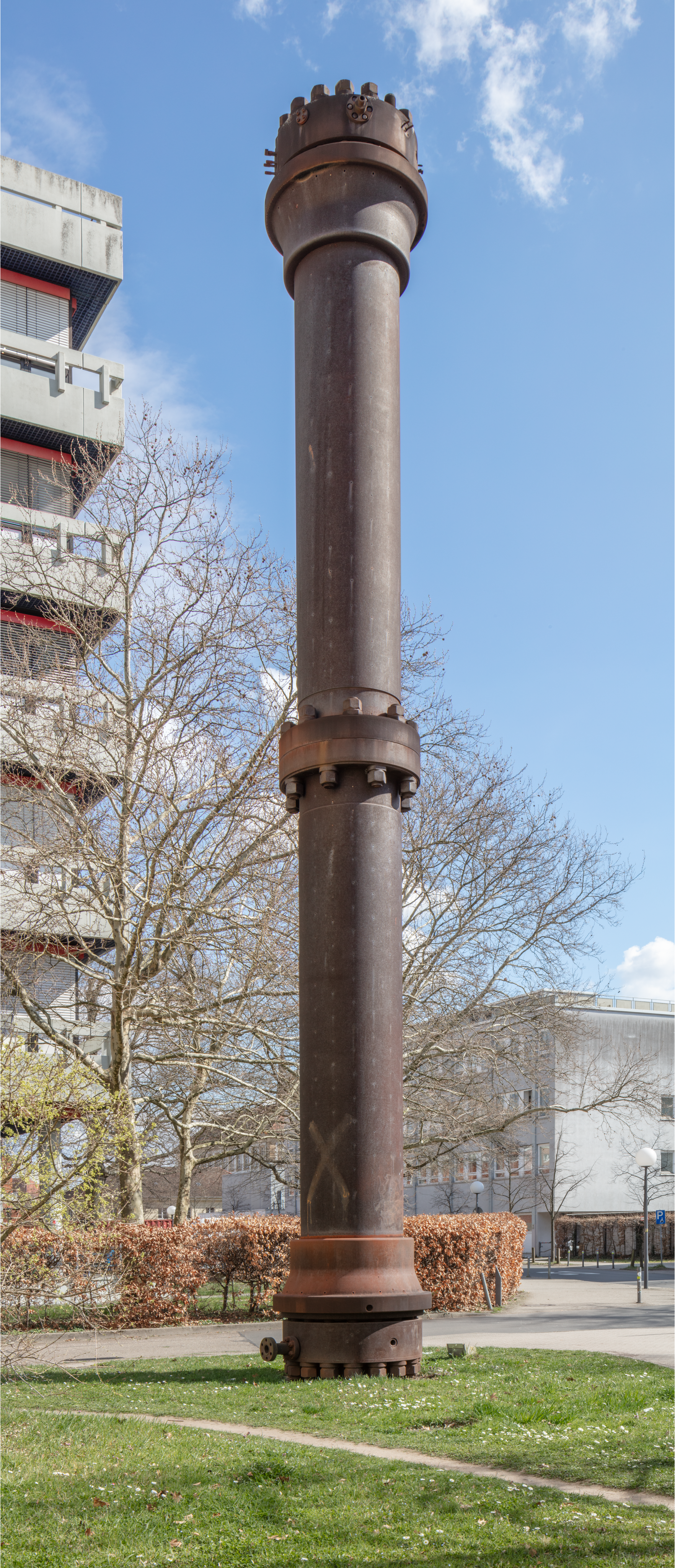
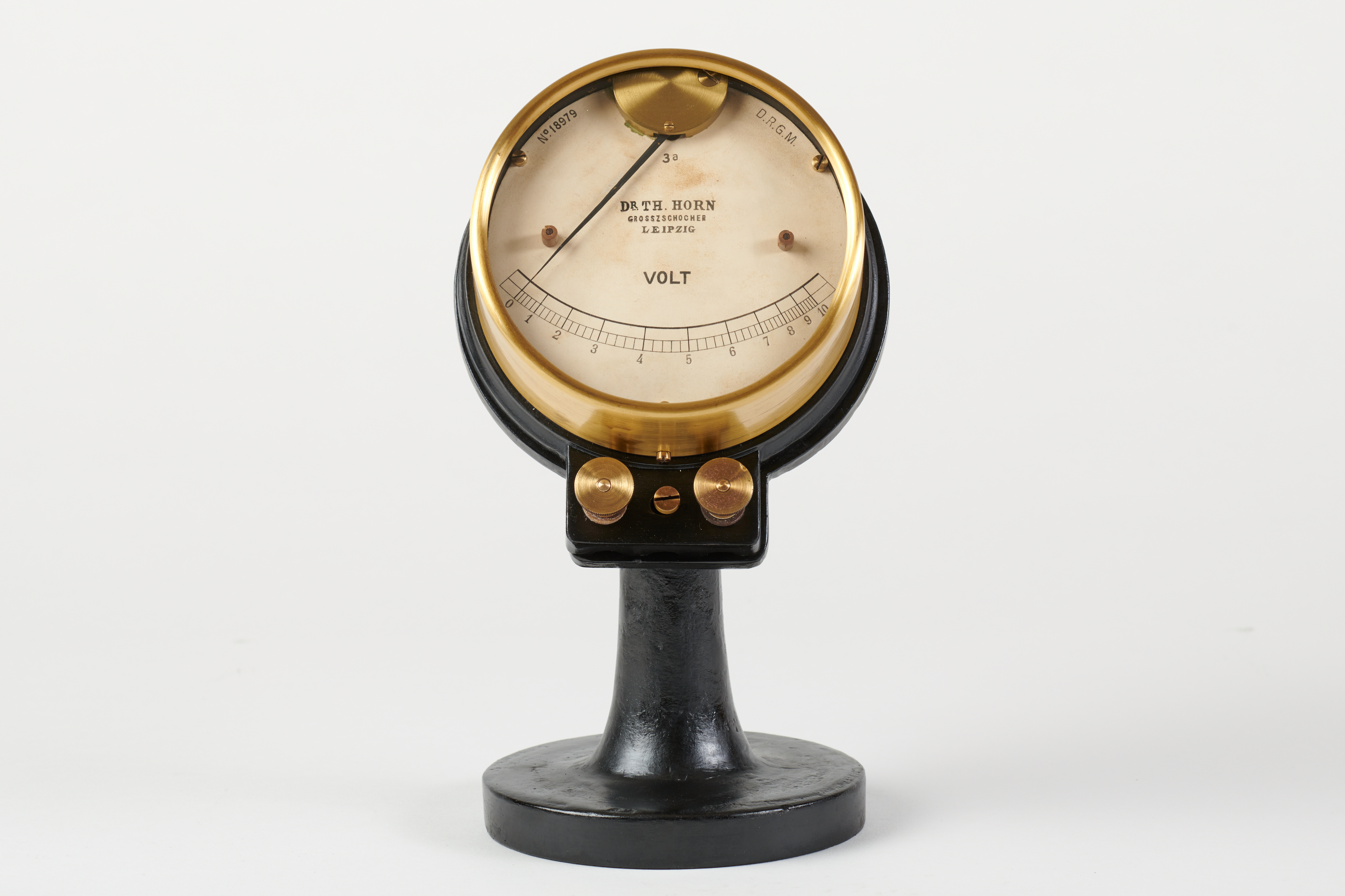

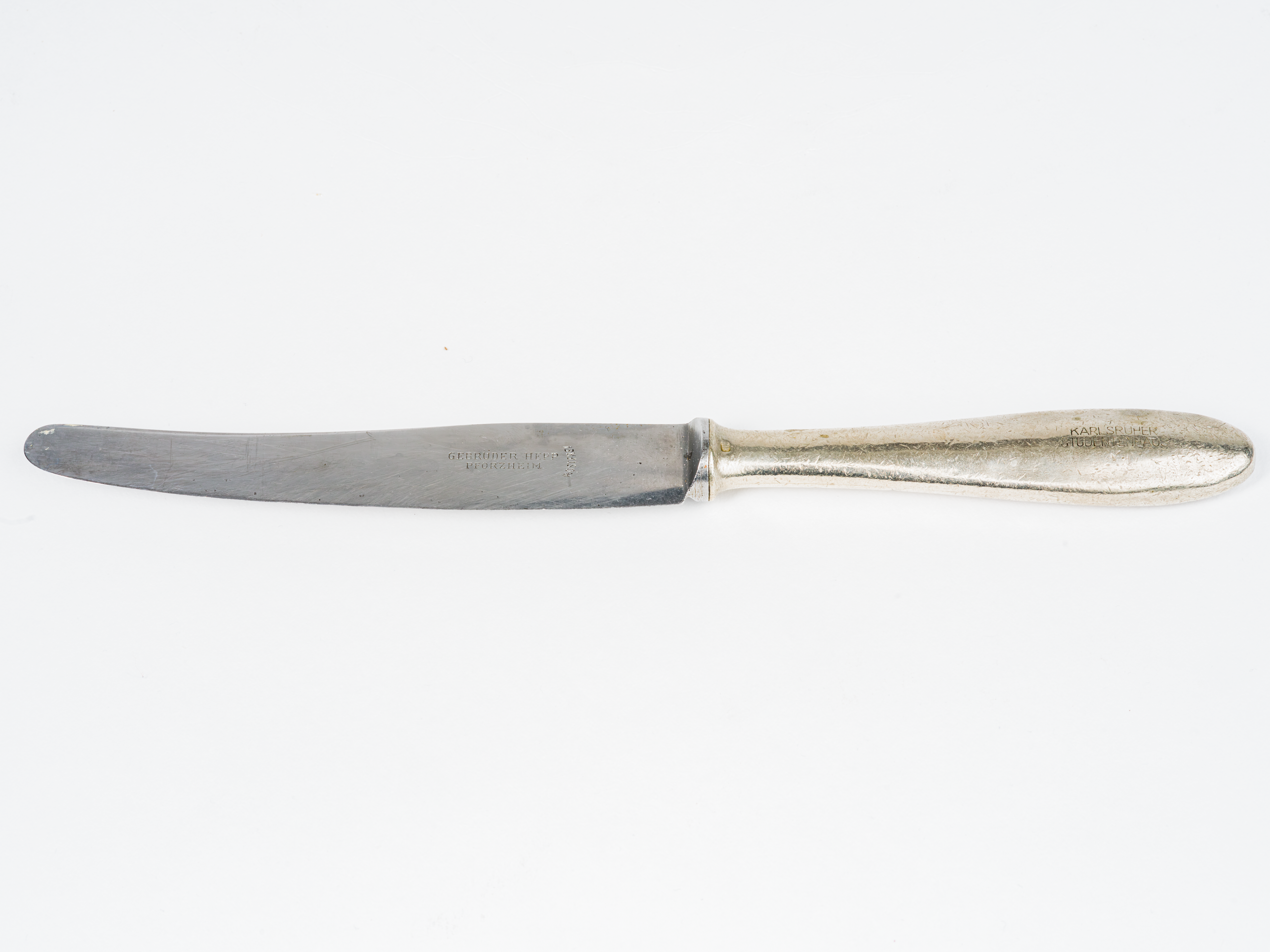

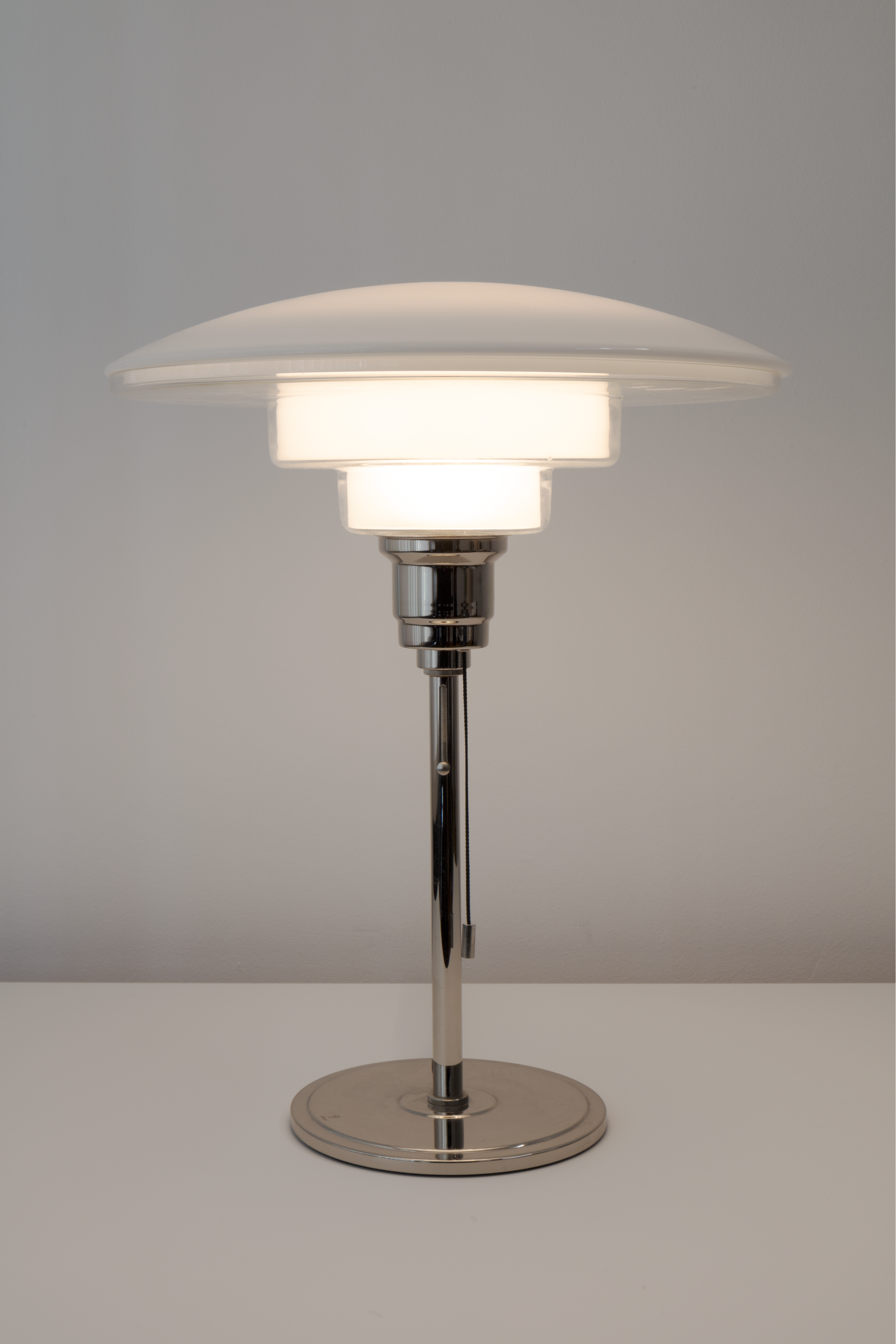
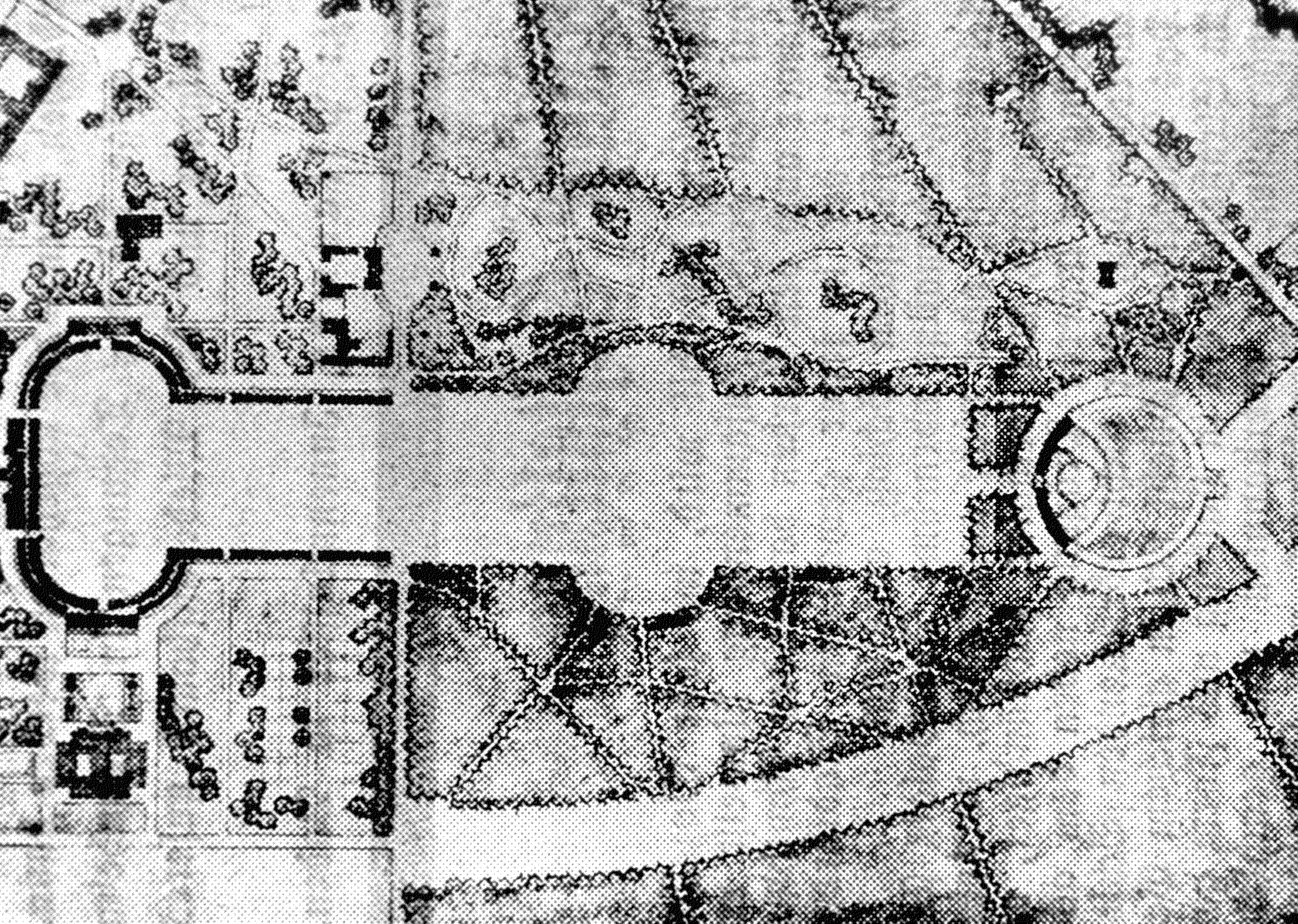

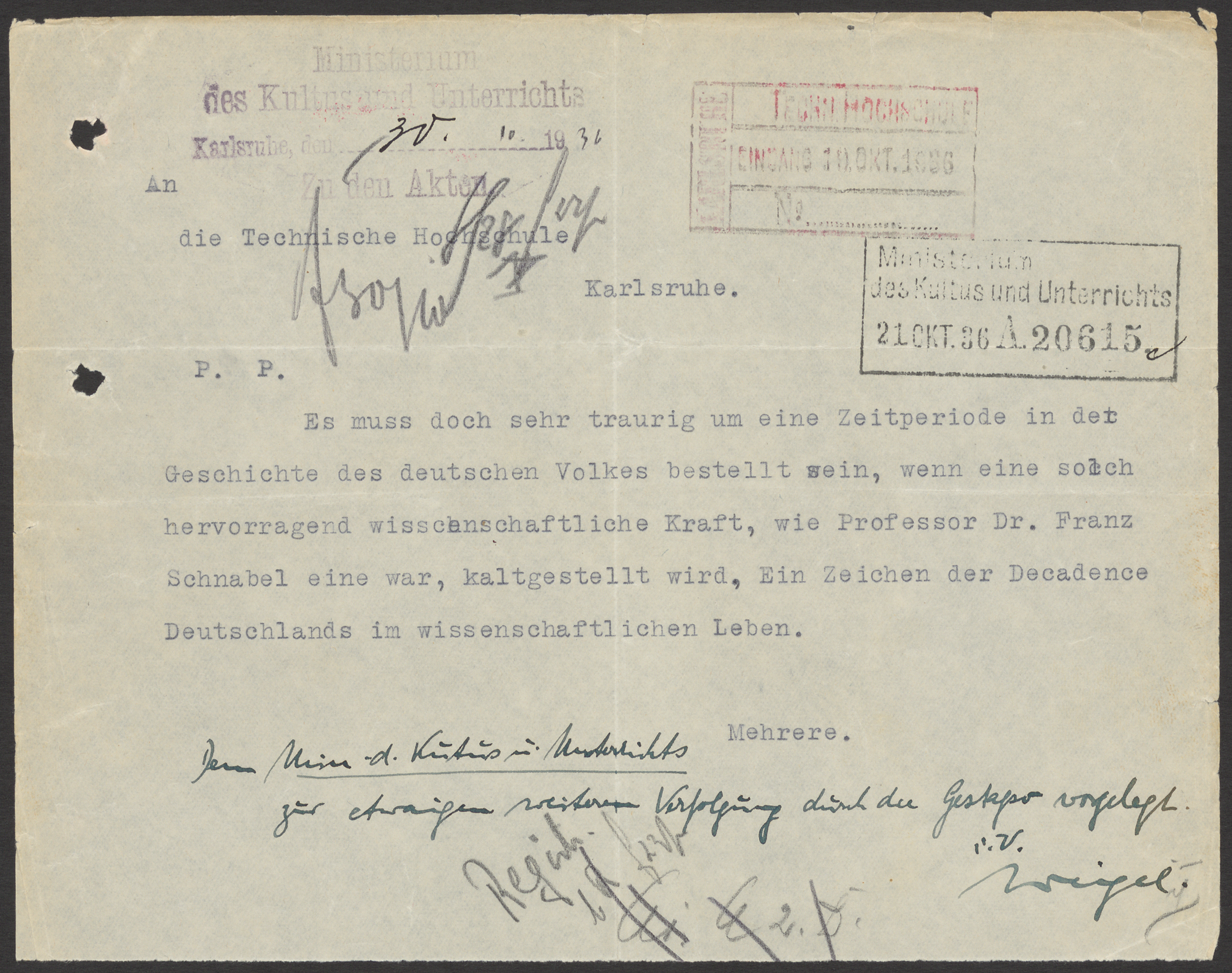

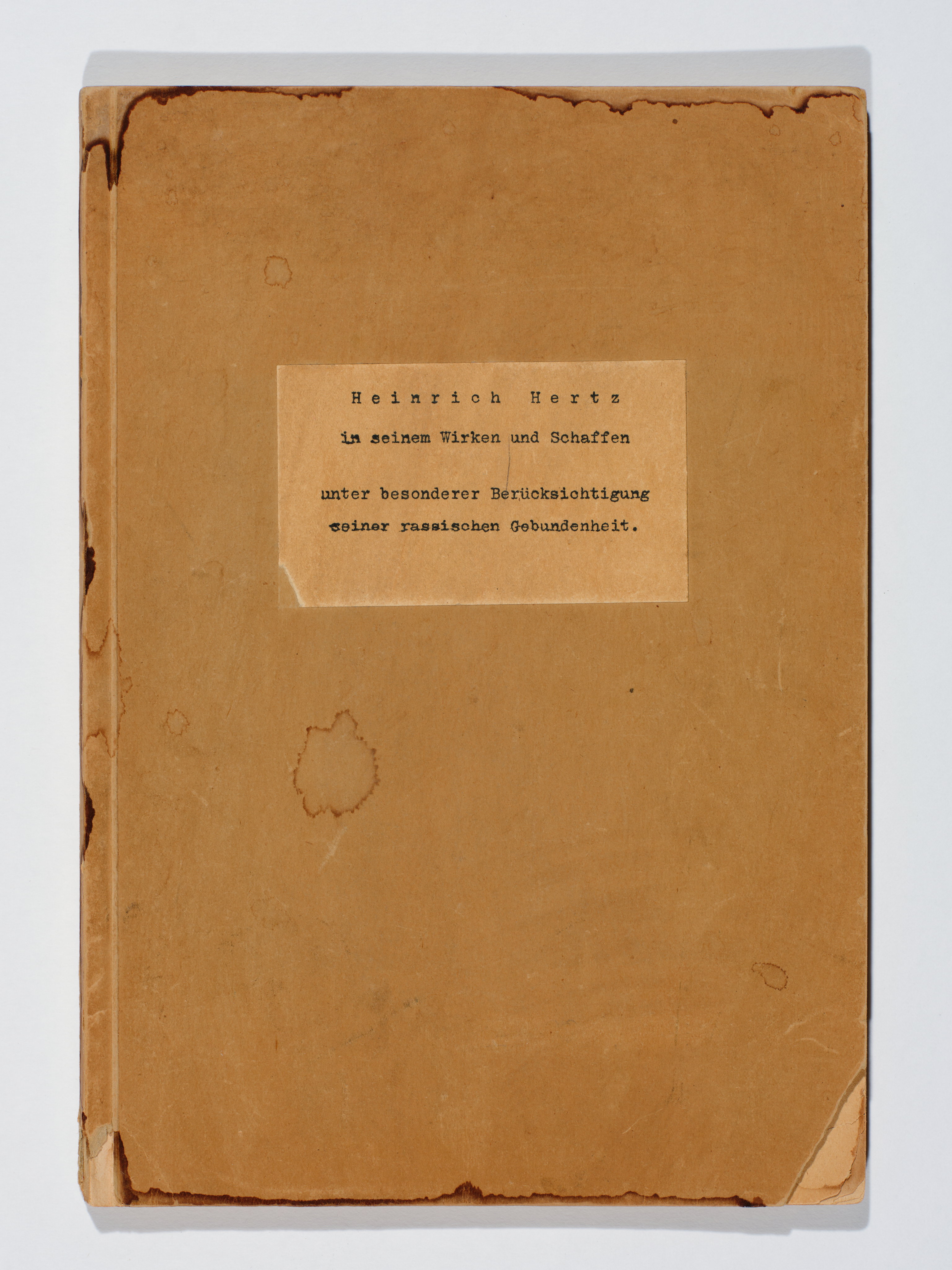
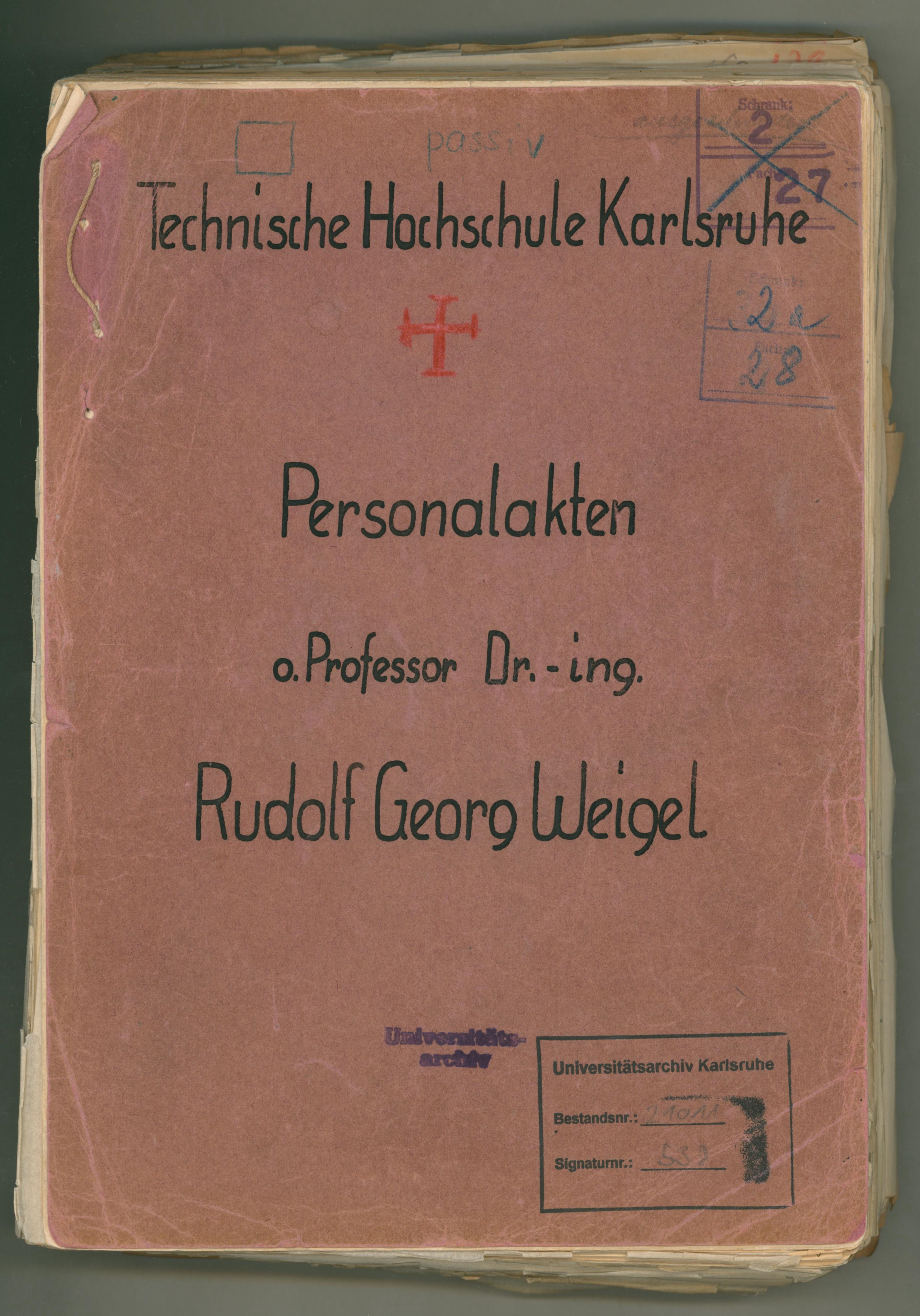

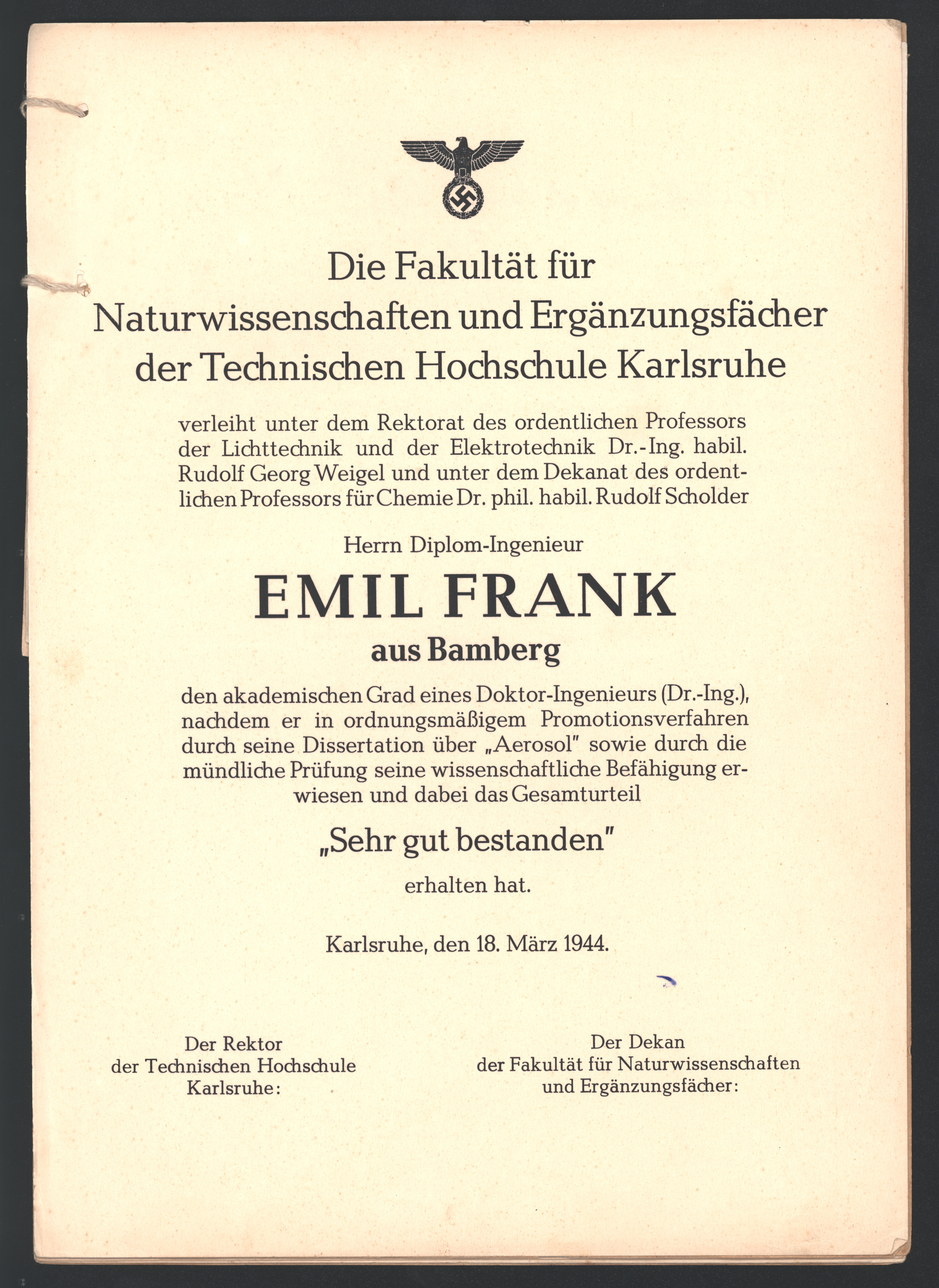
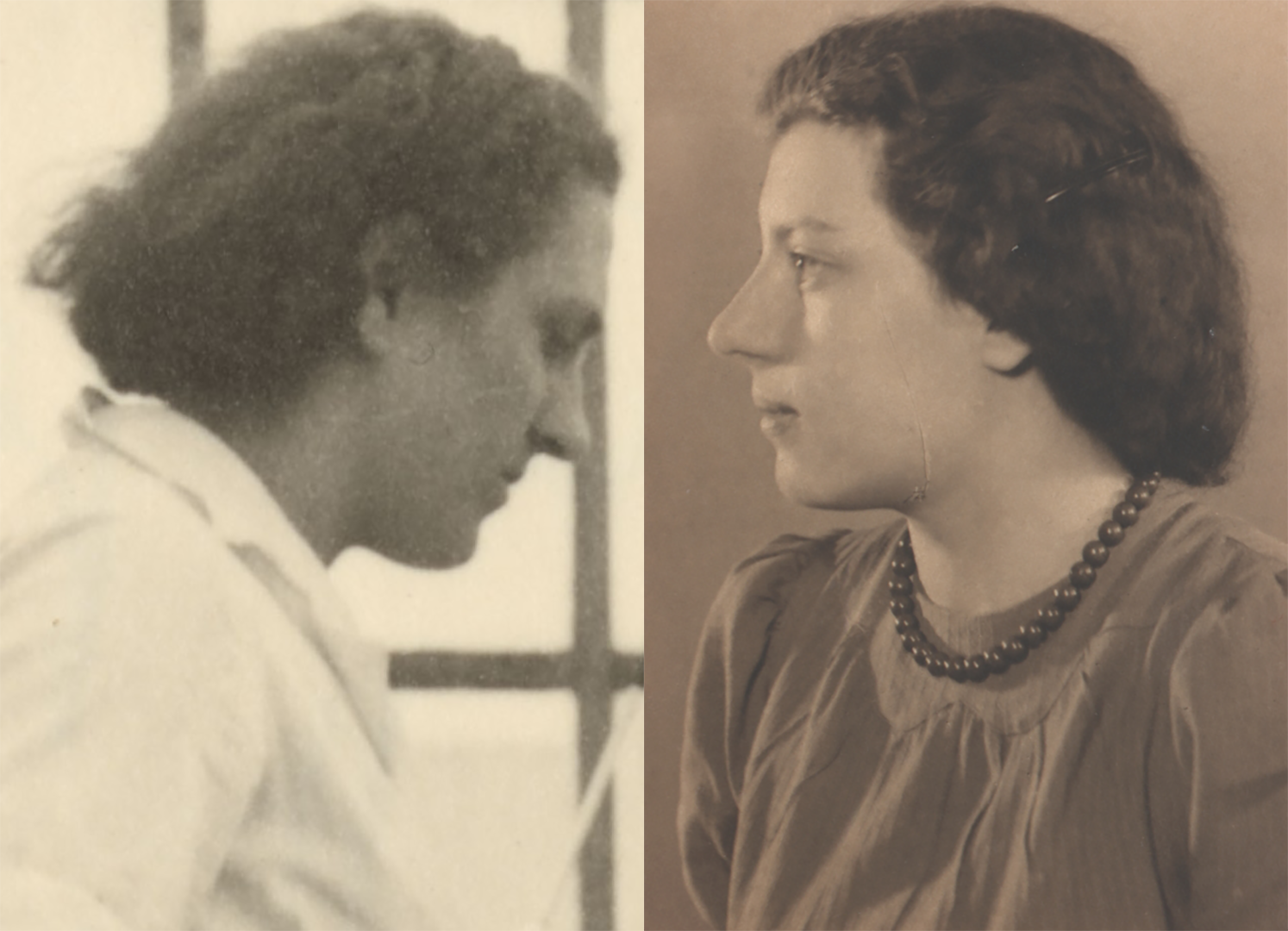
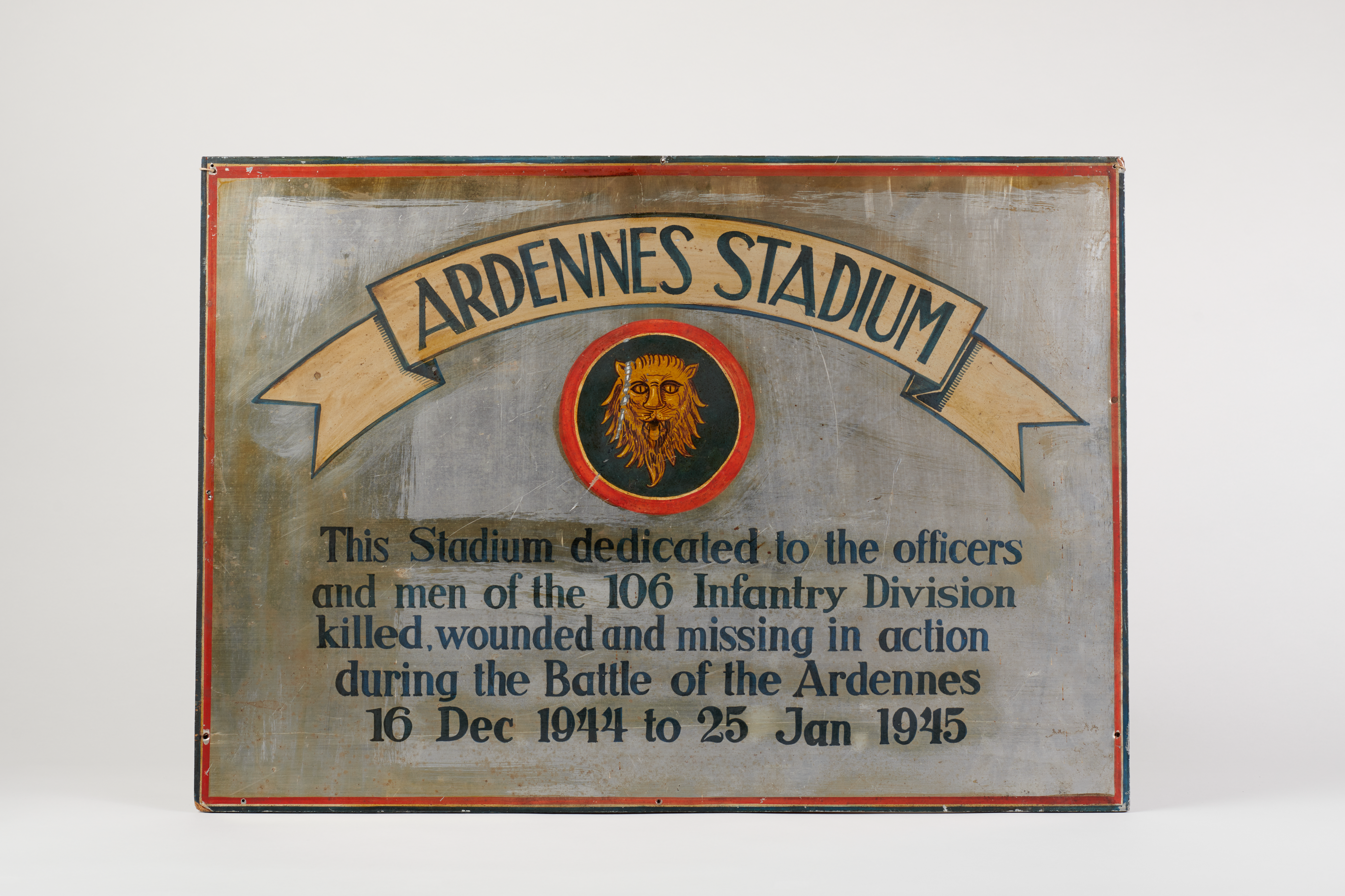
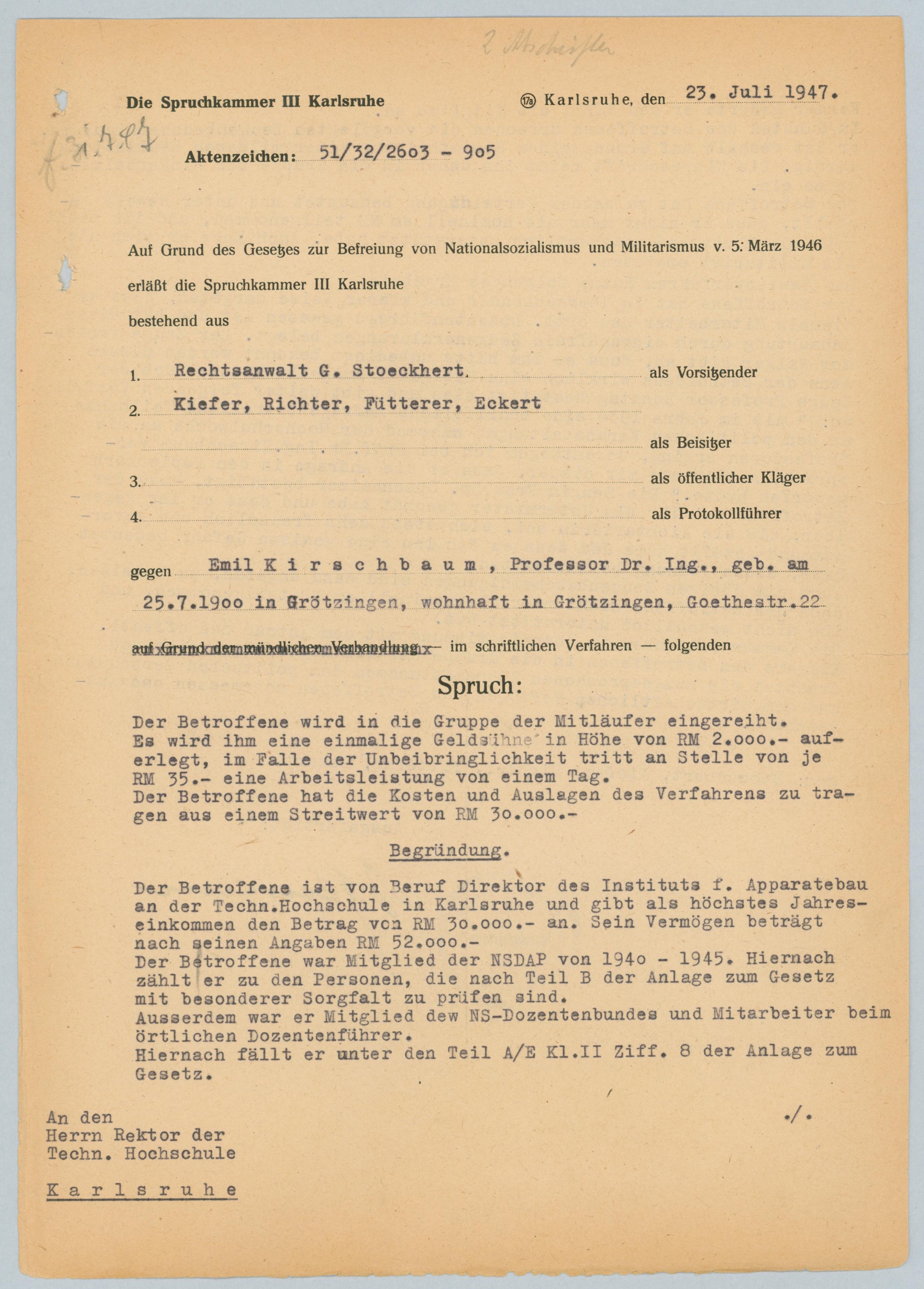

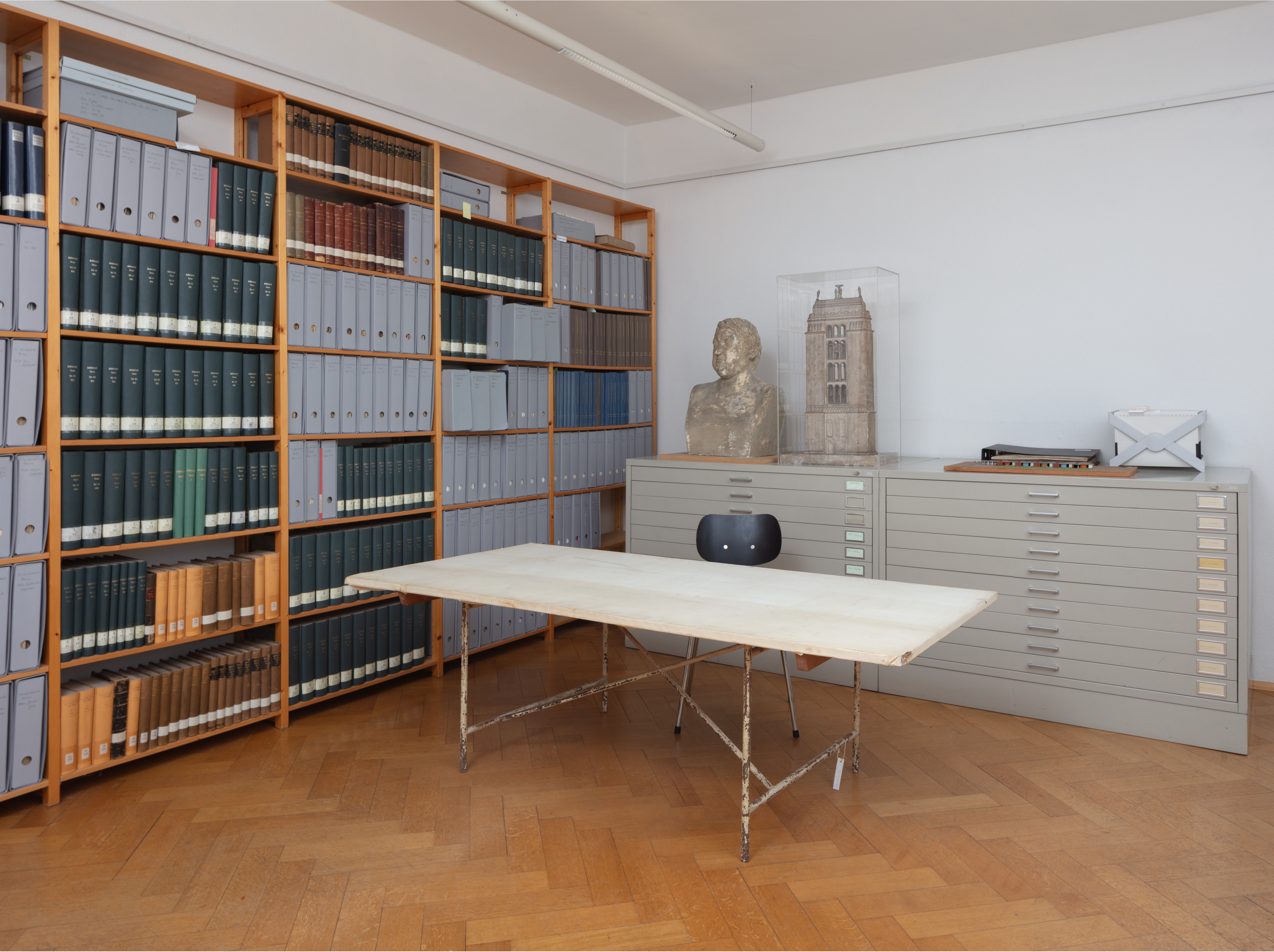
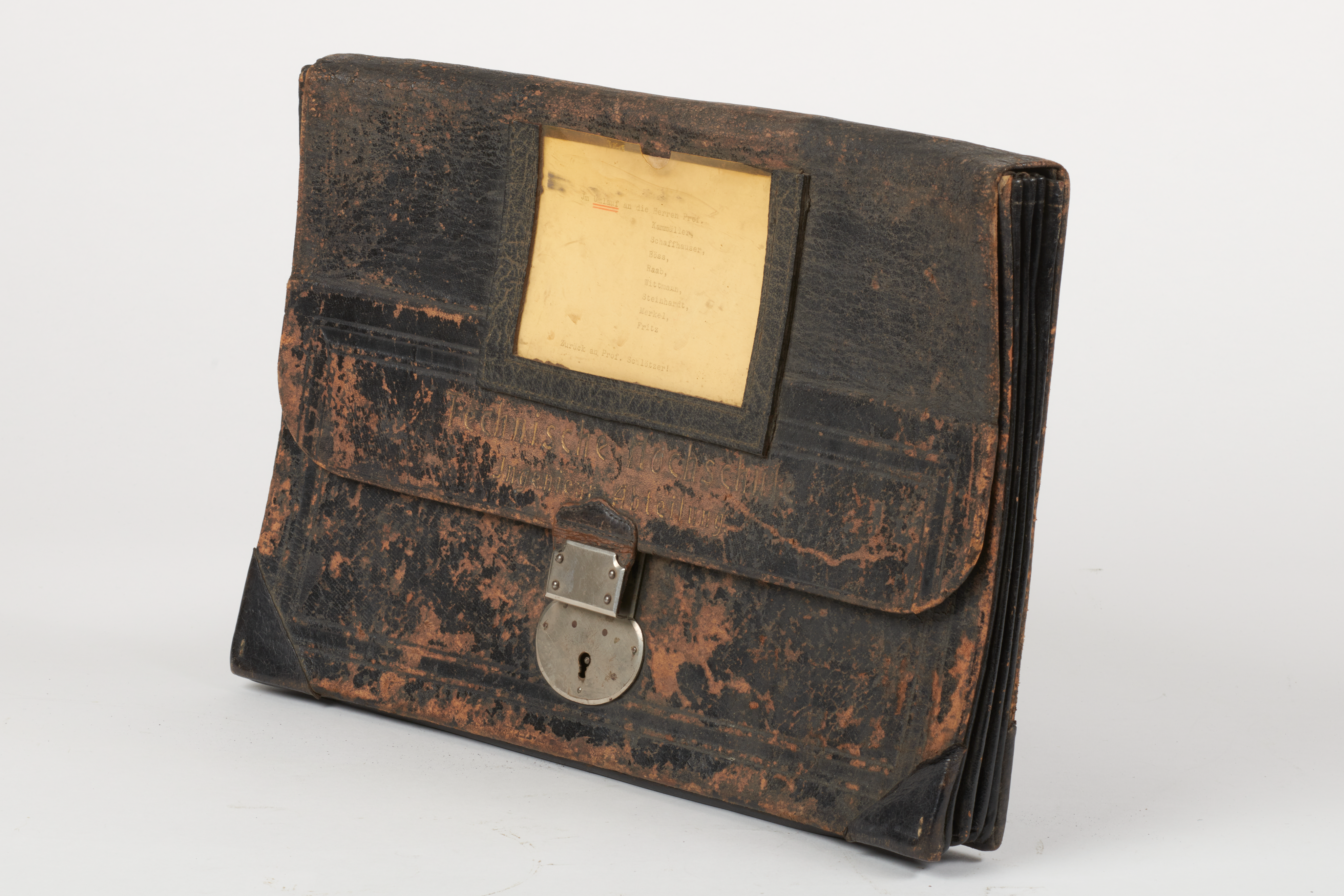
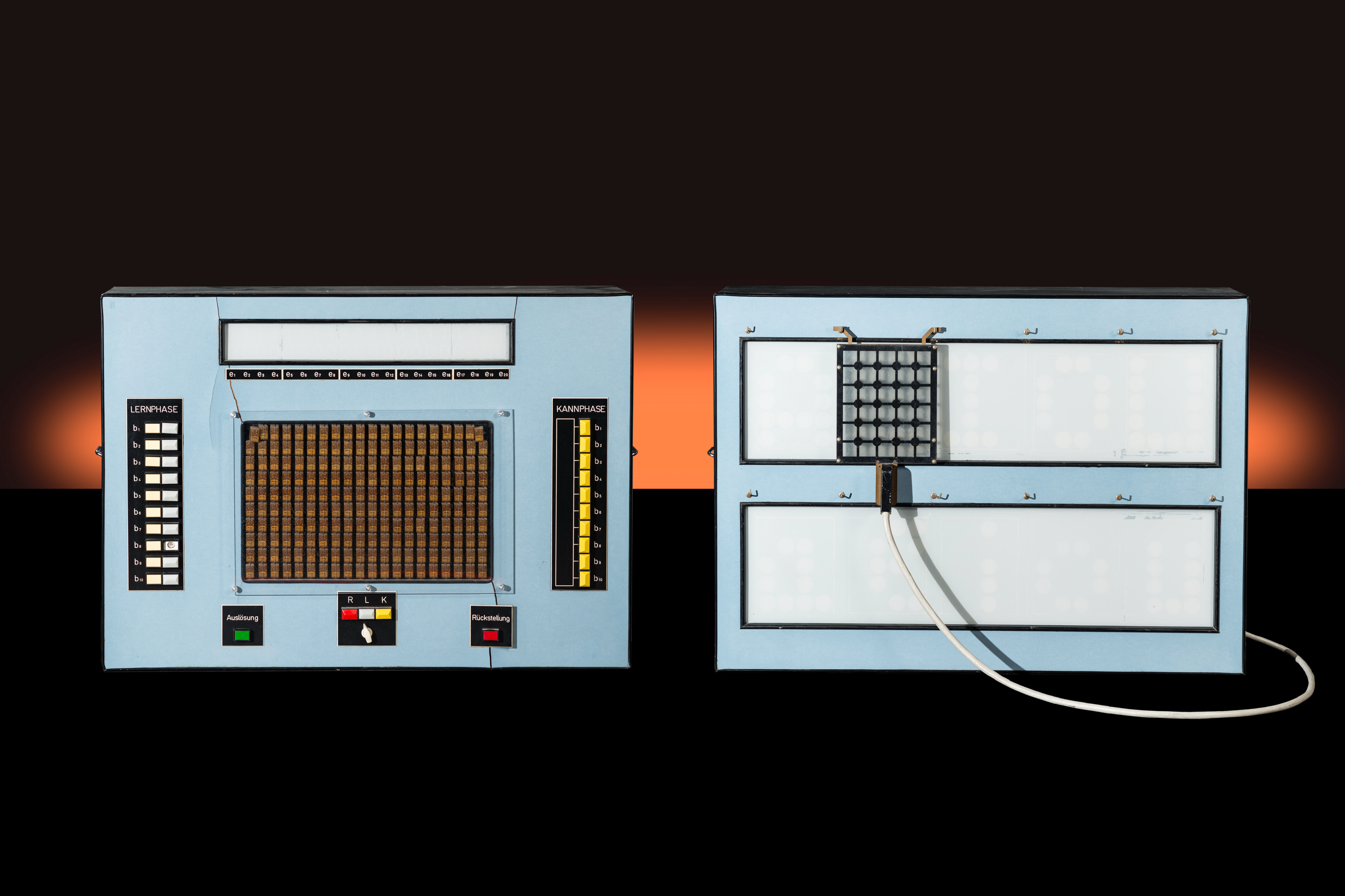
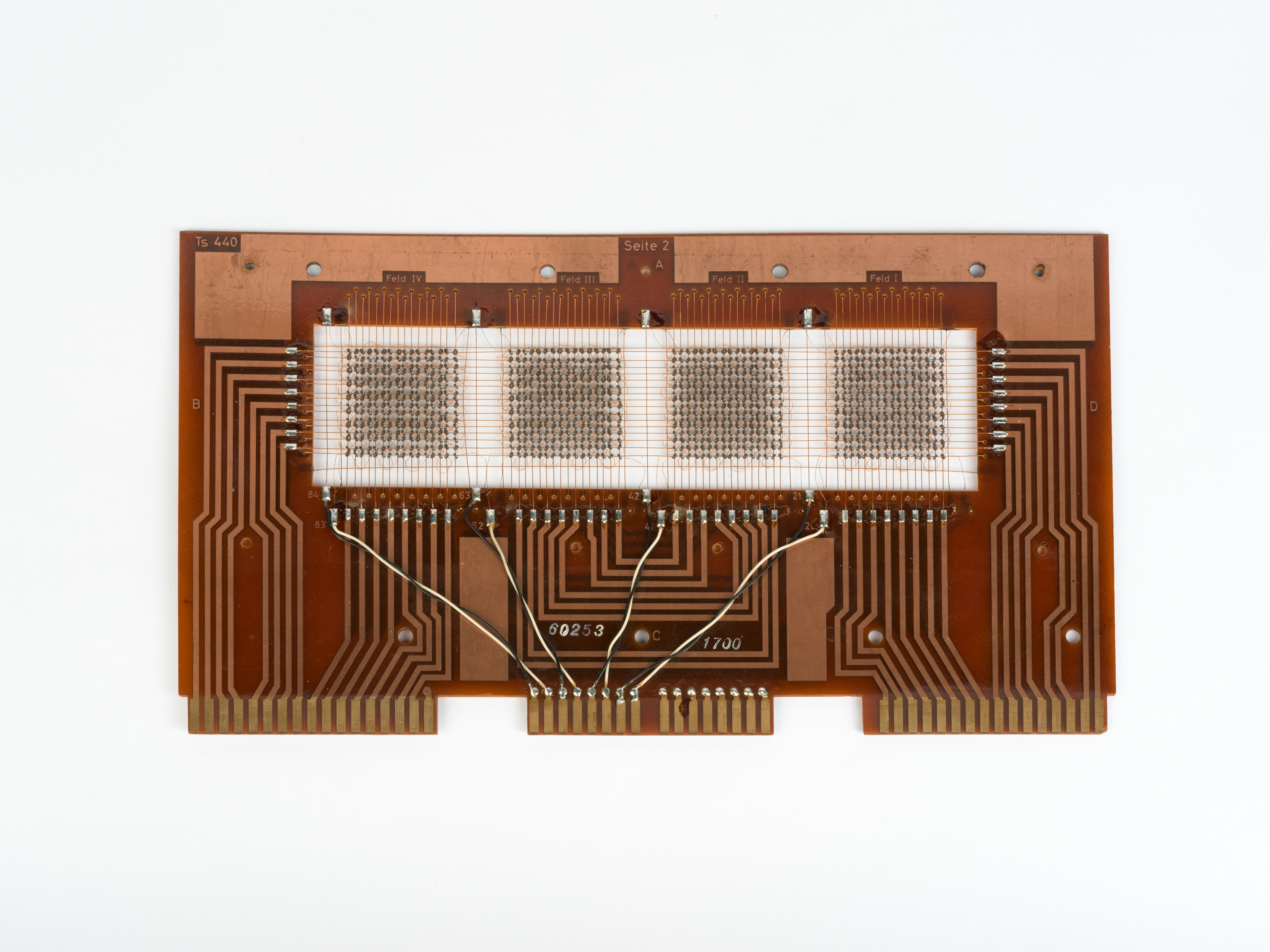

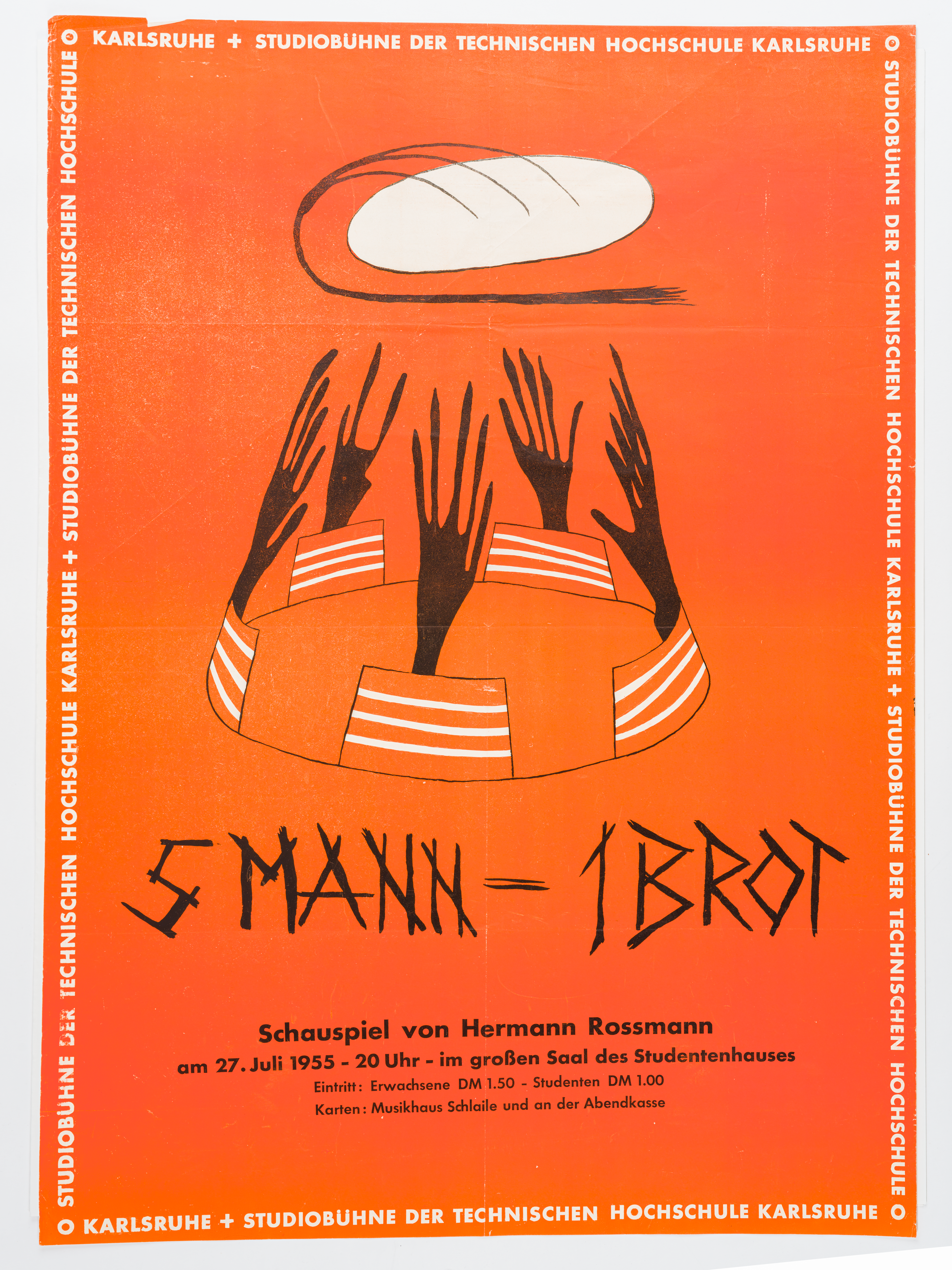

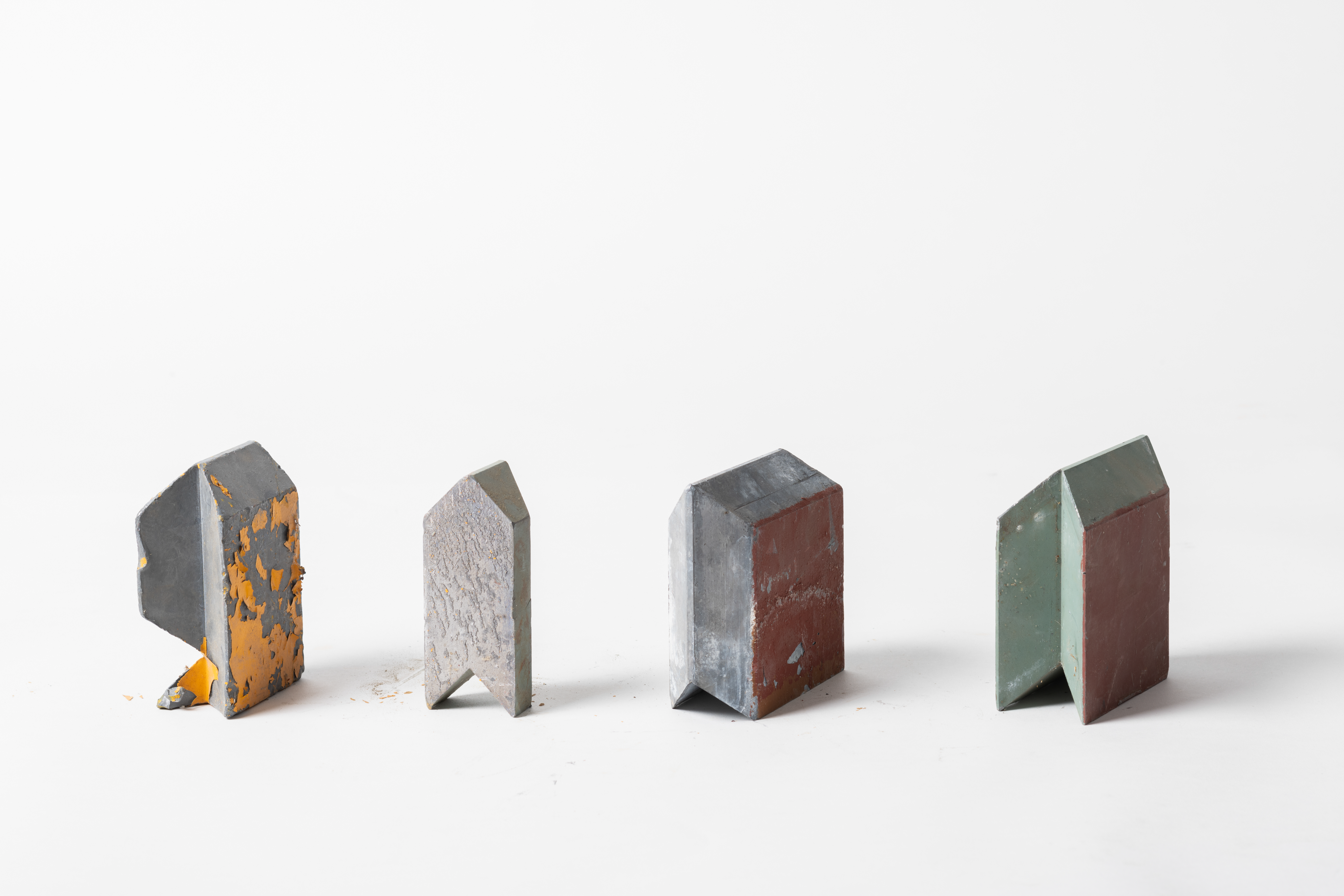
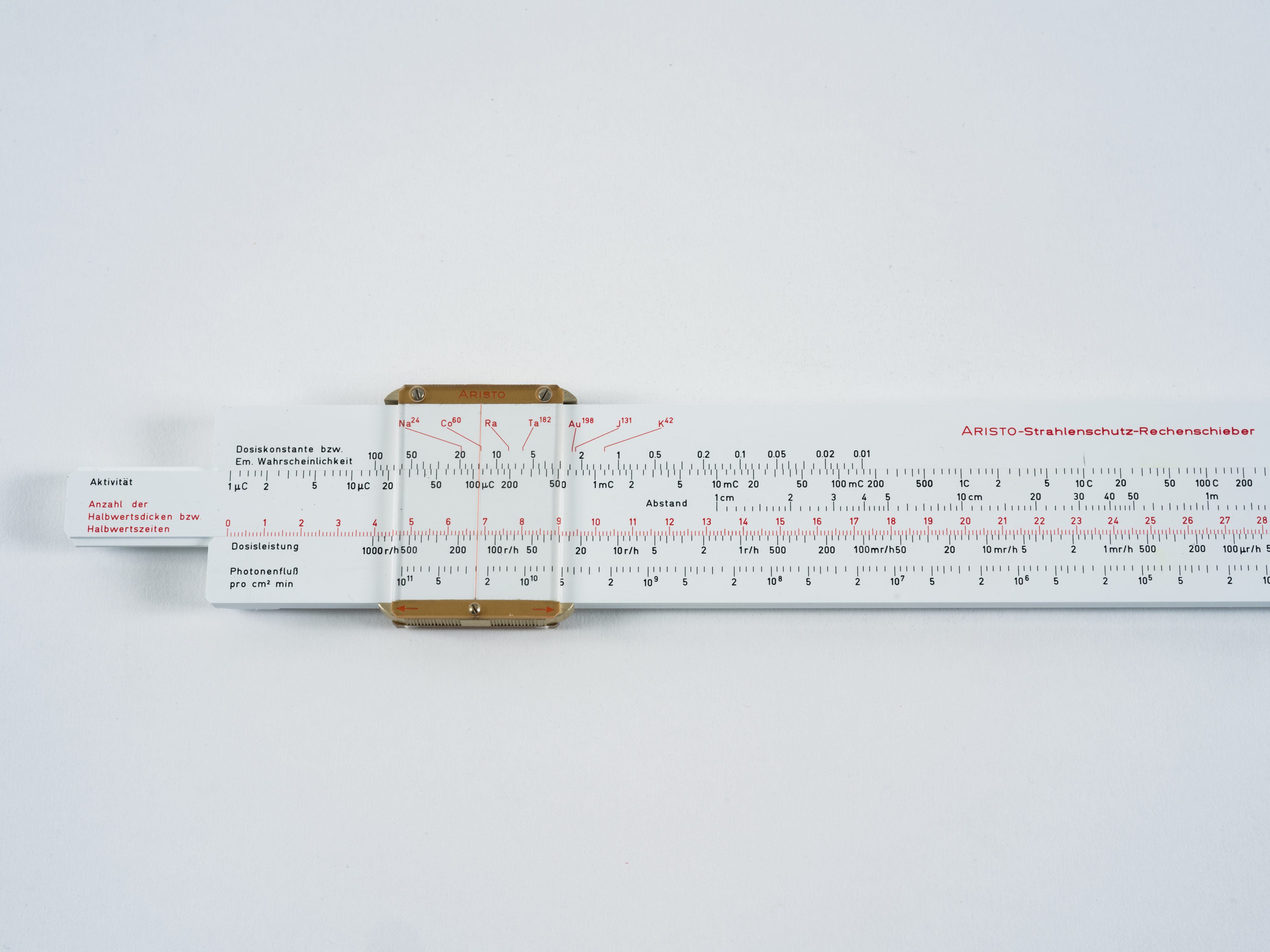
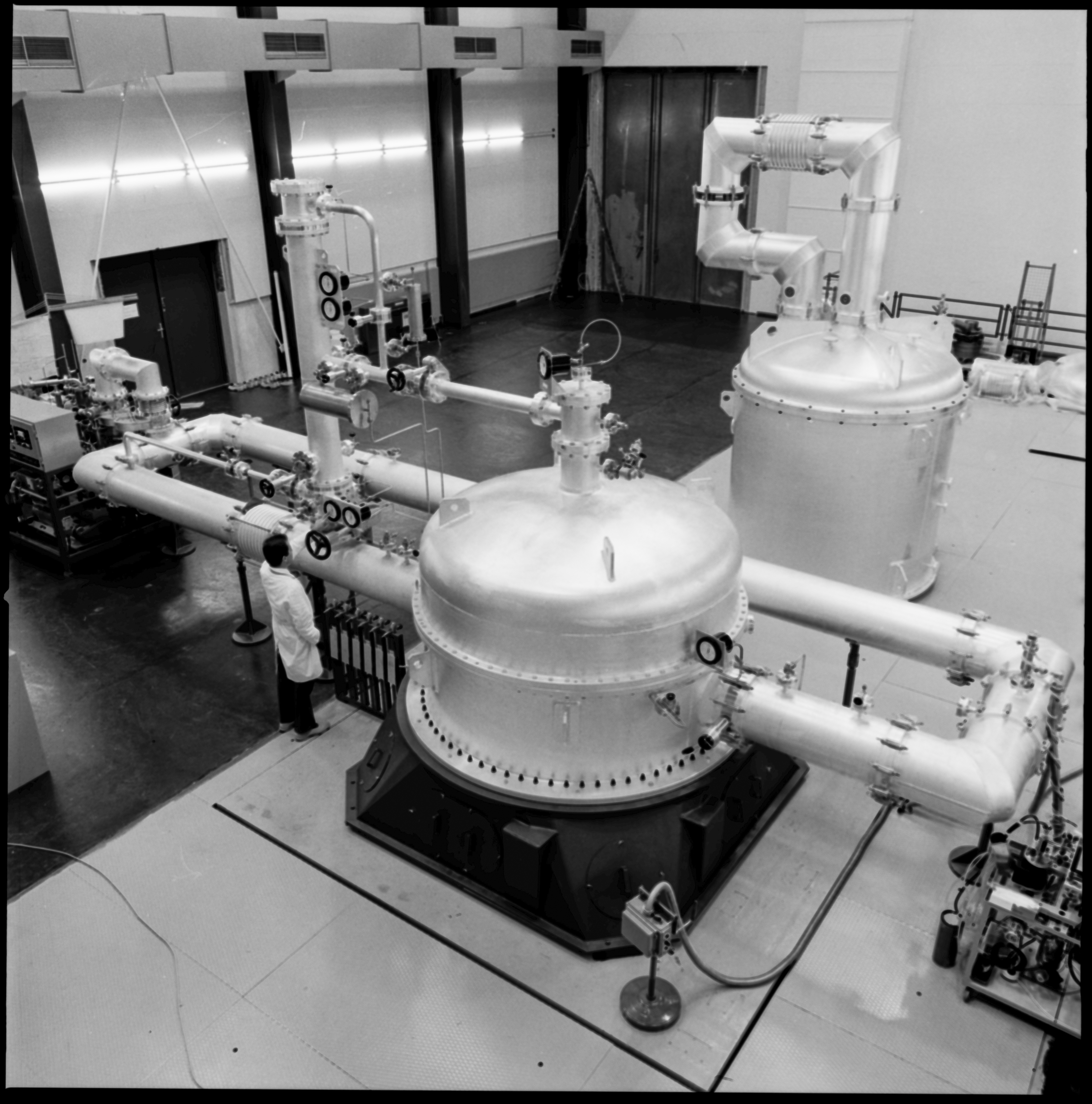
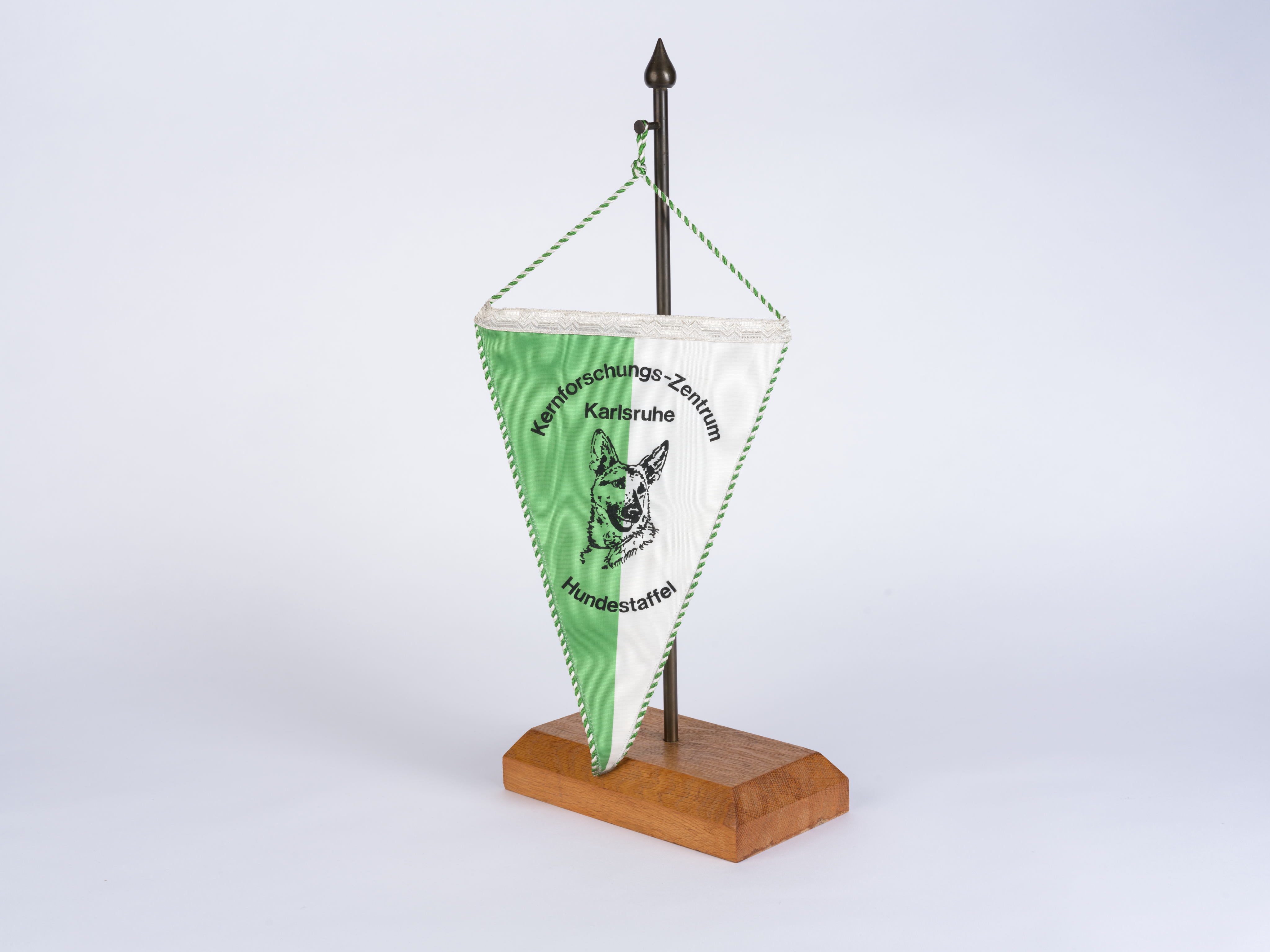




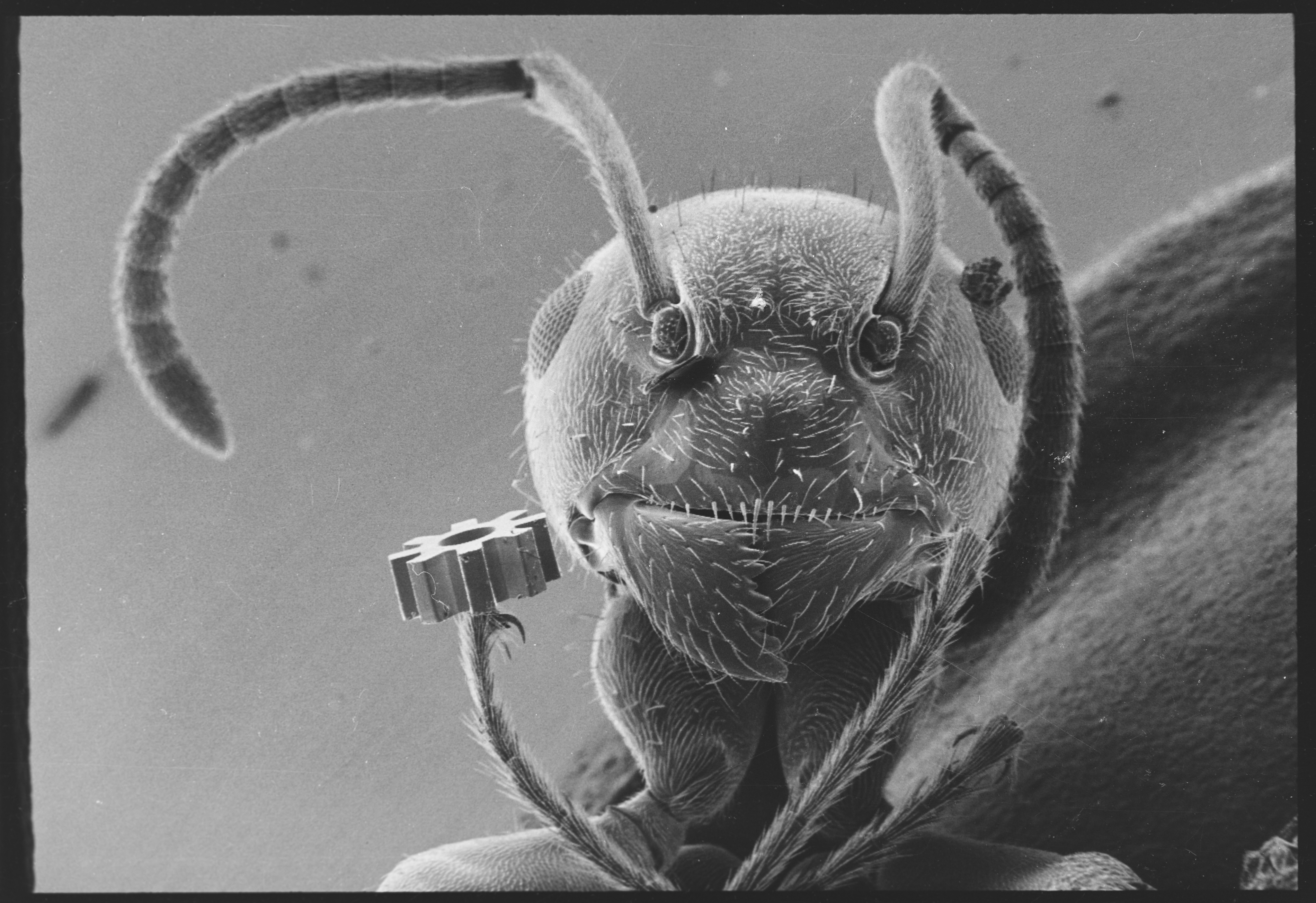
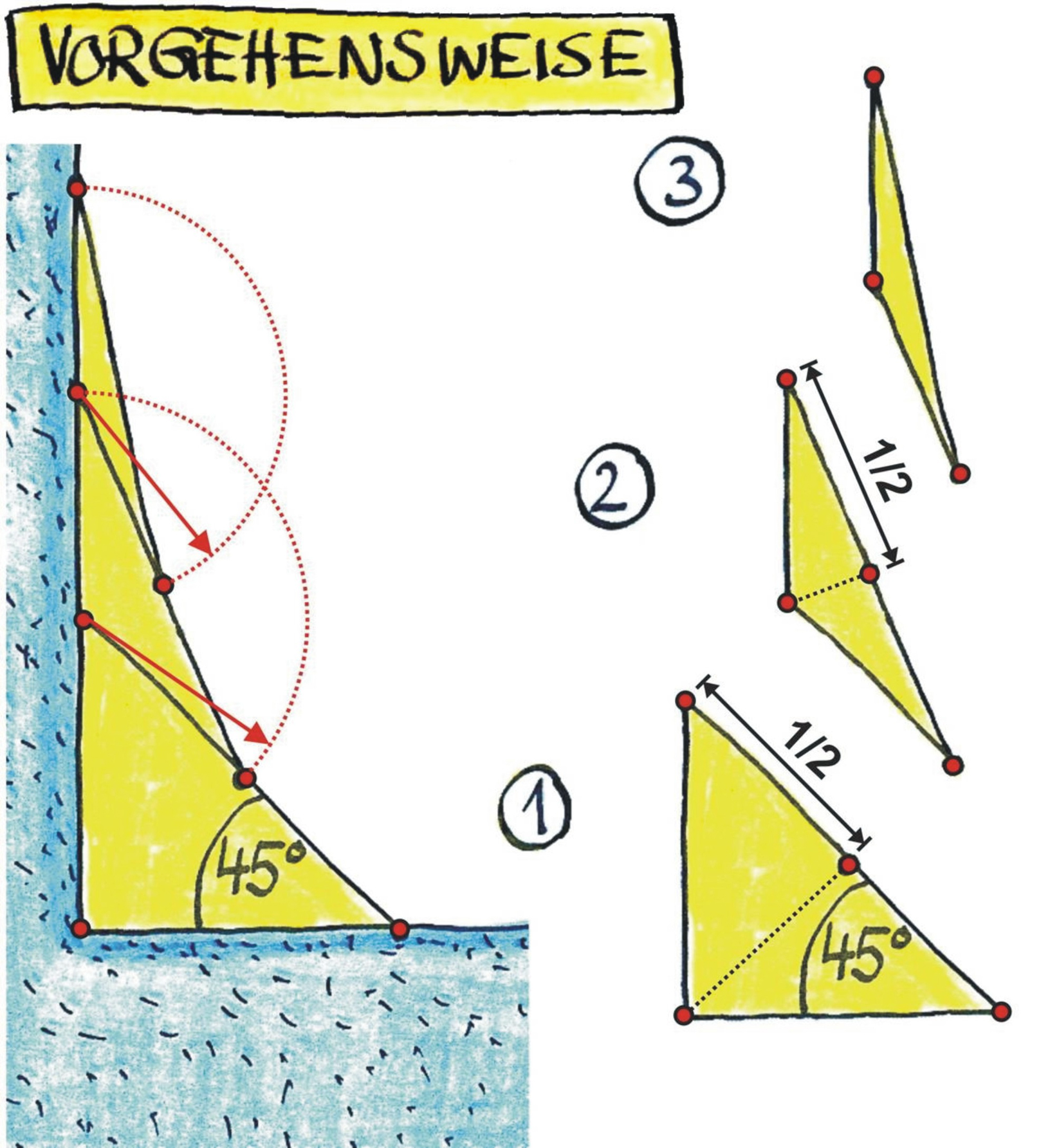
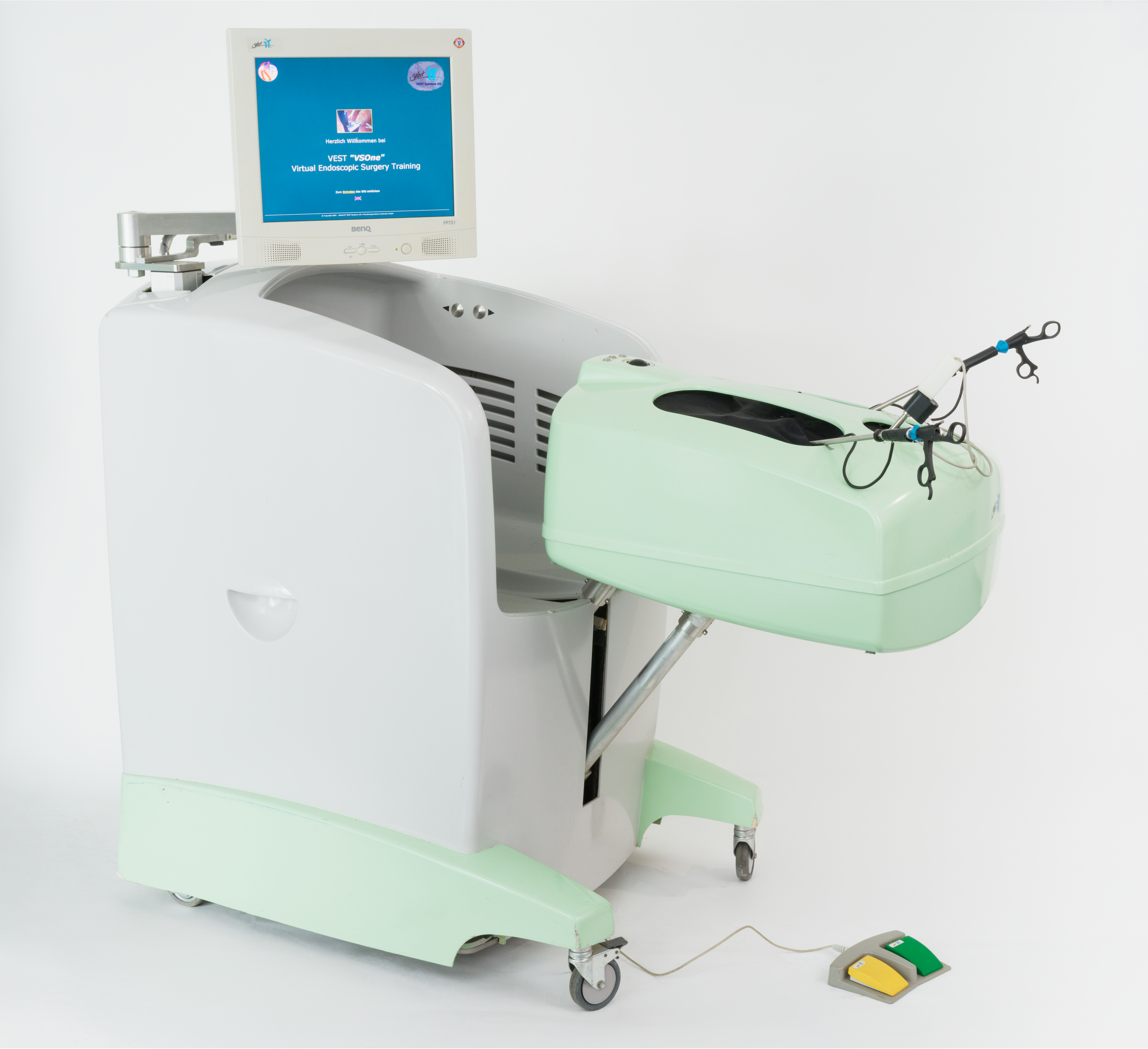
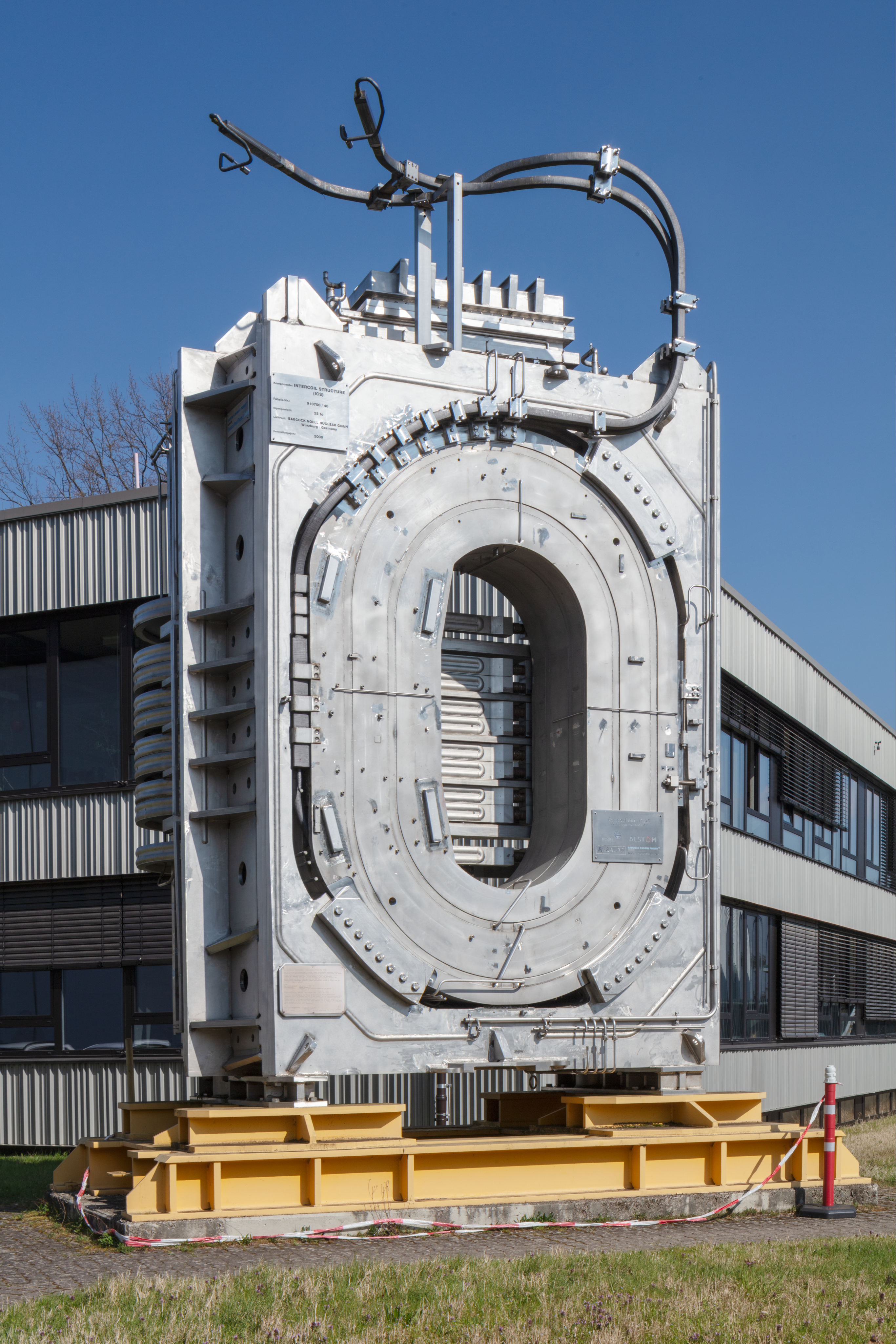
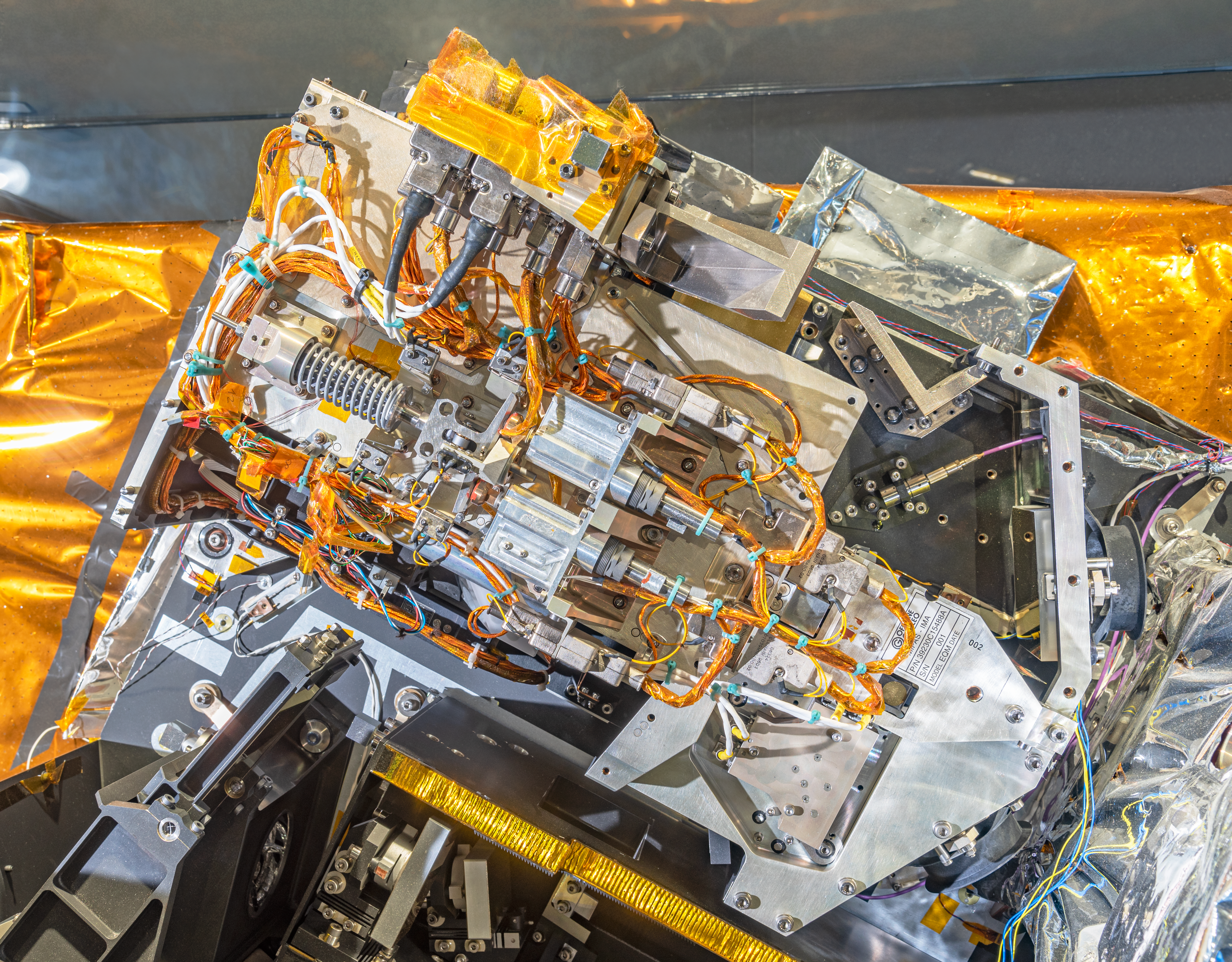
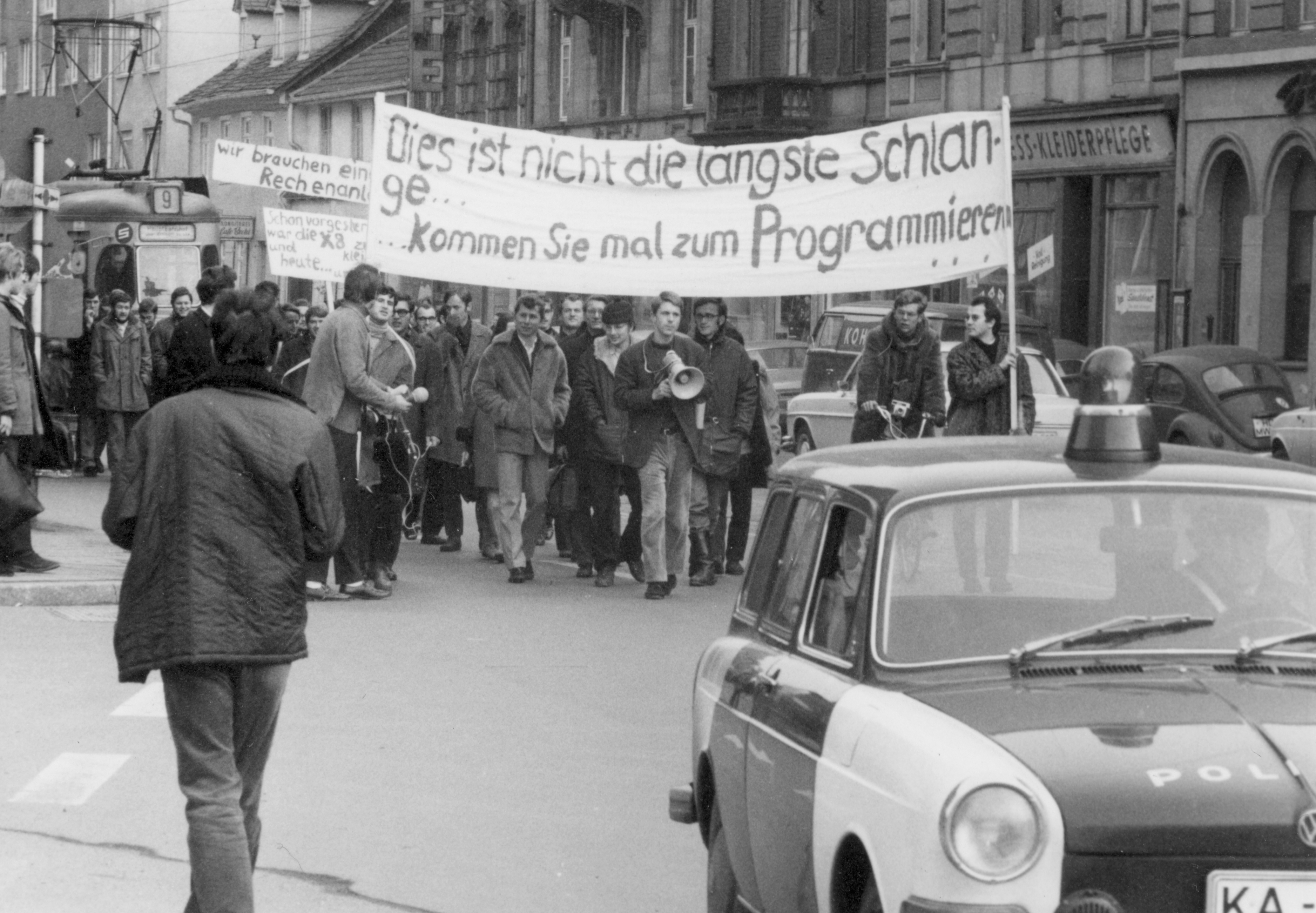

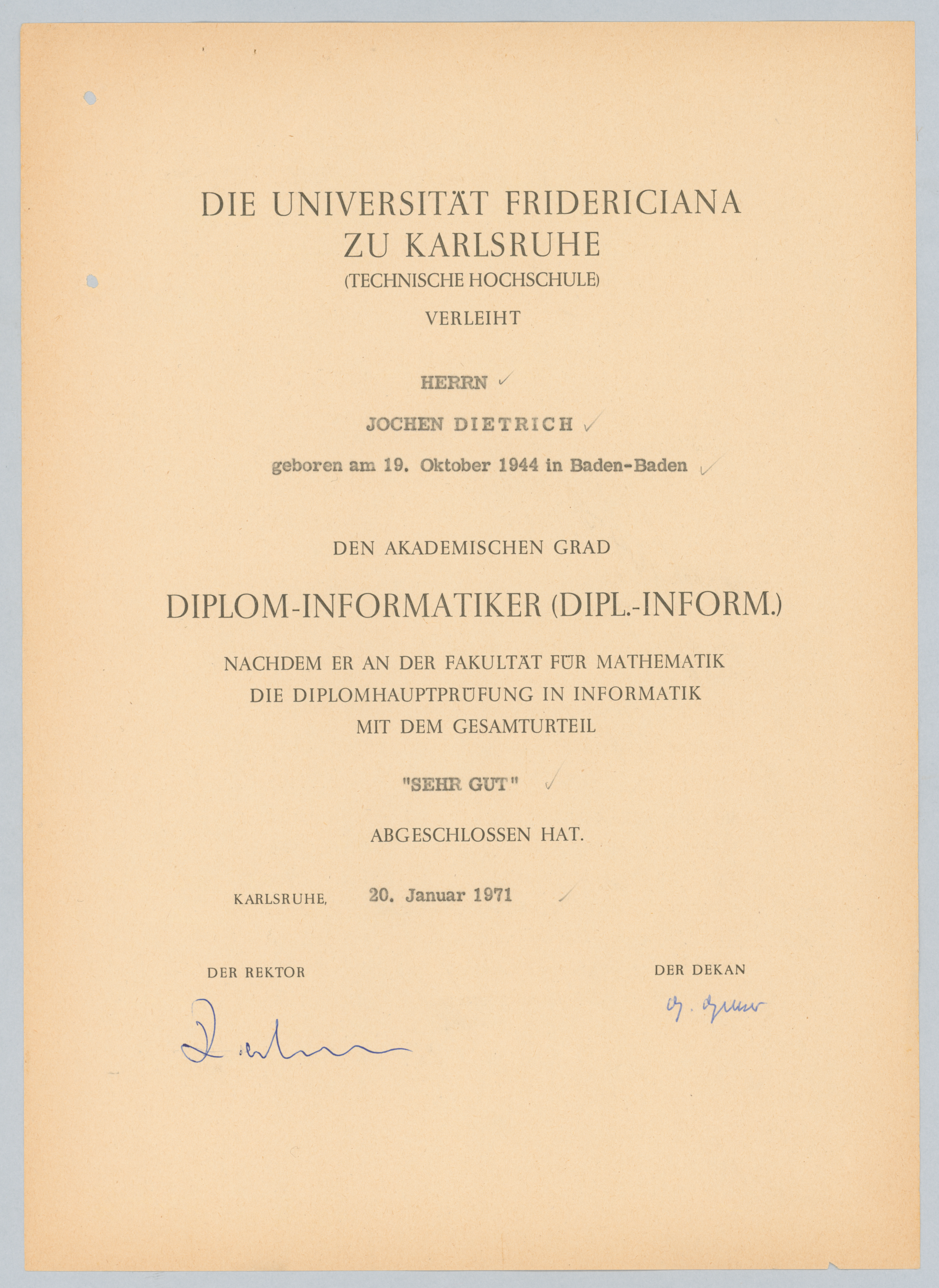

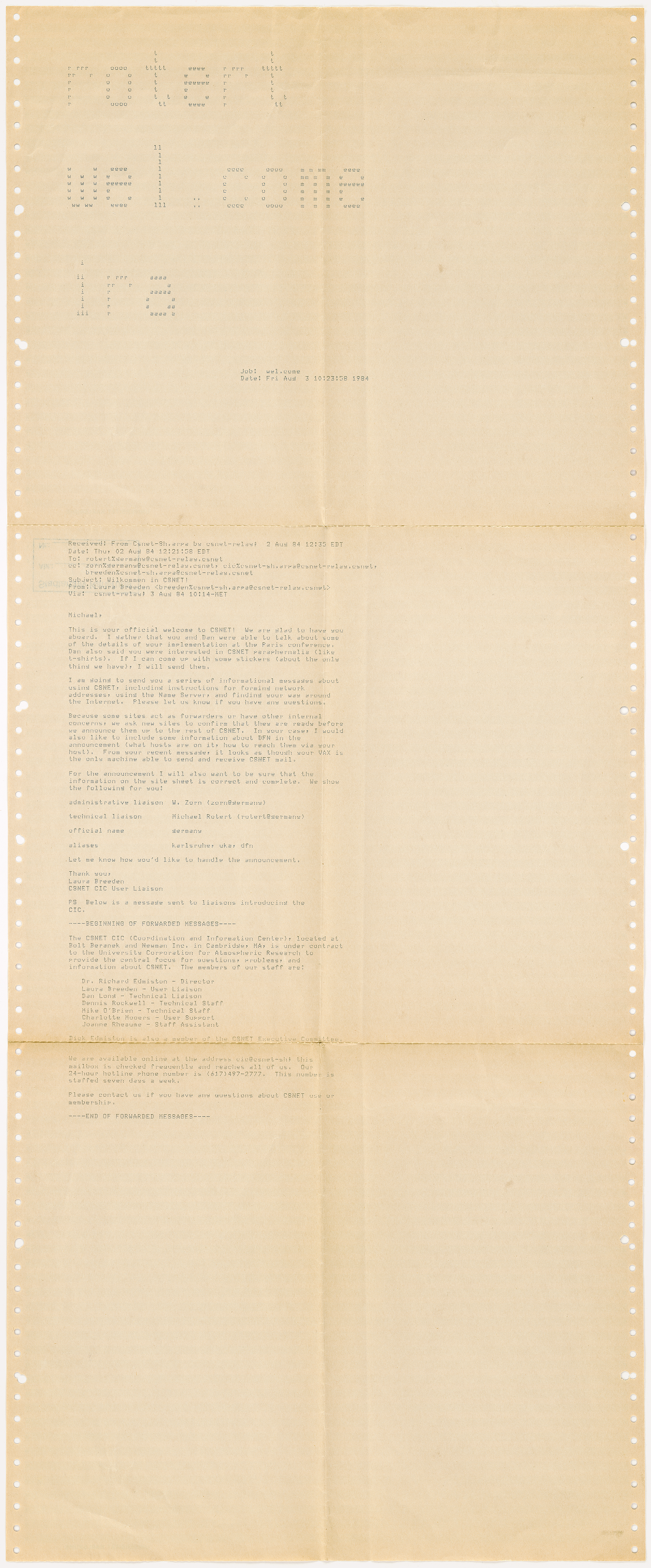
_00.CuwS_HPF.png)
